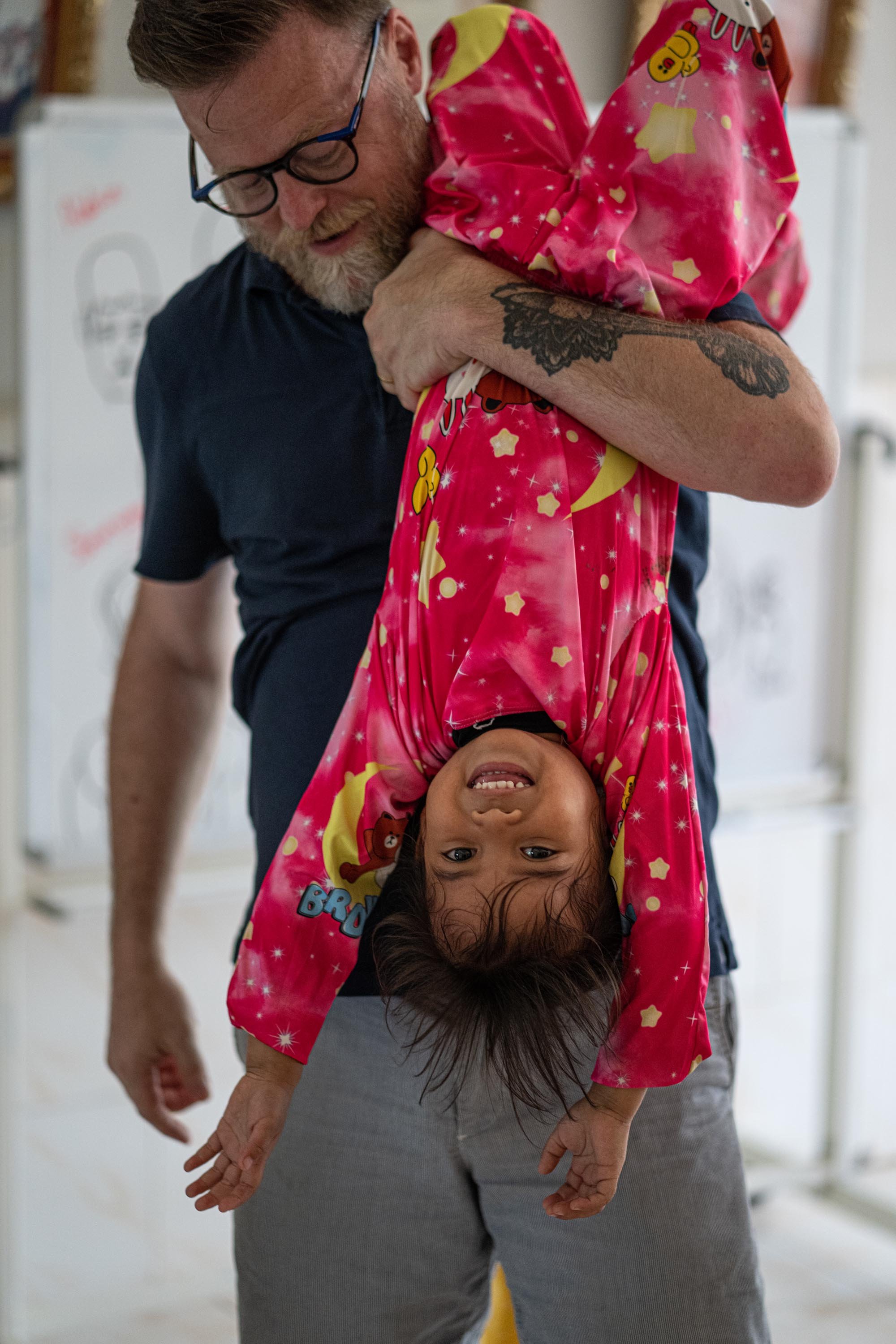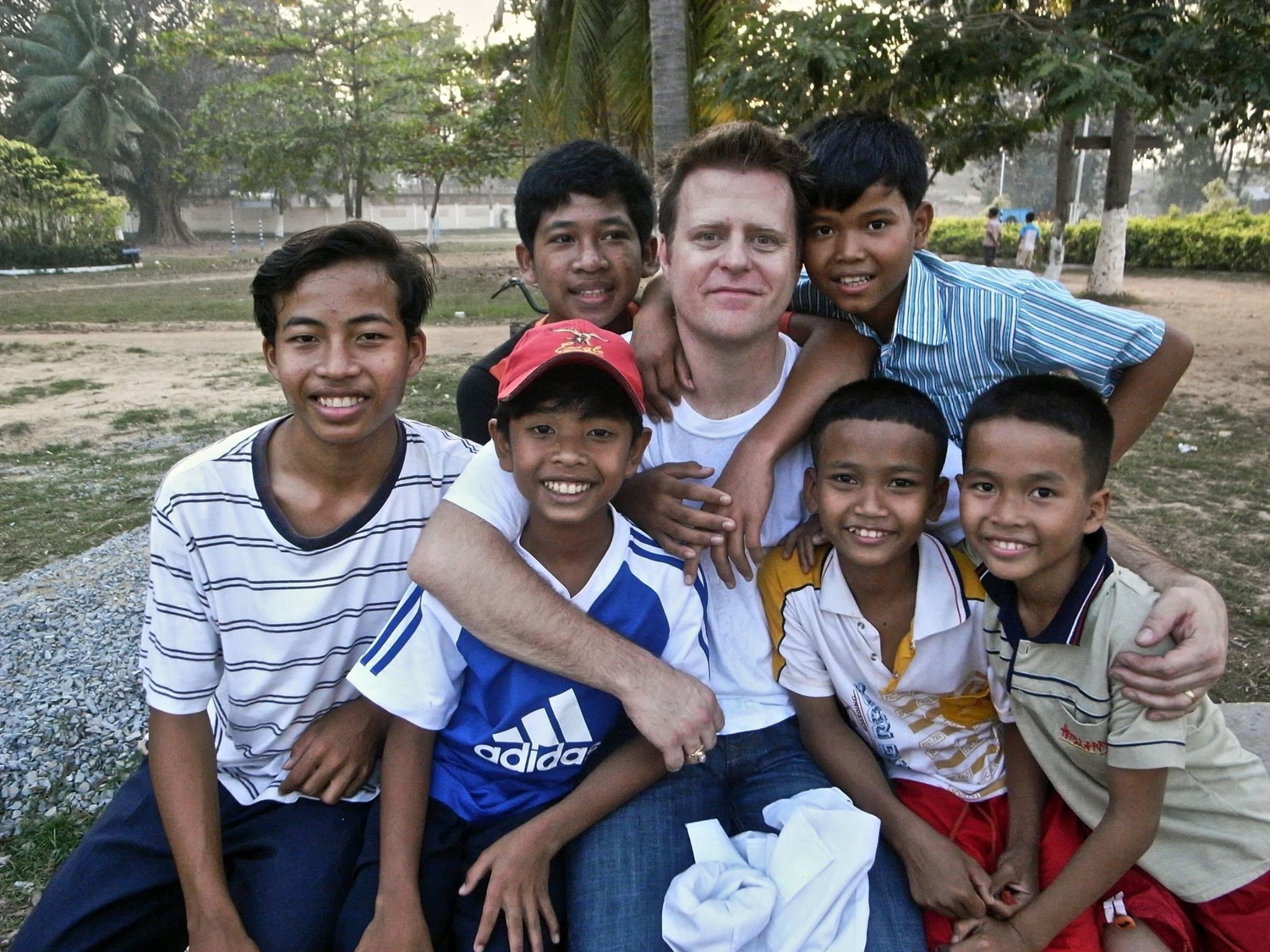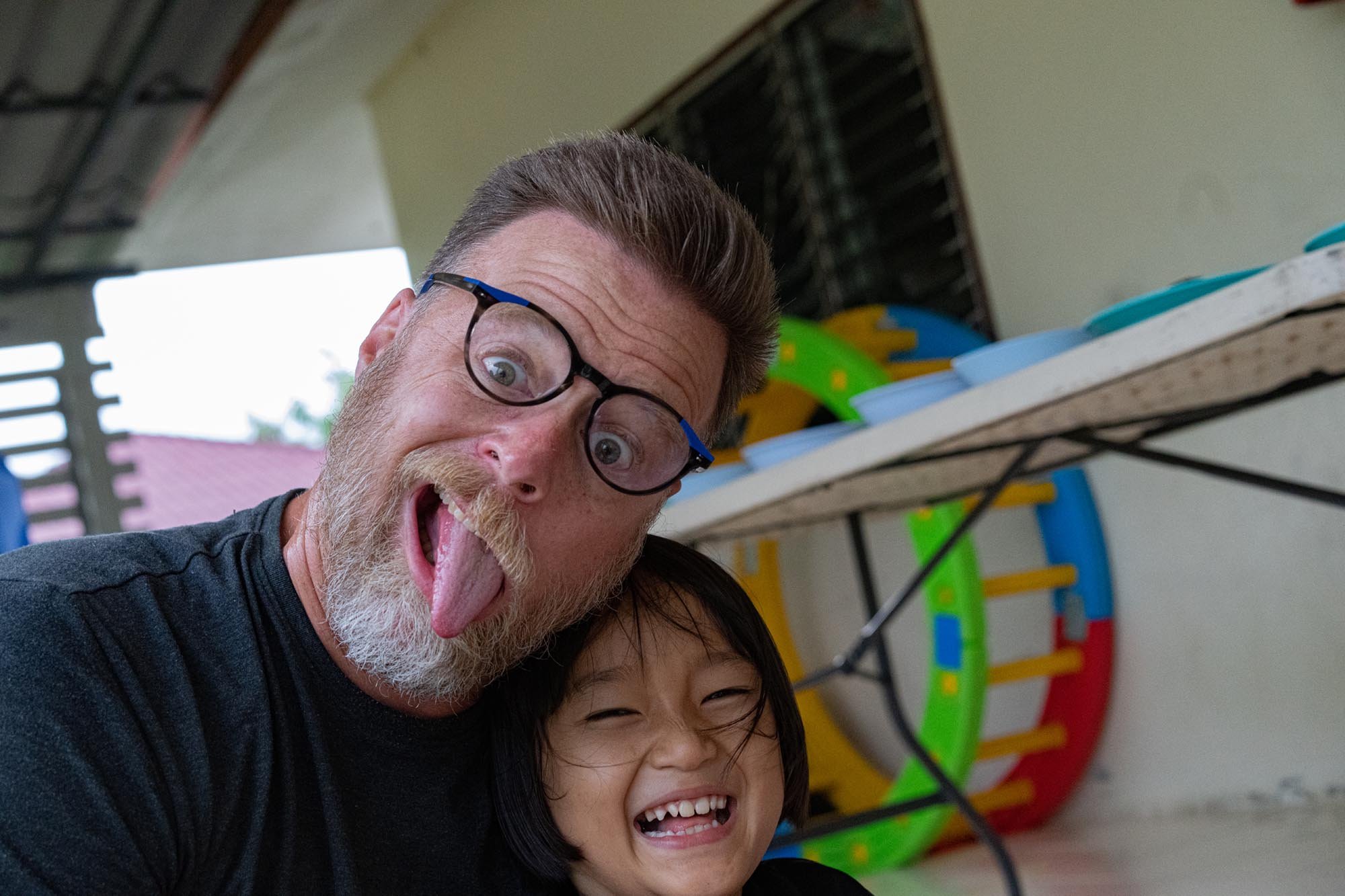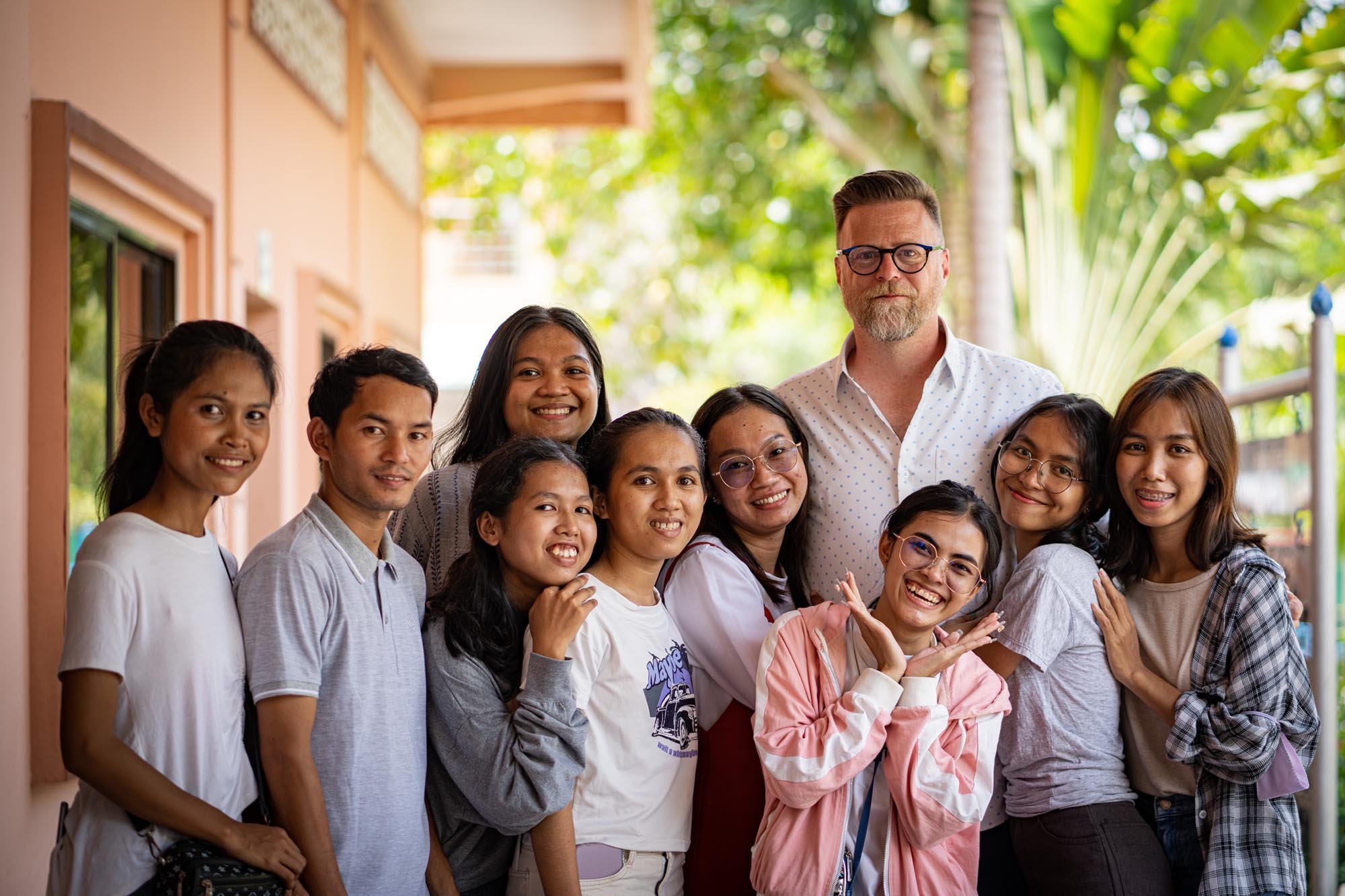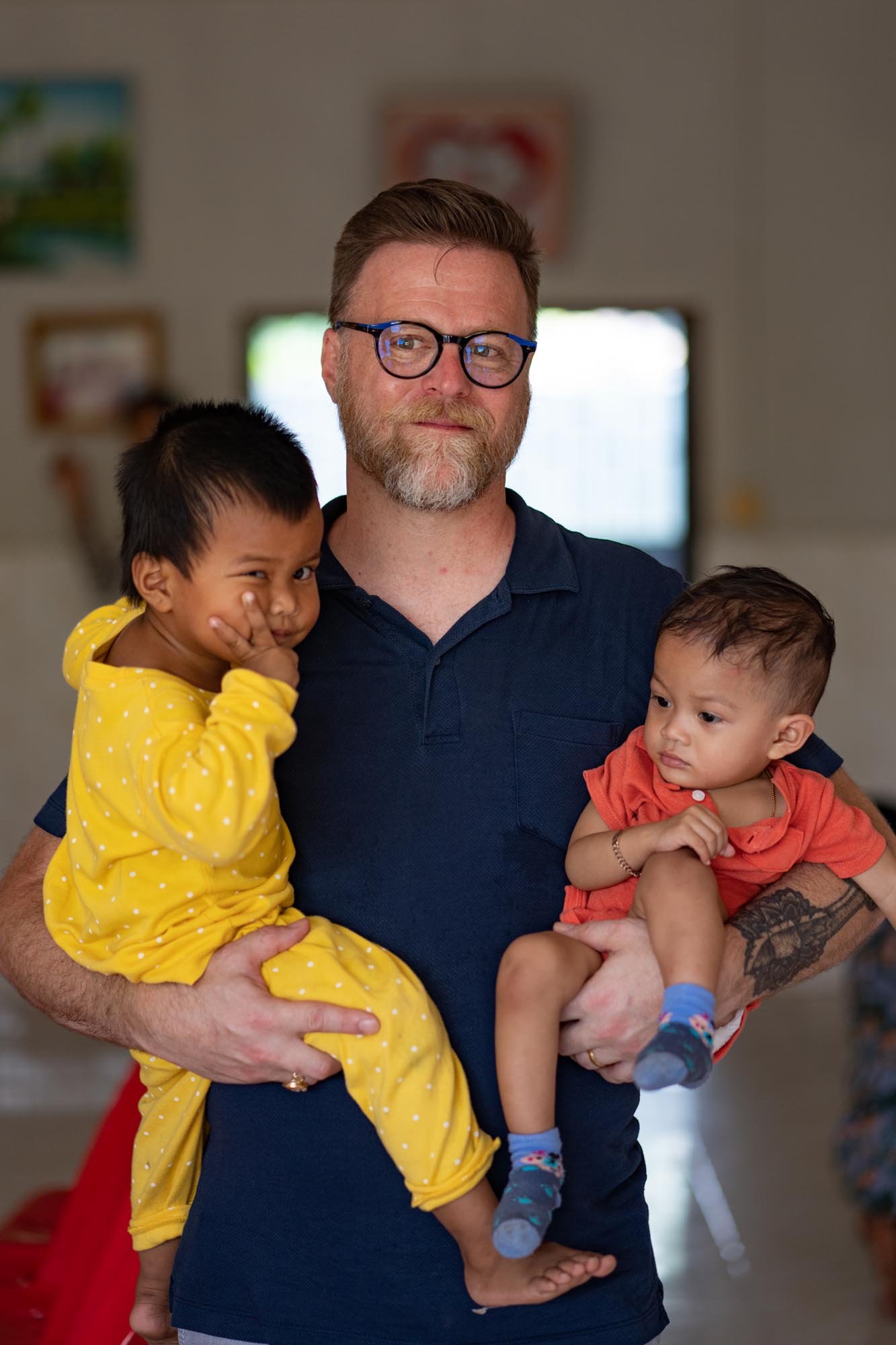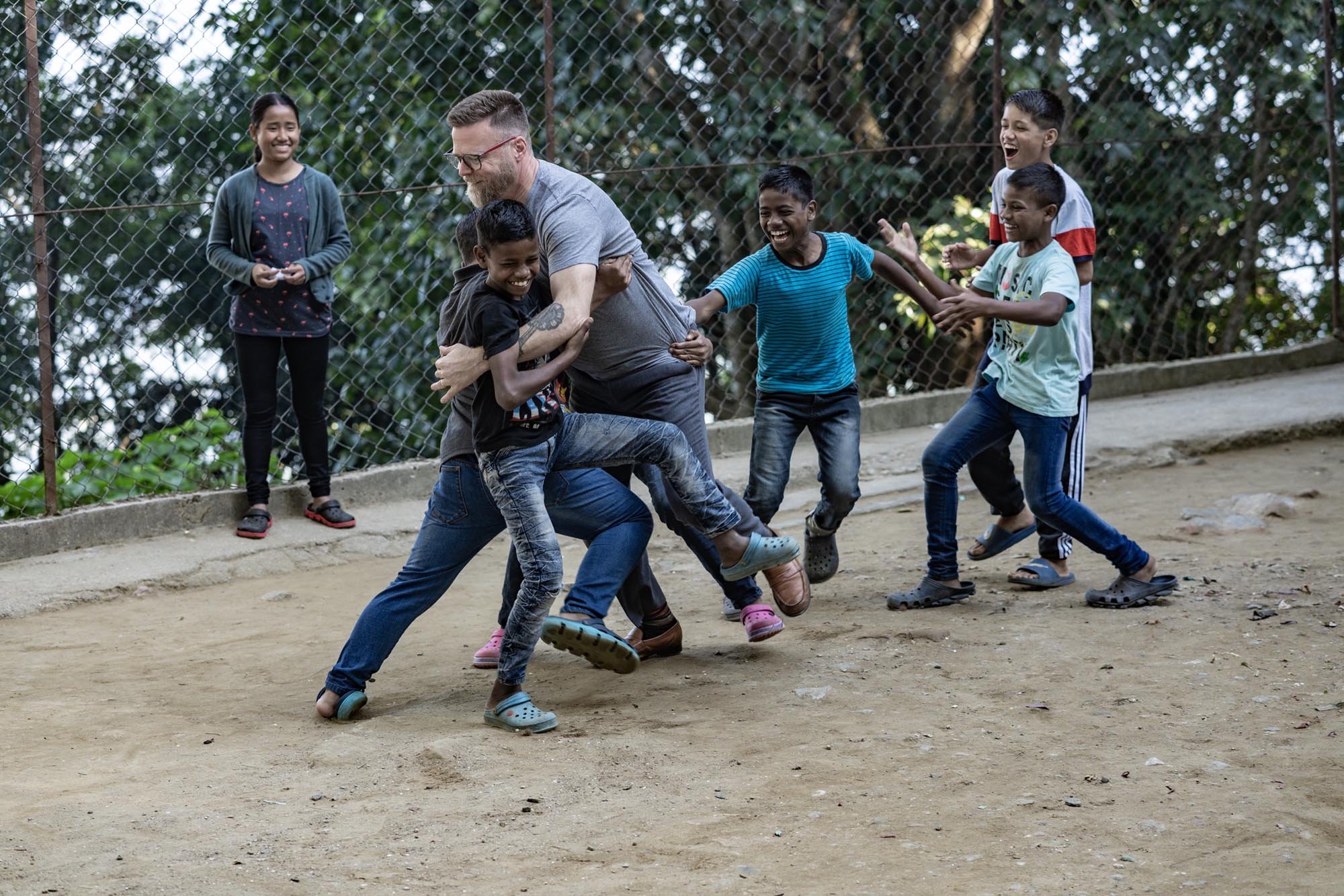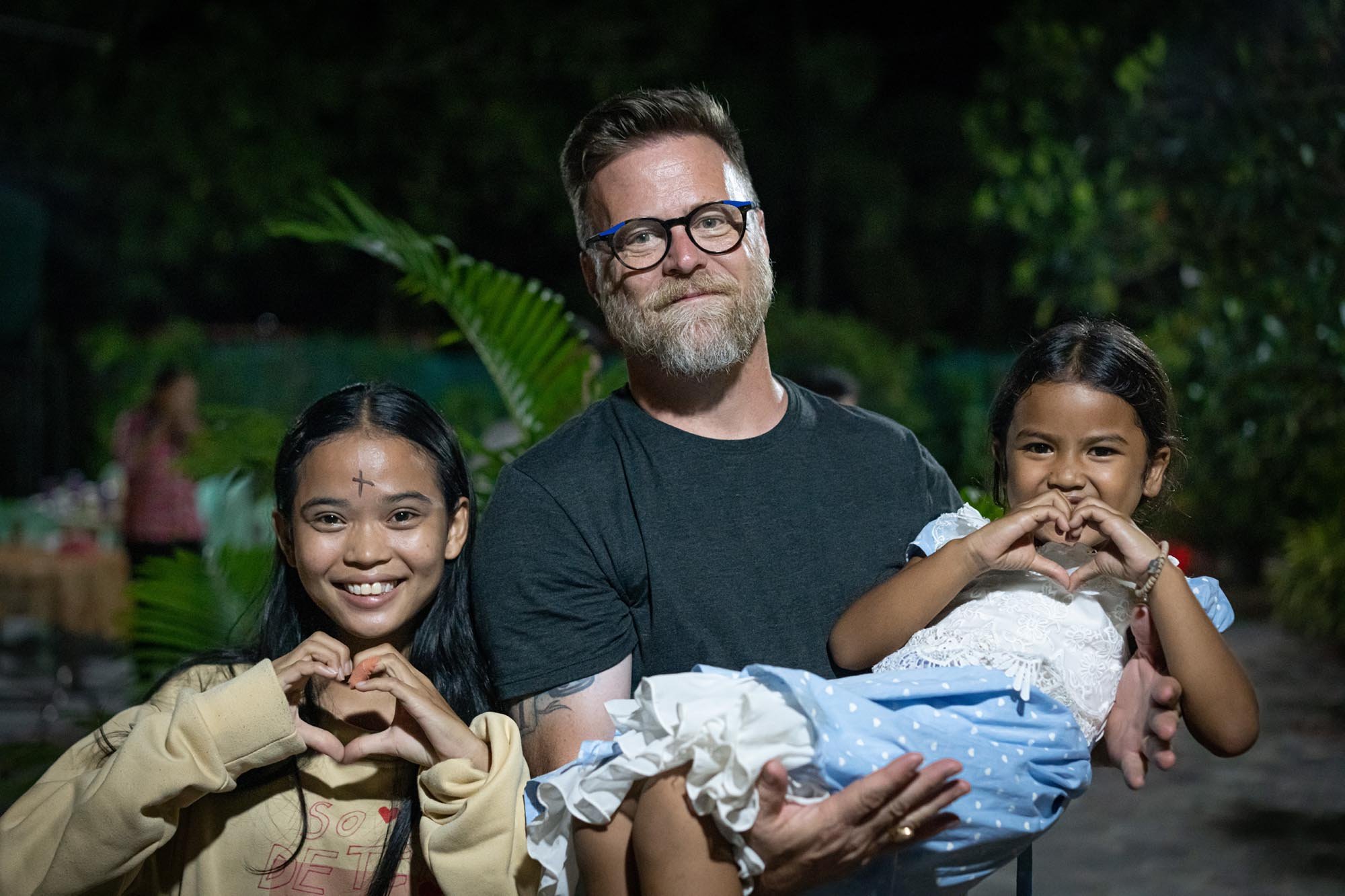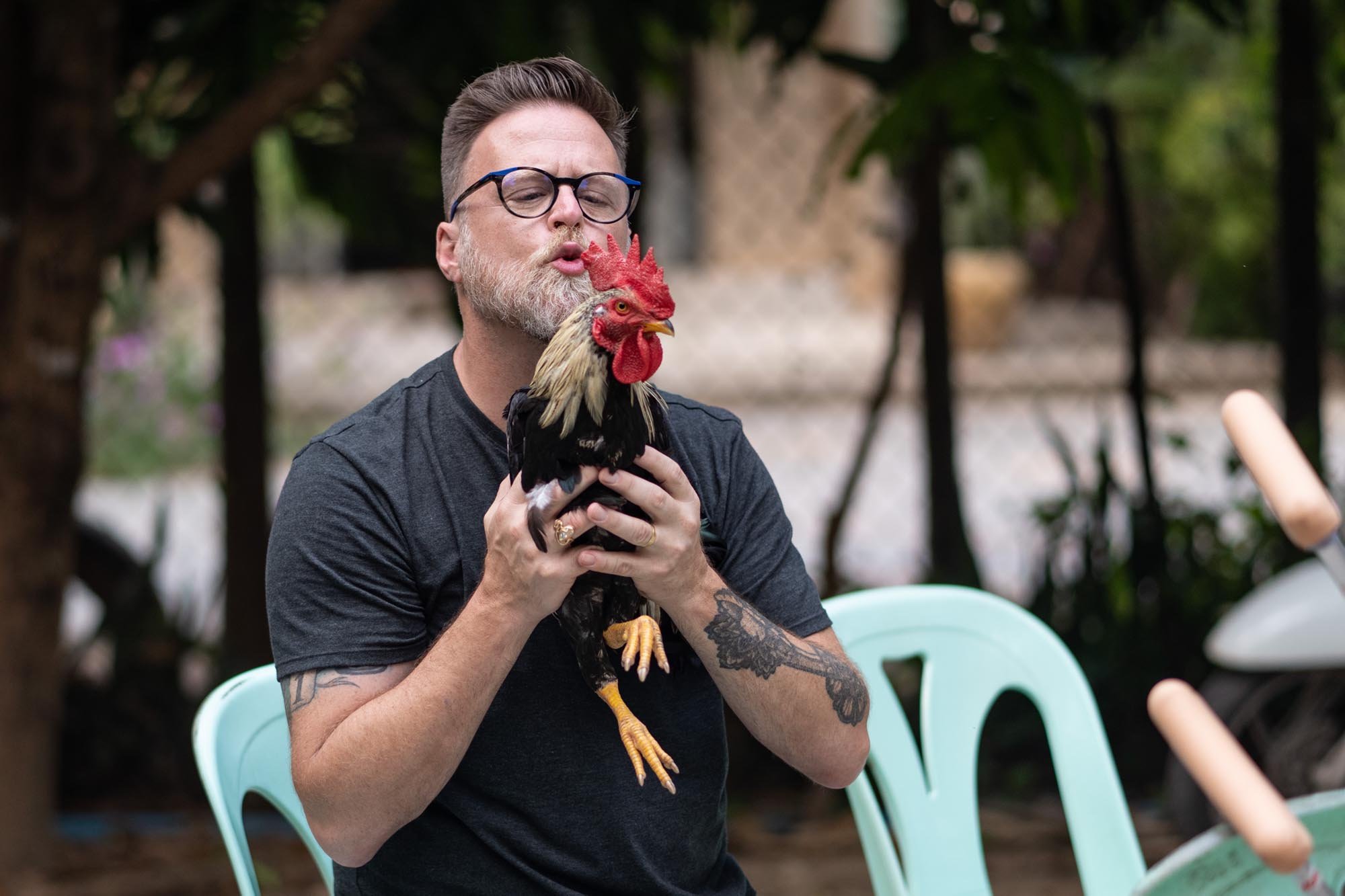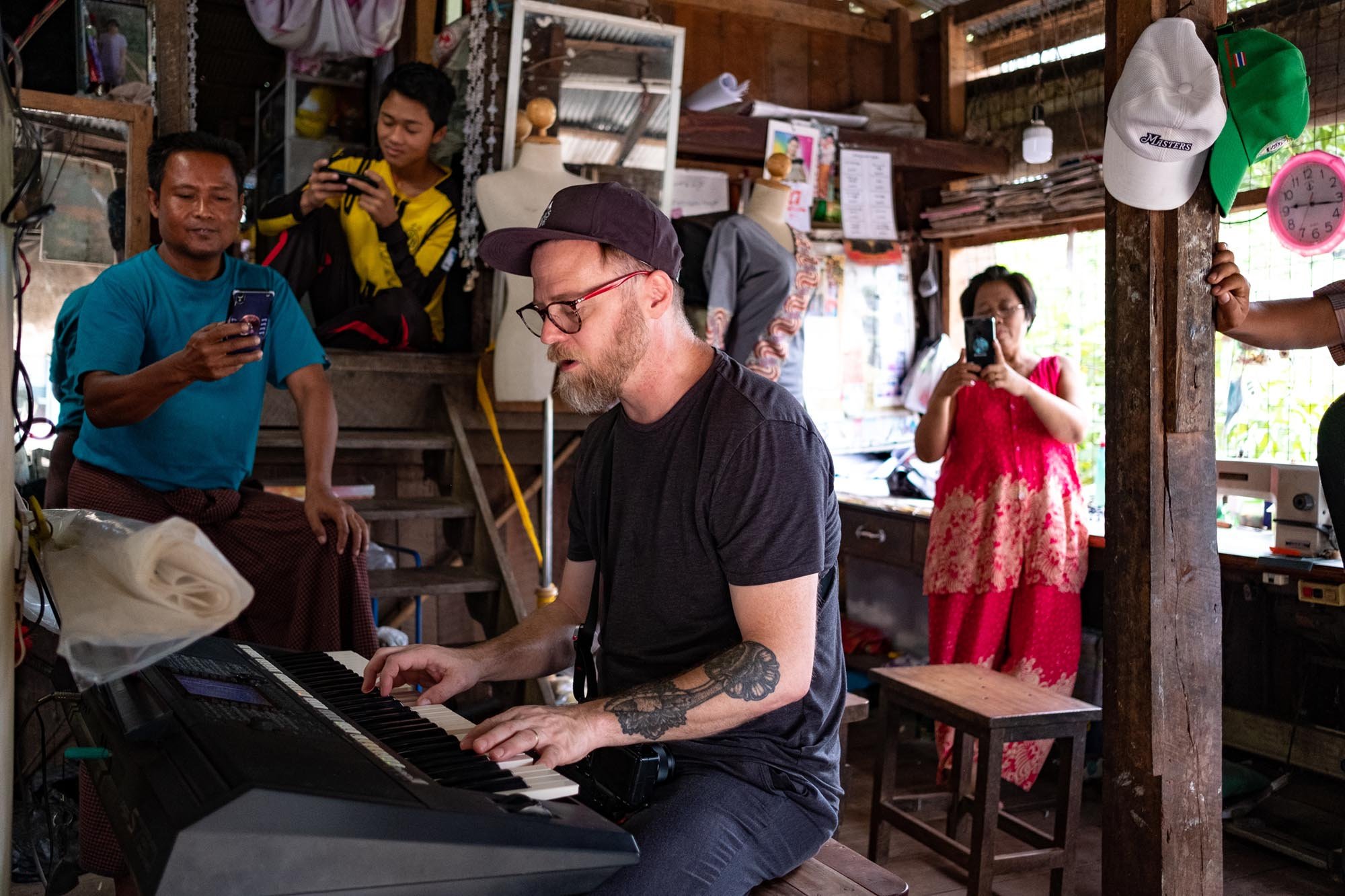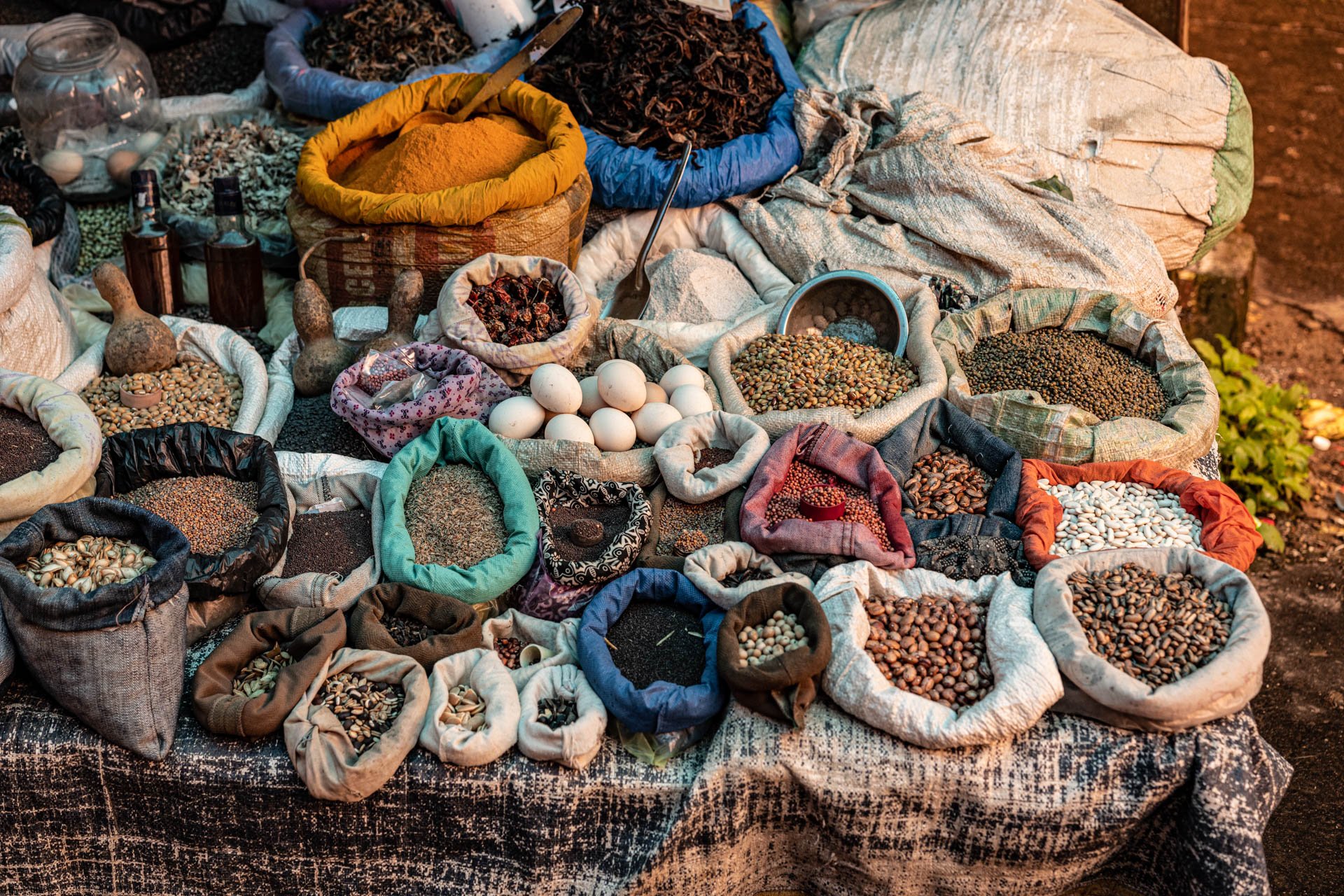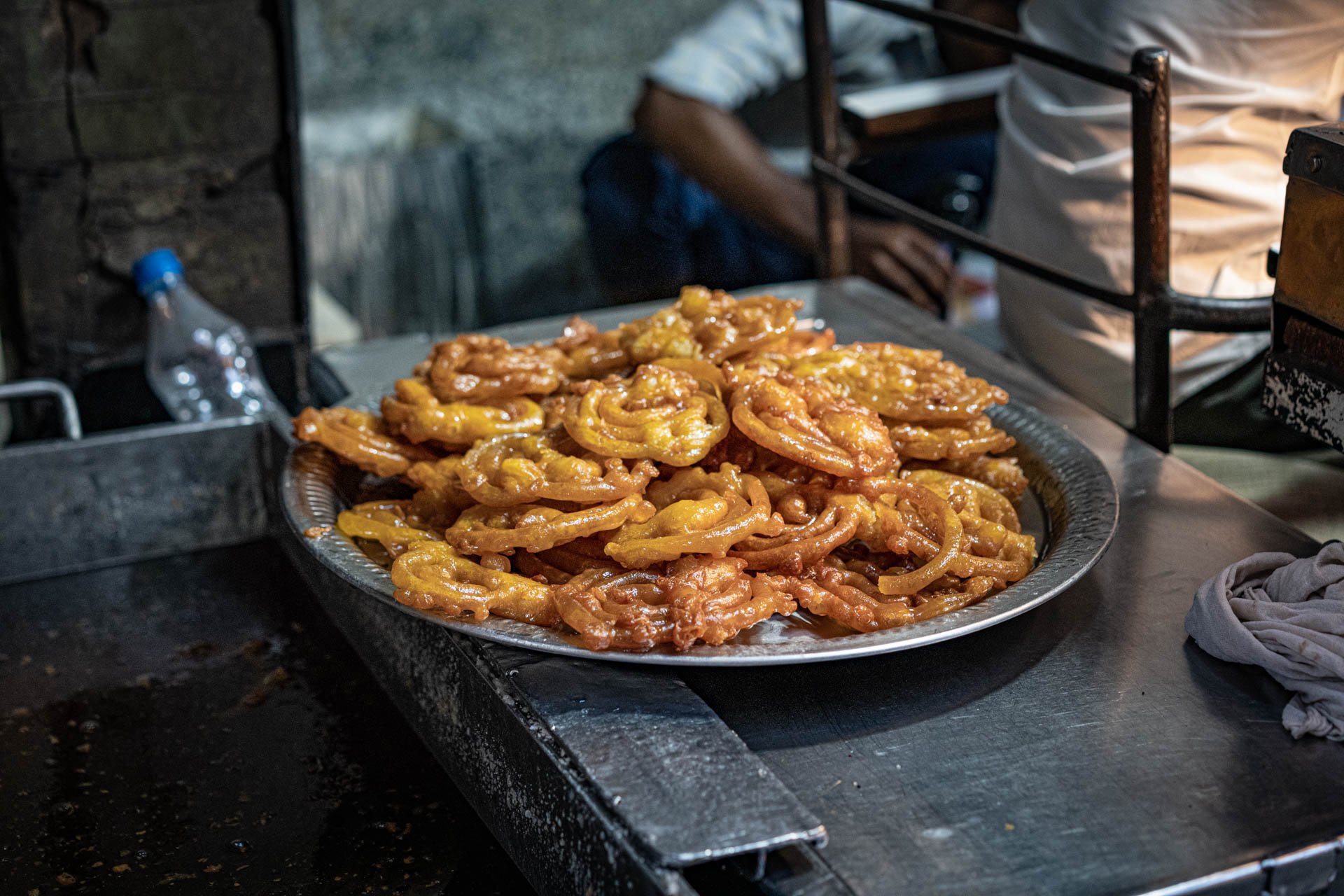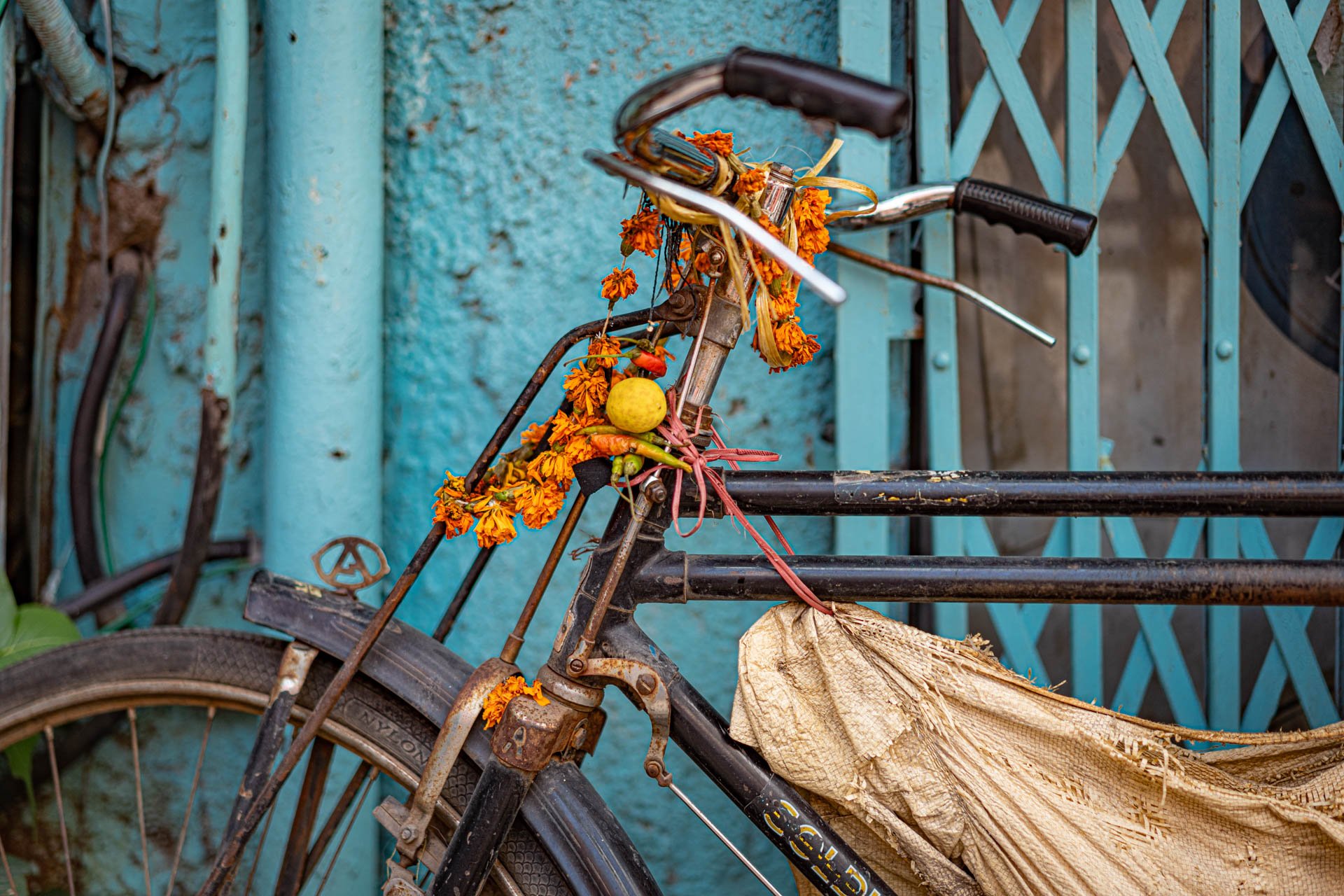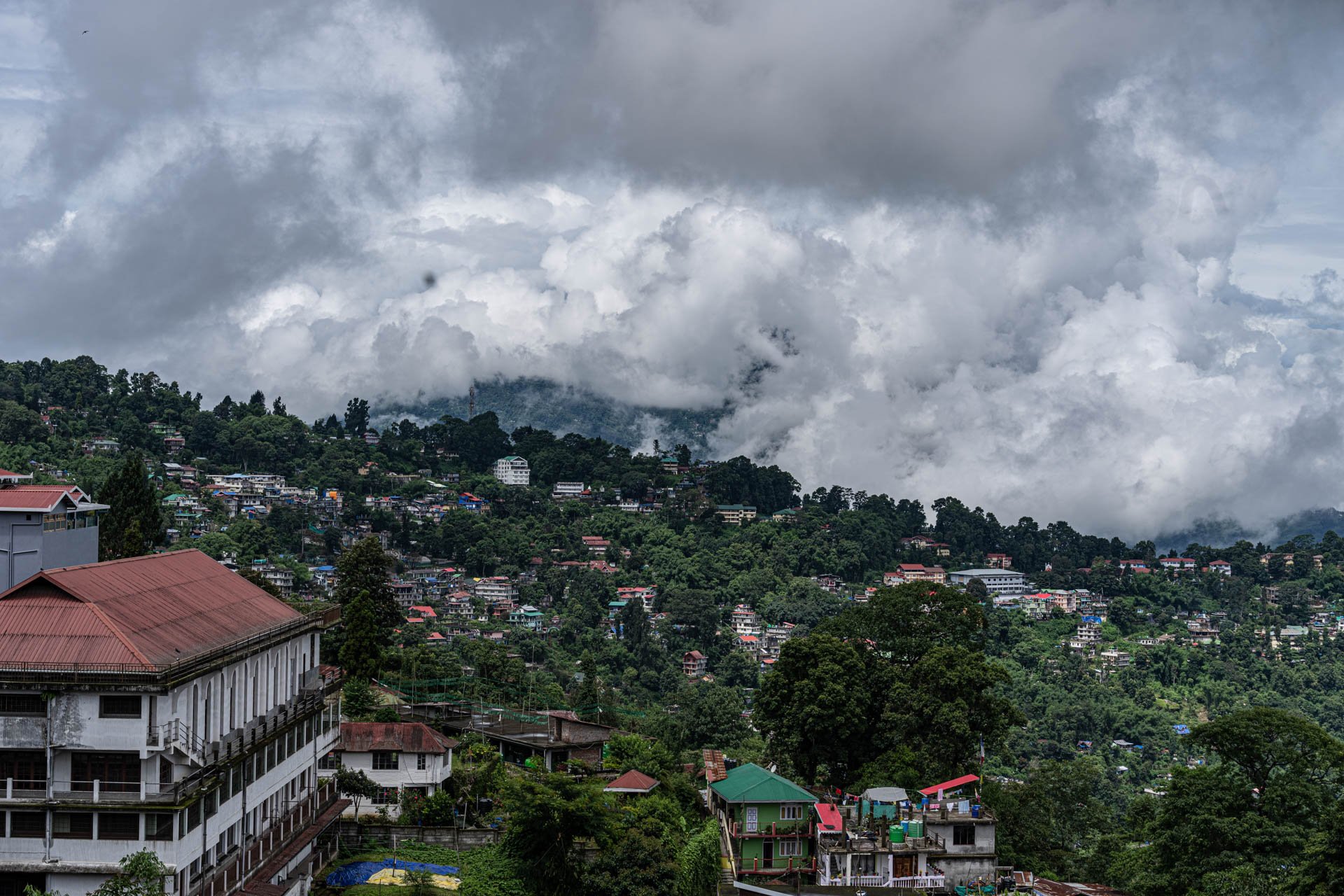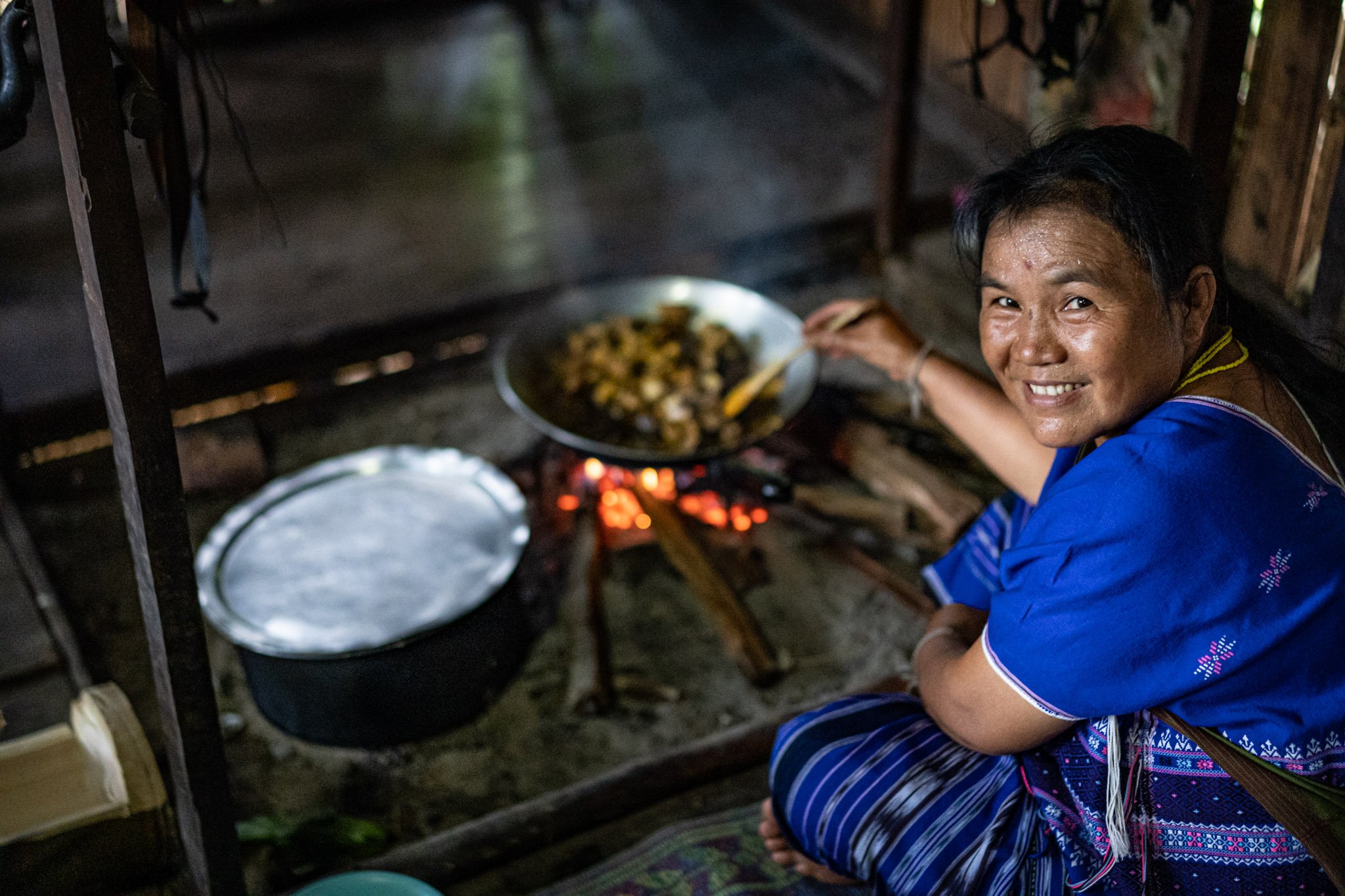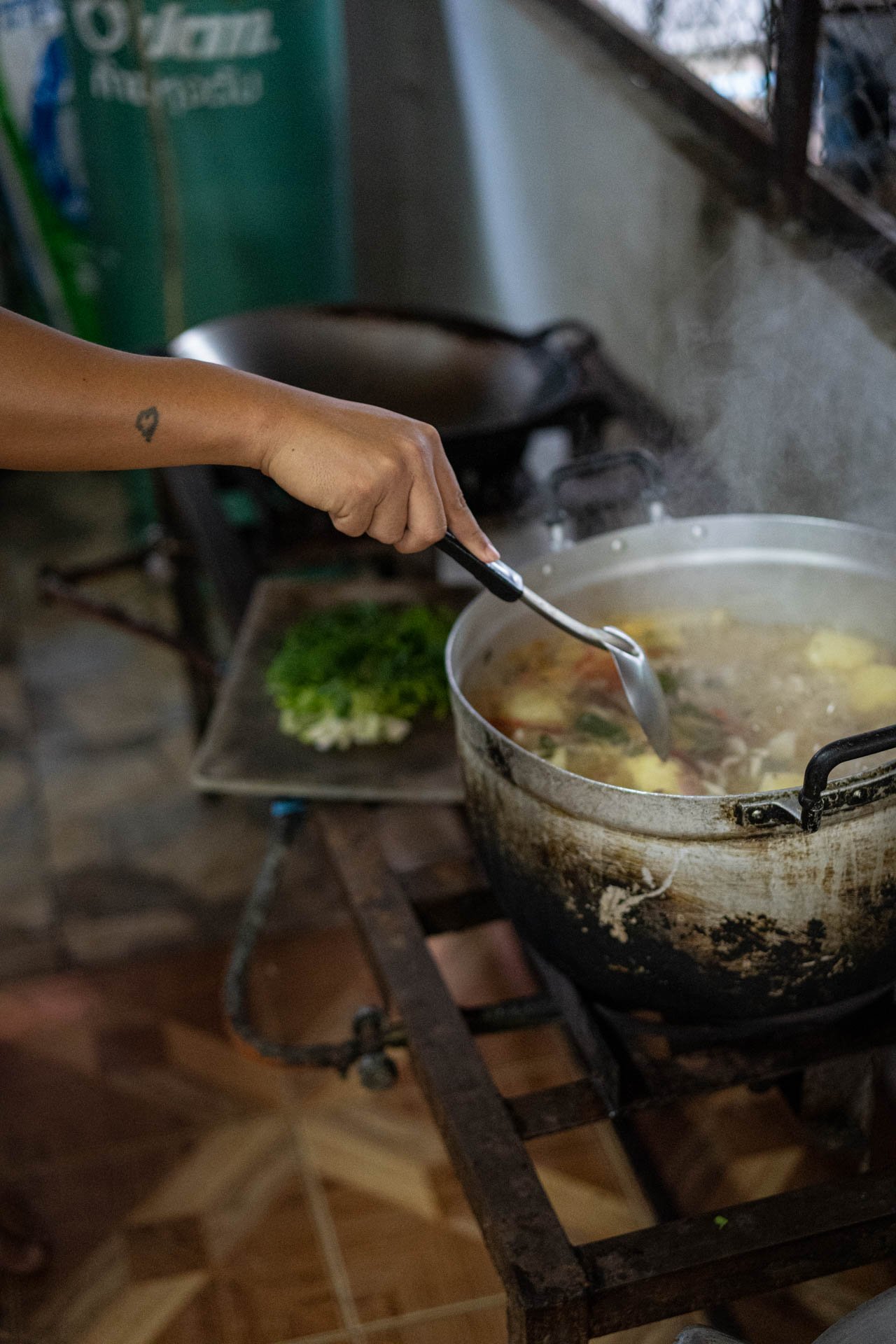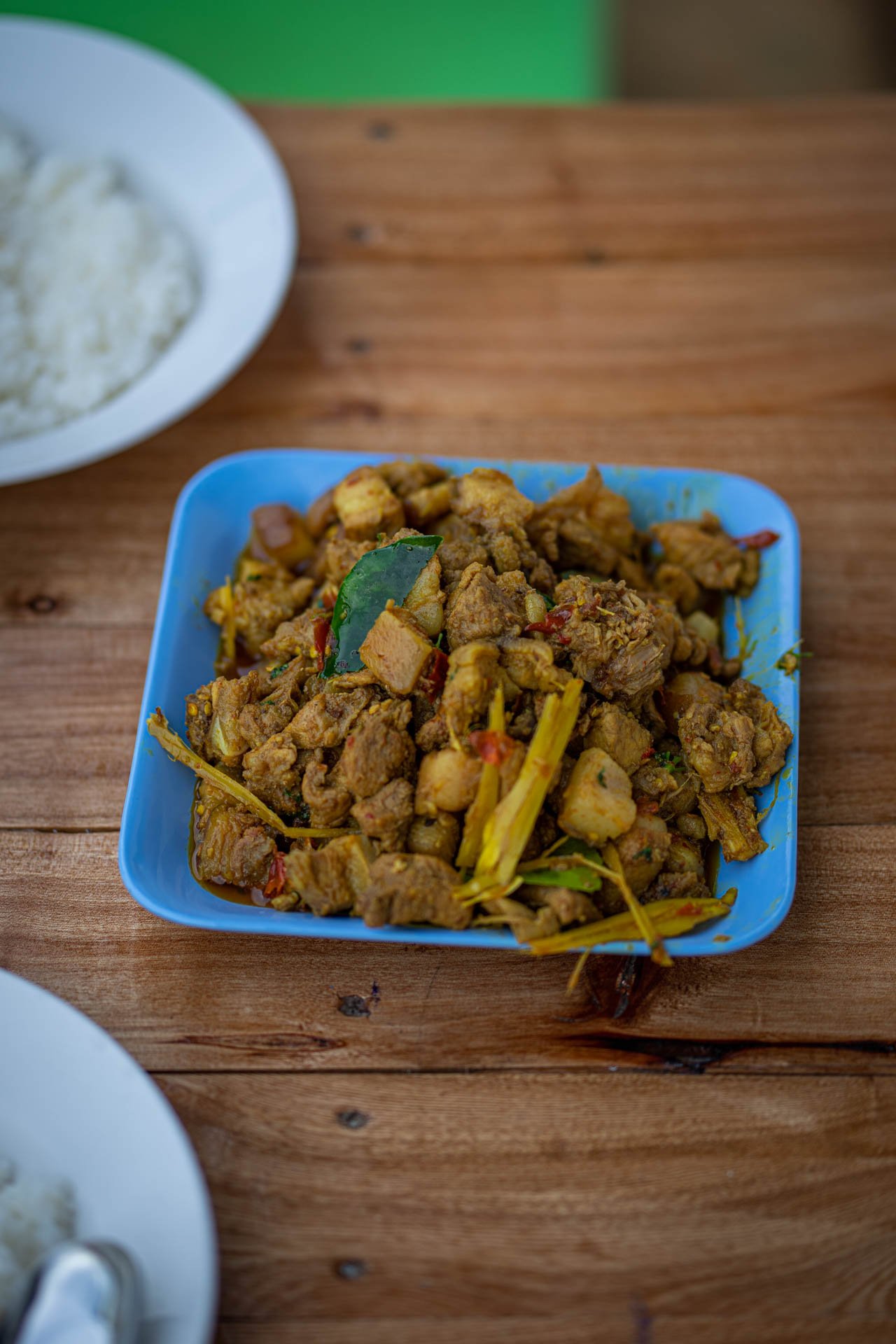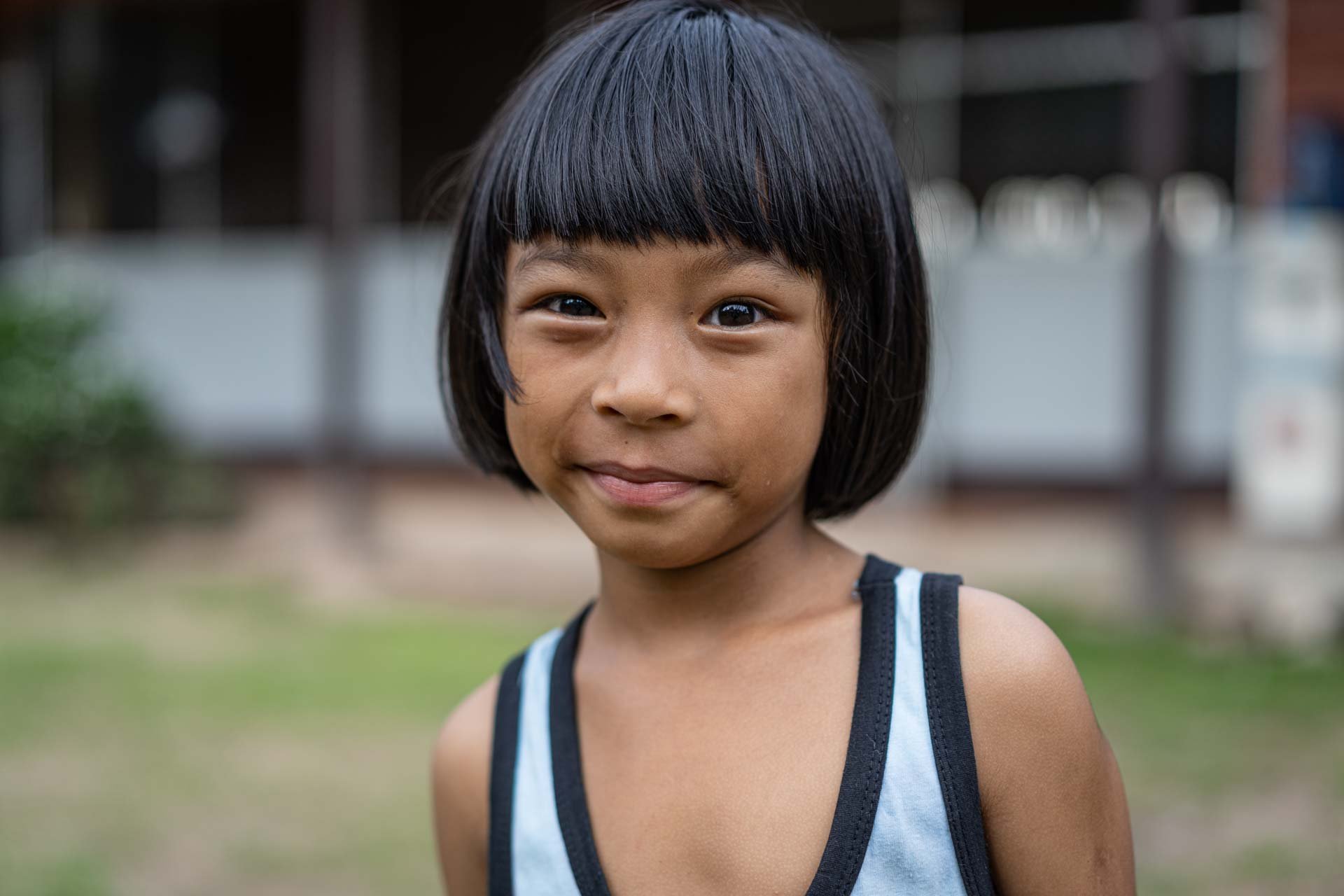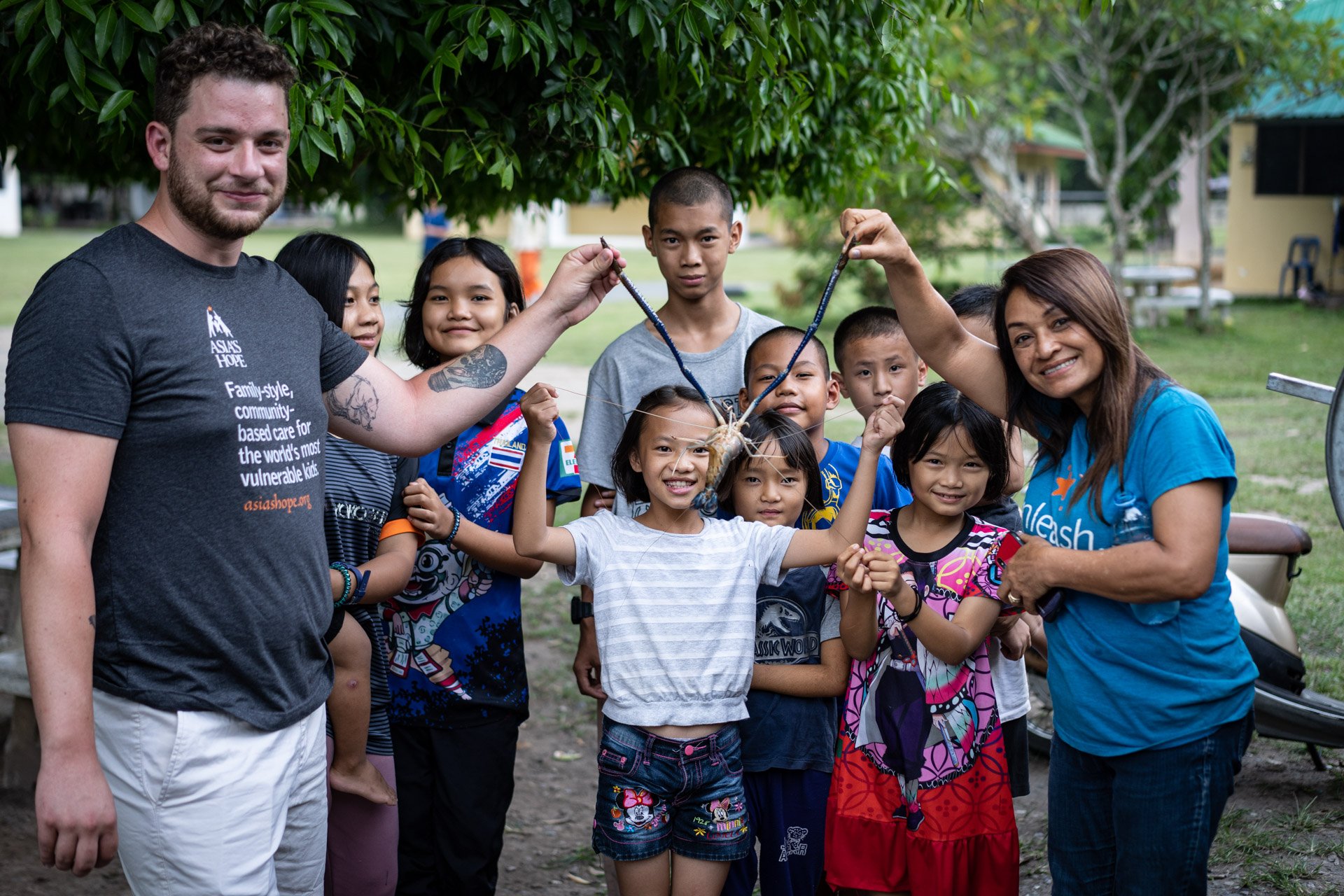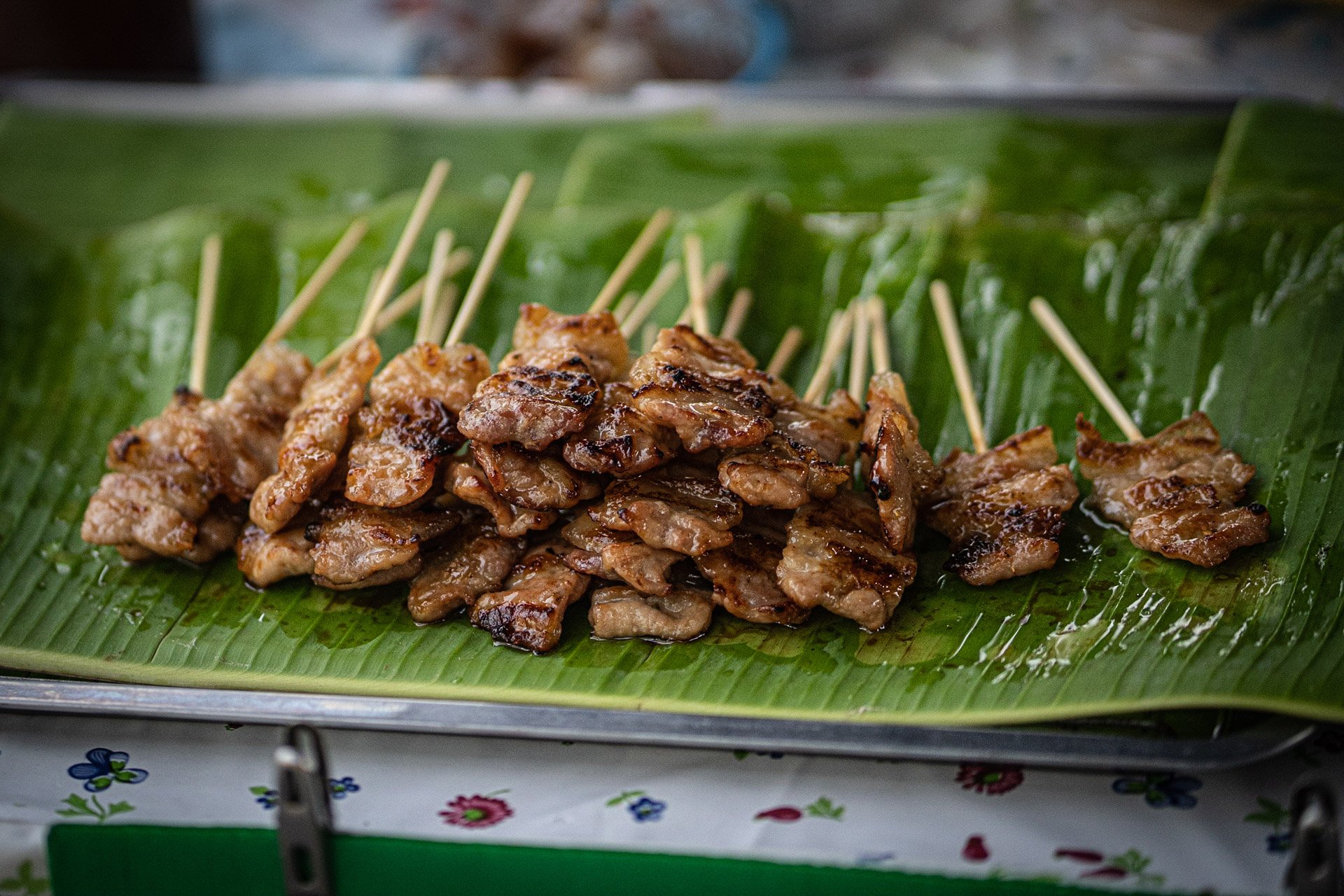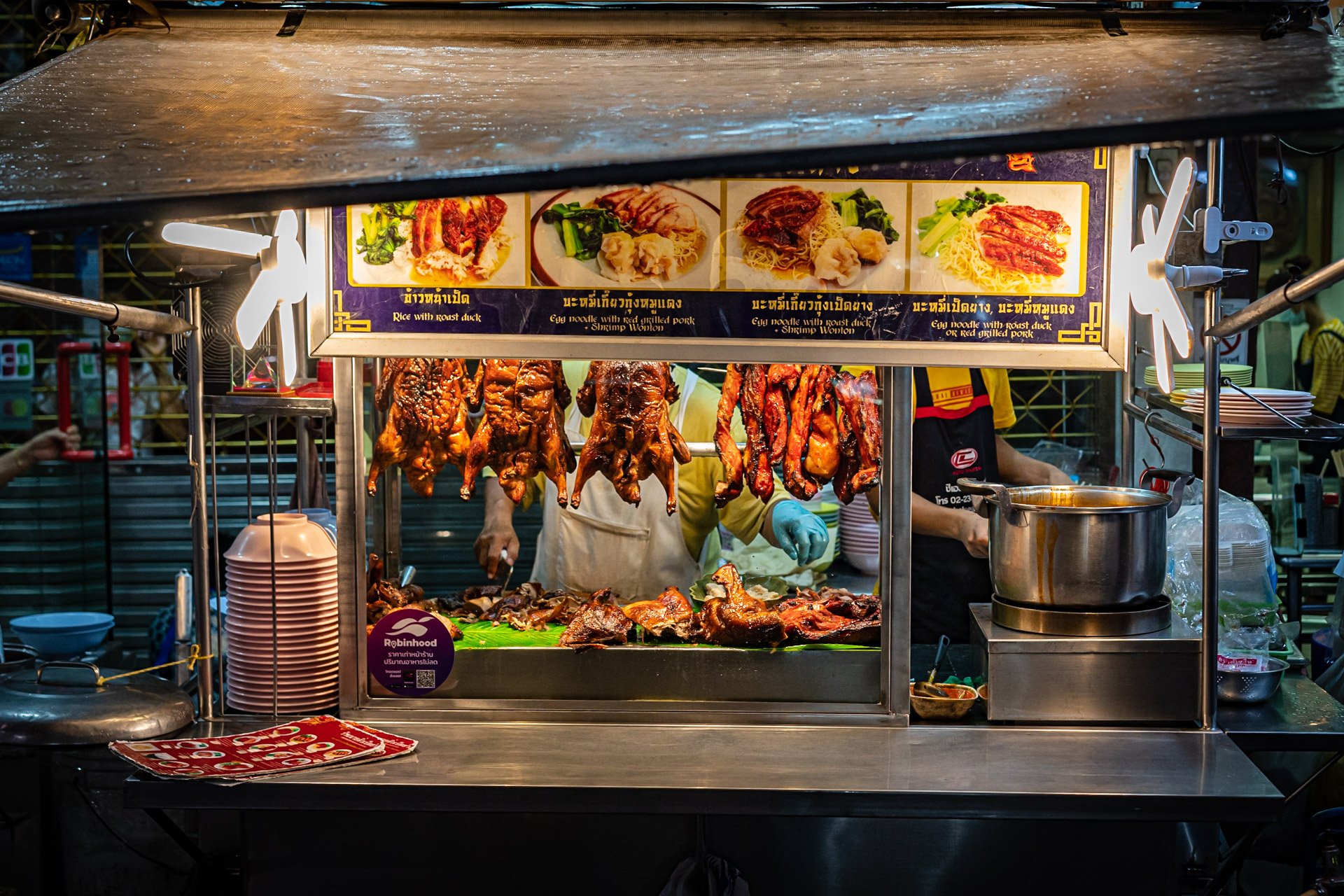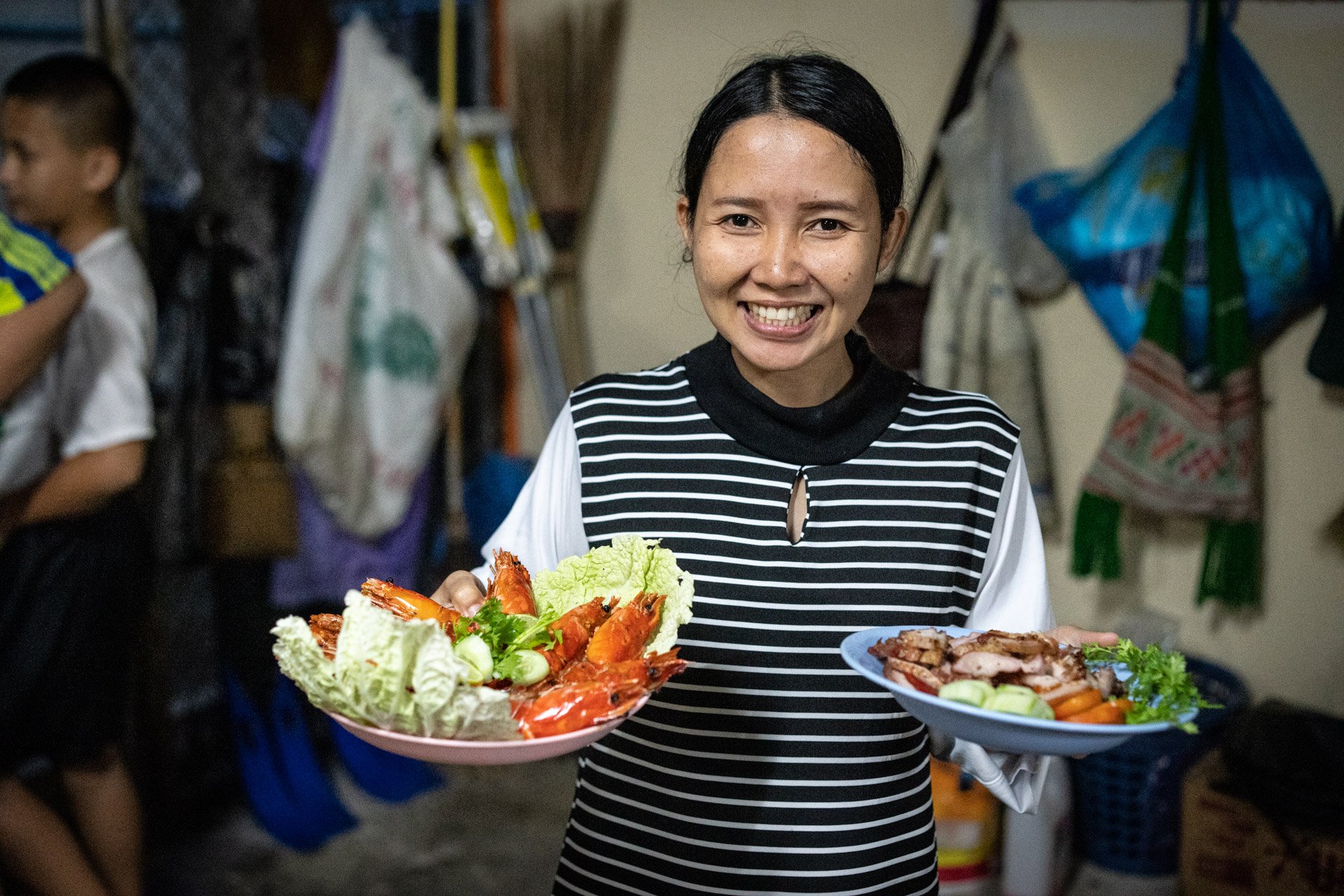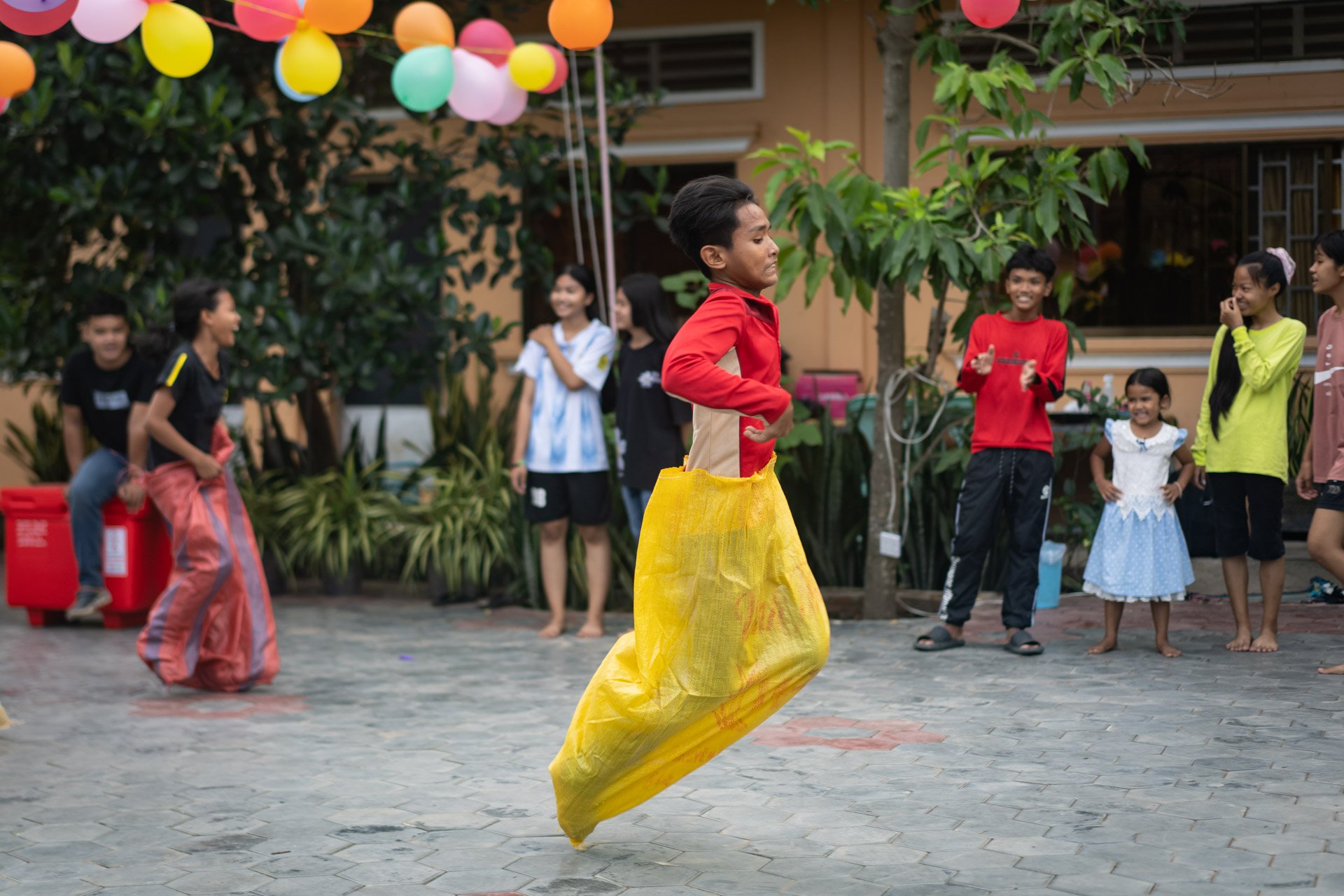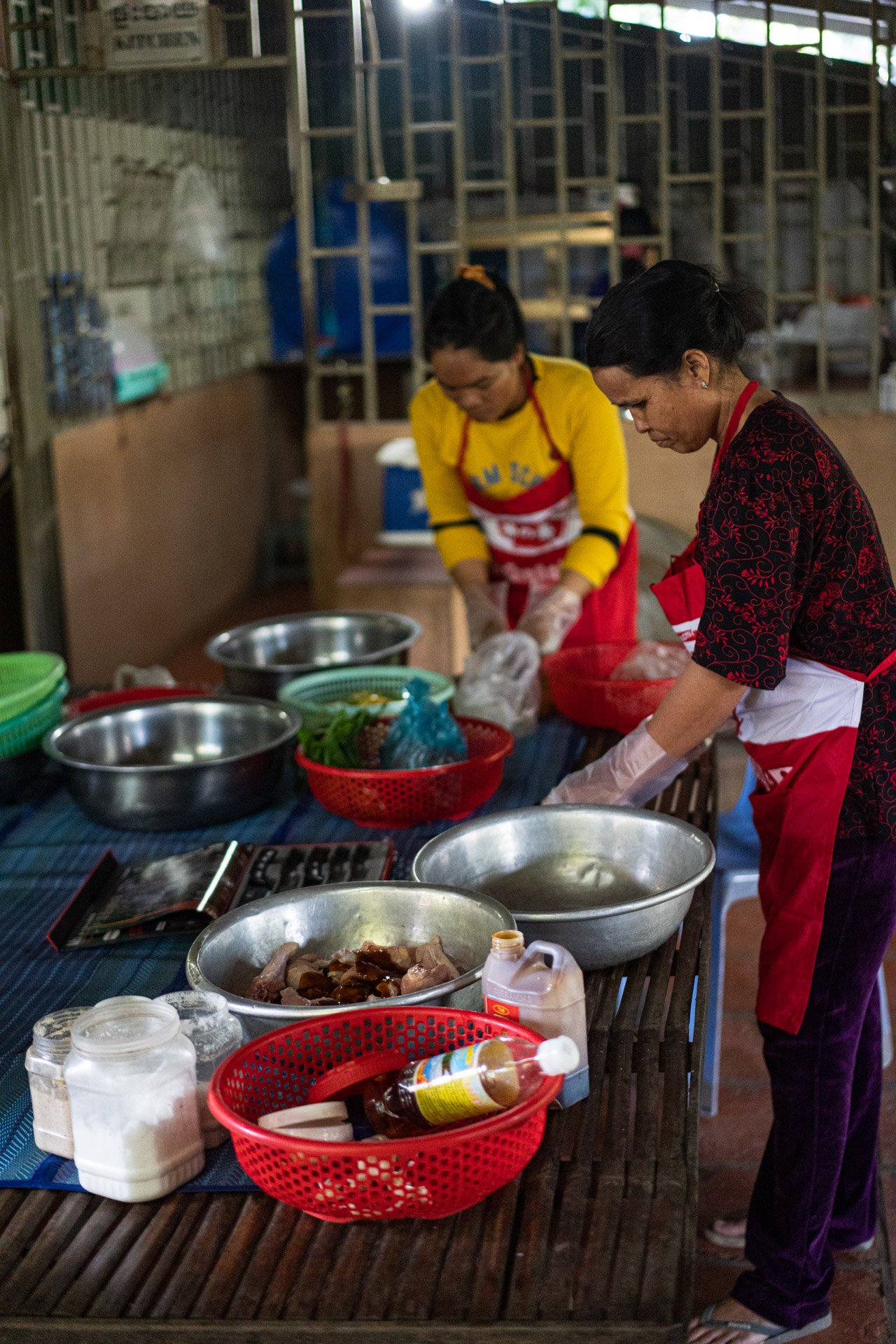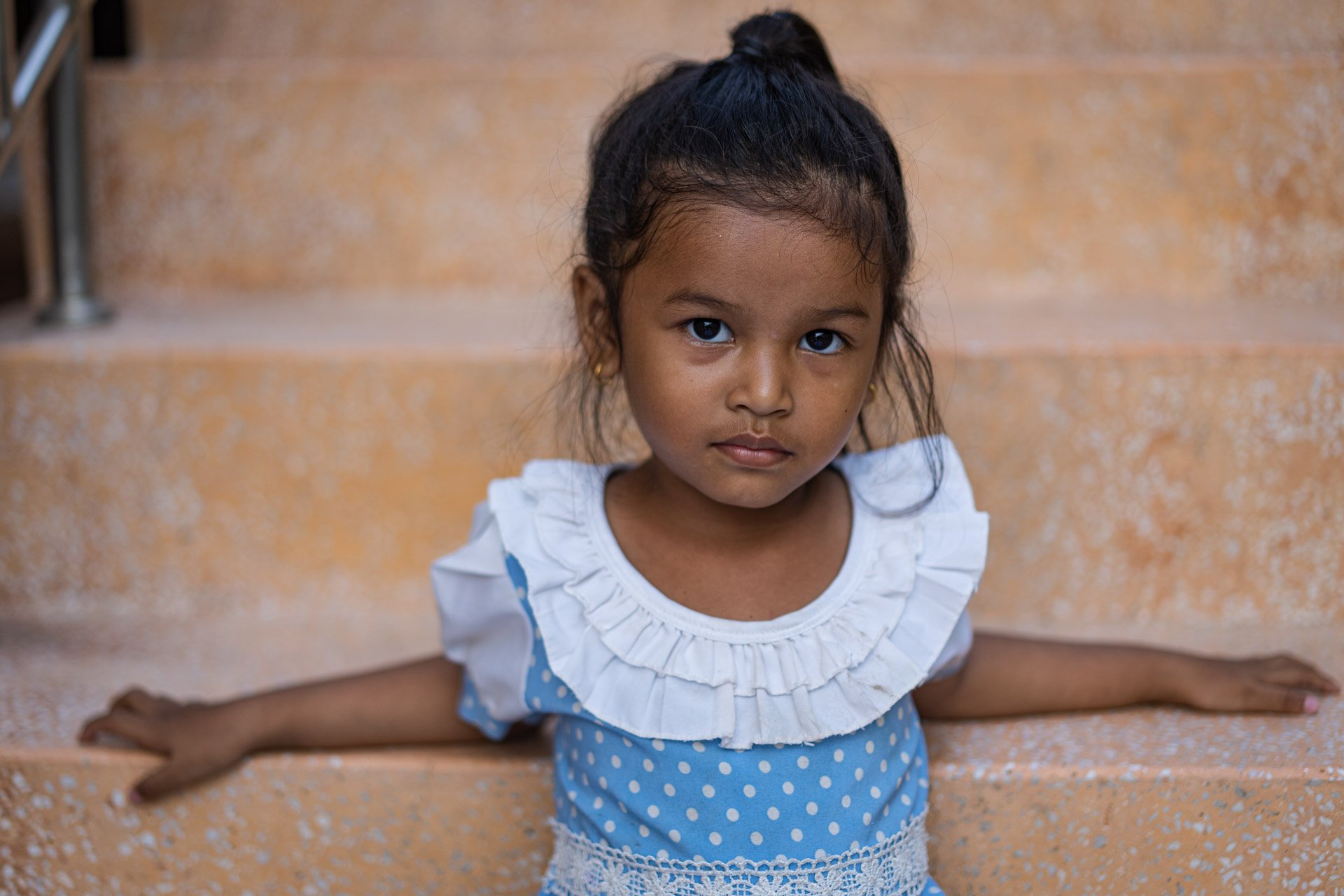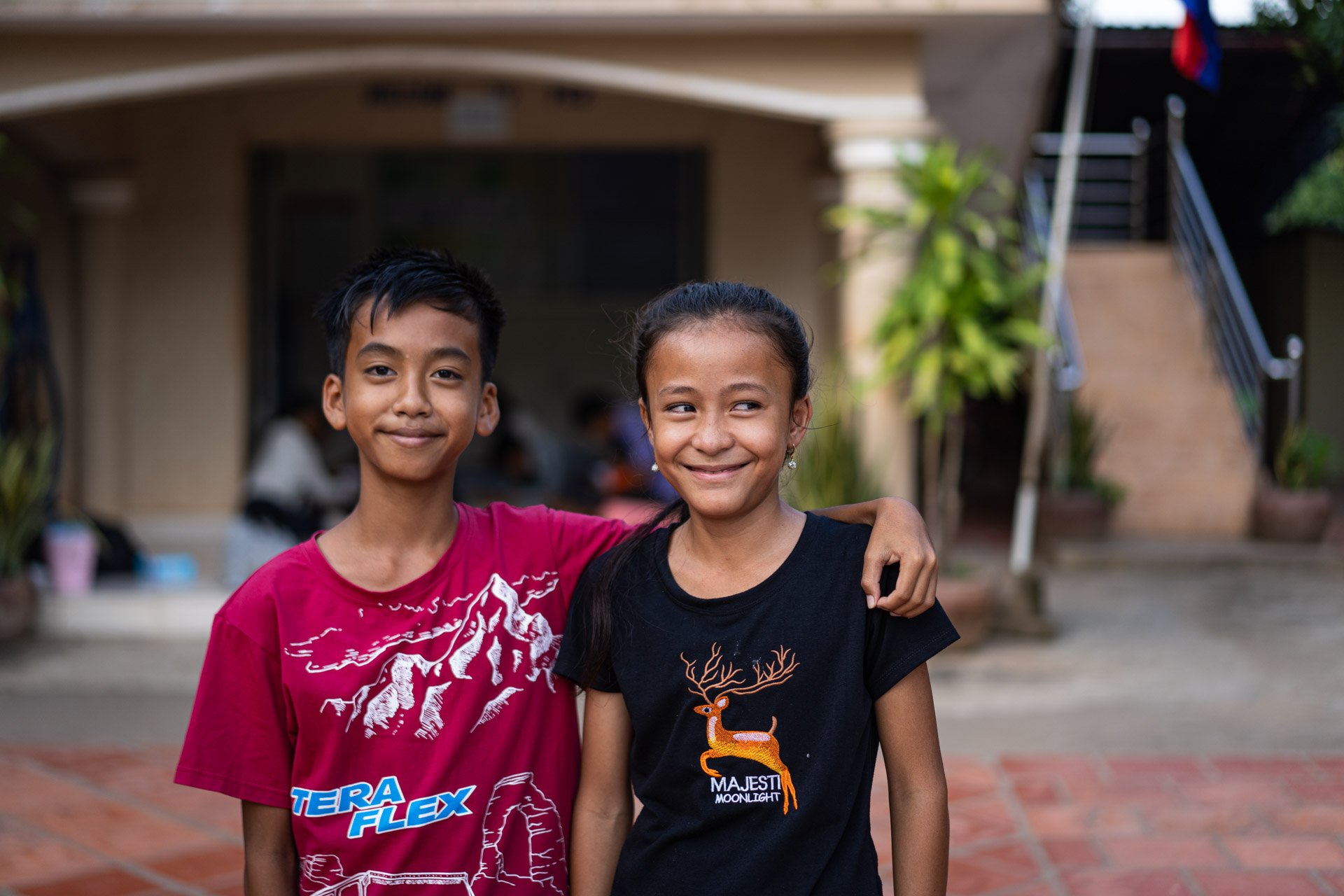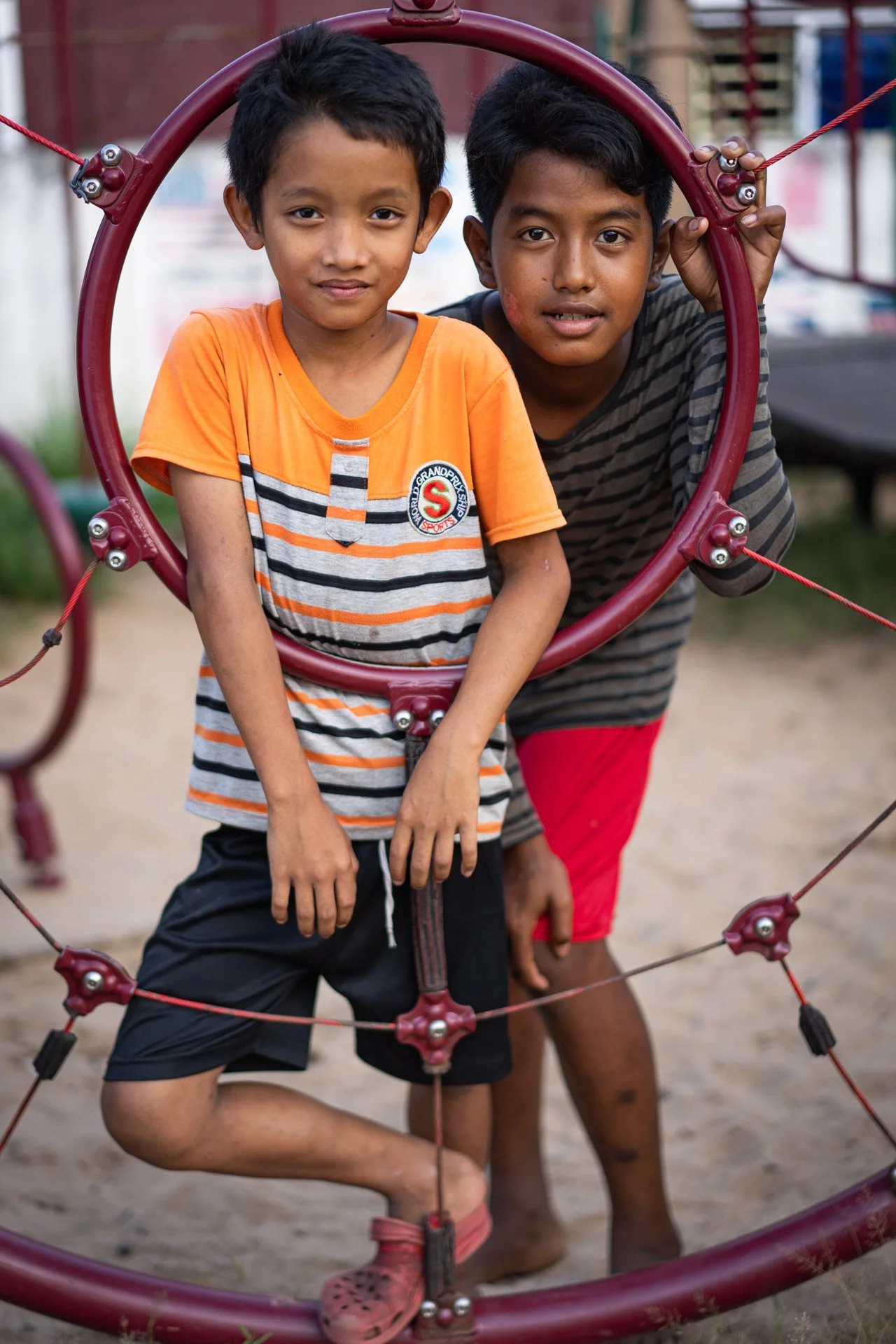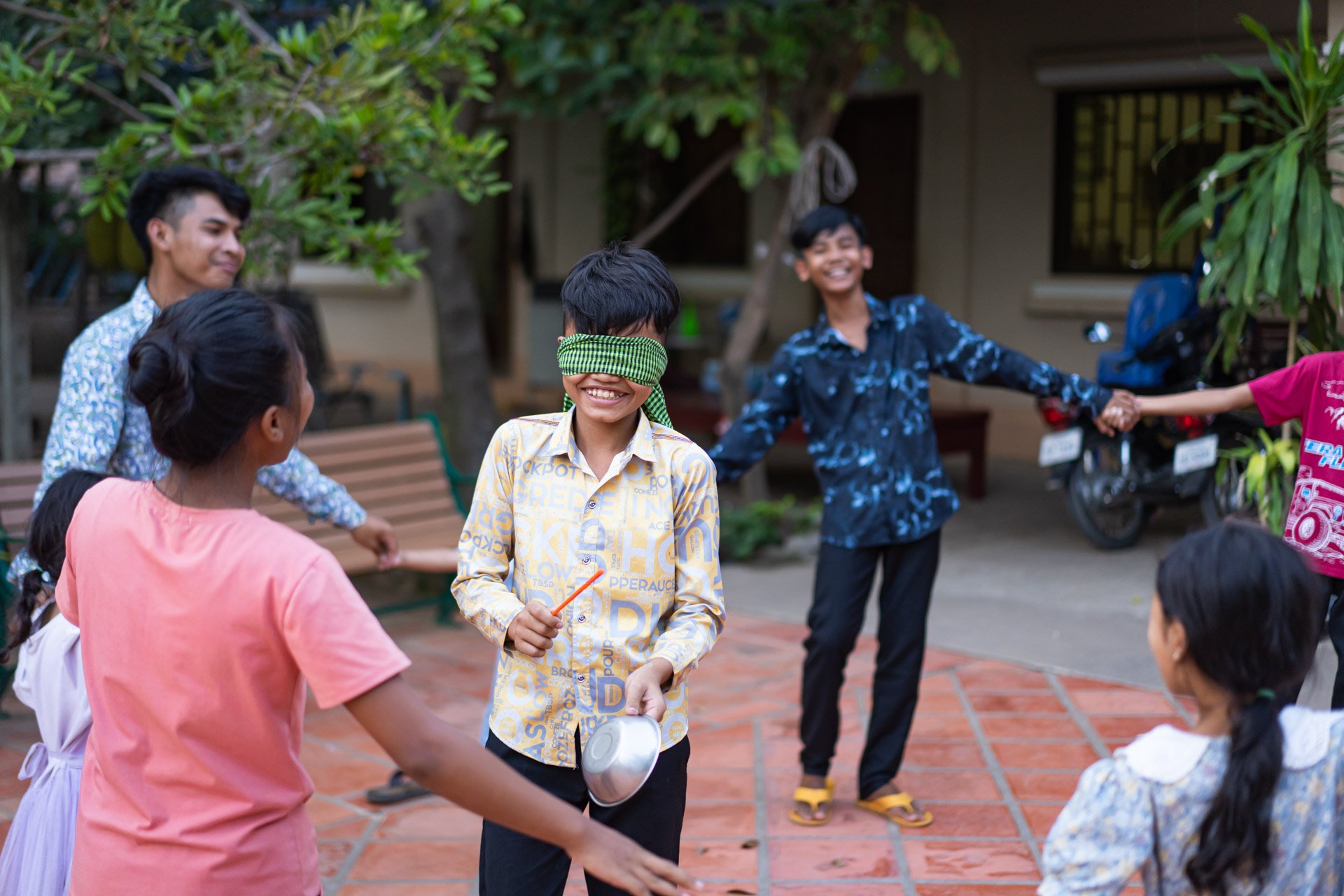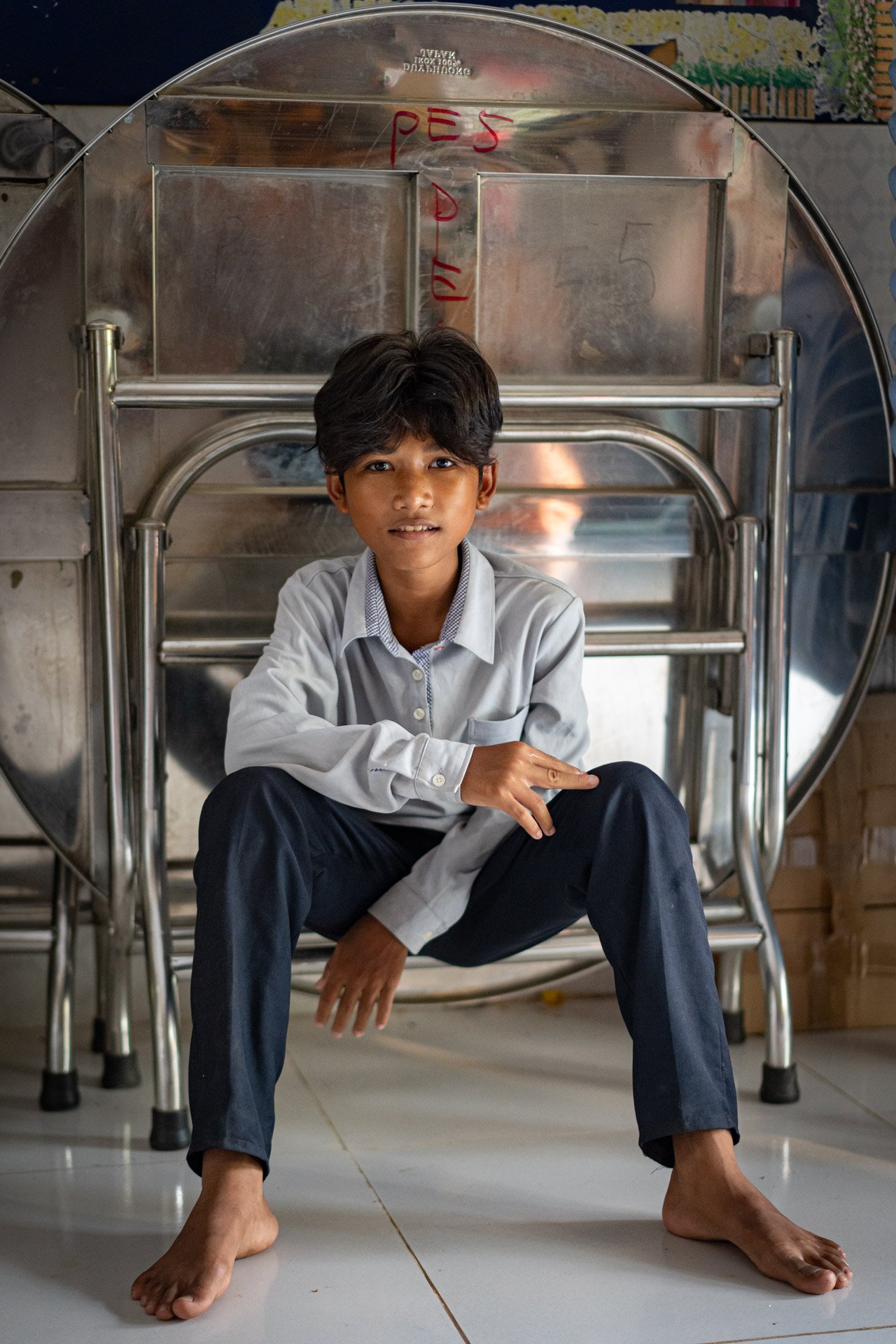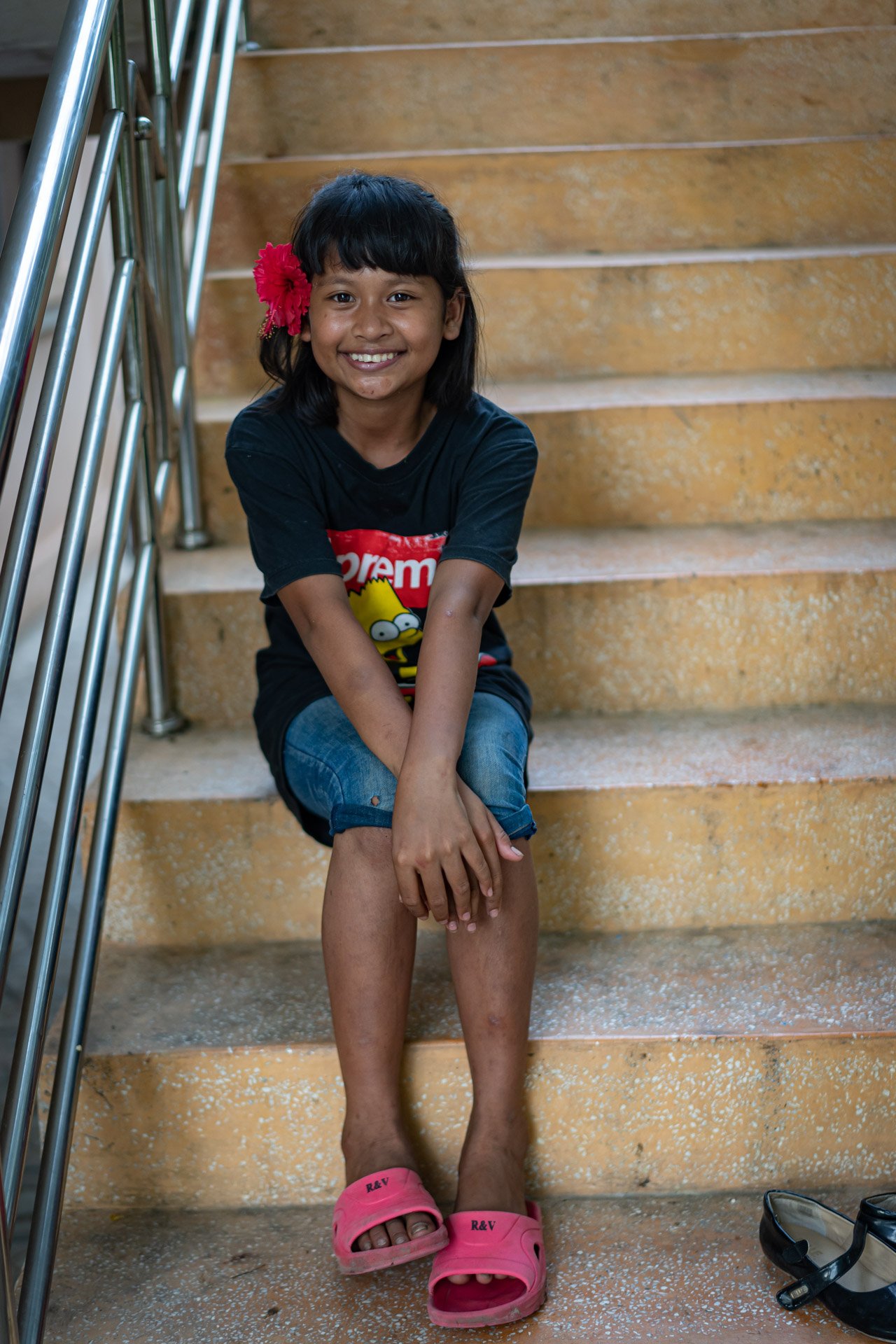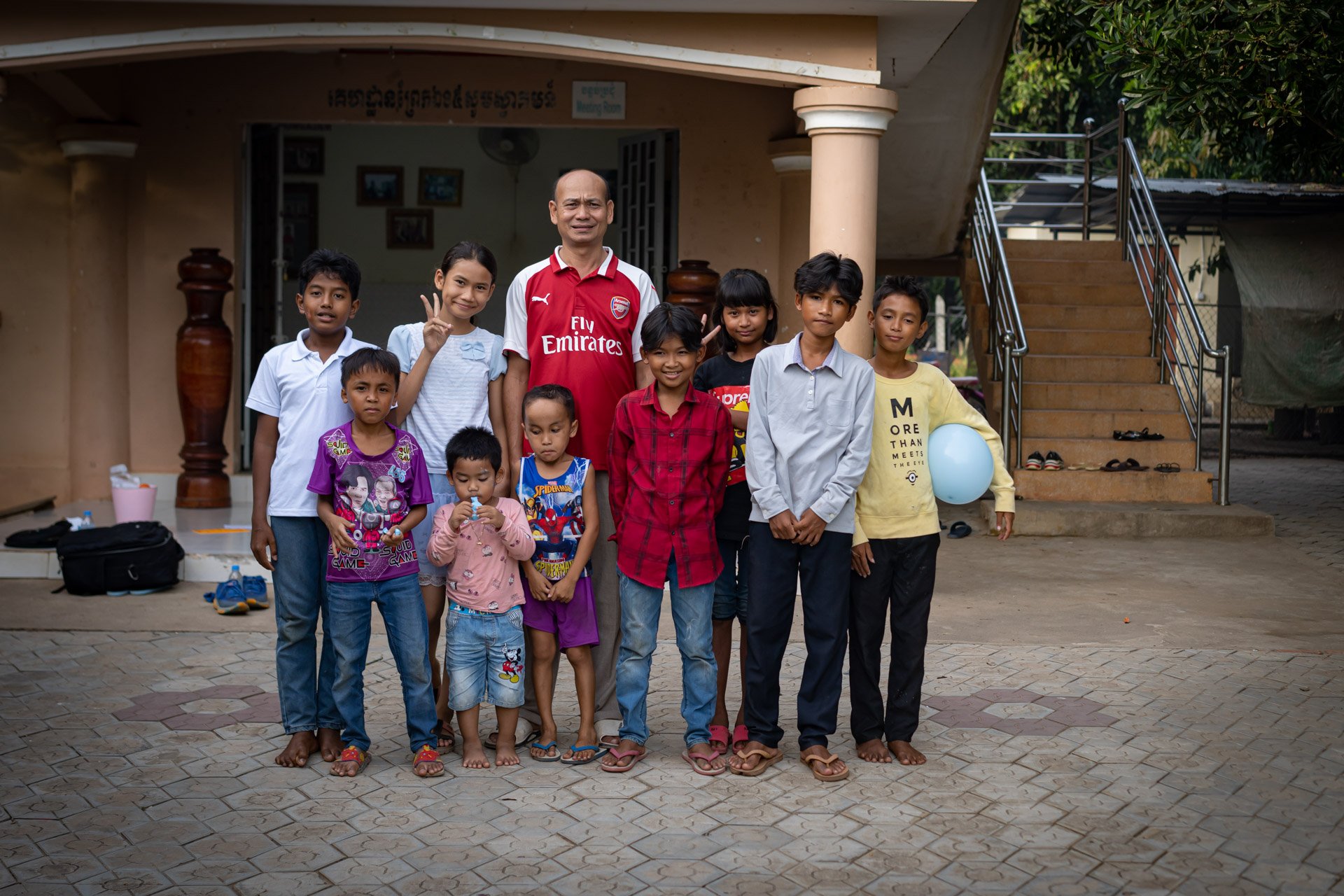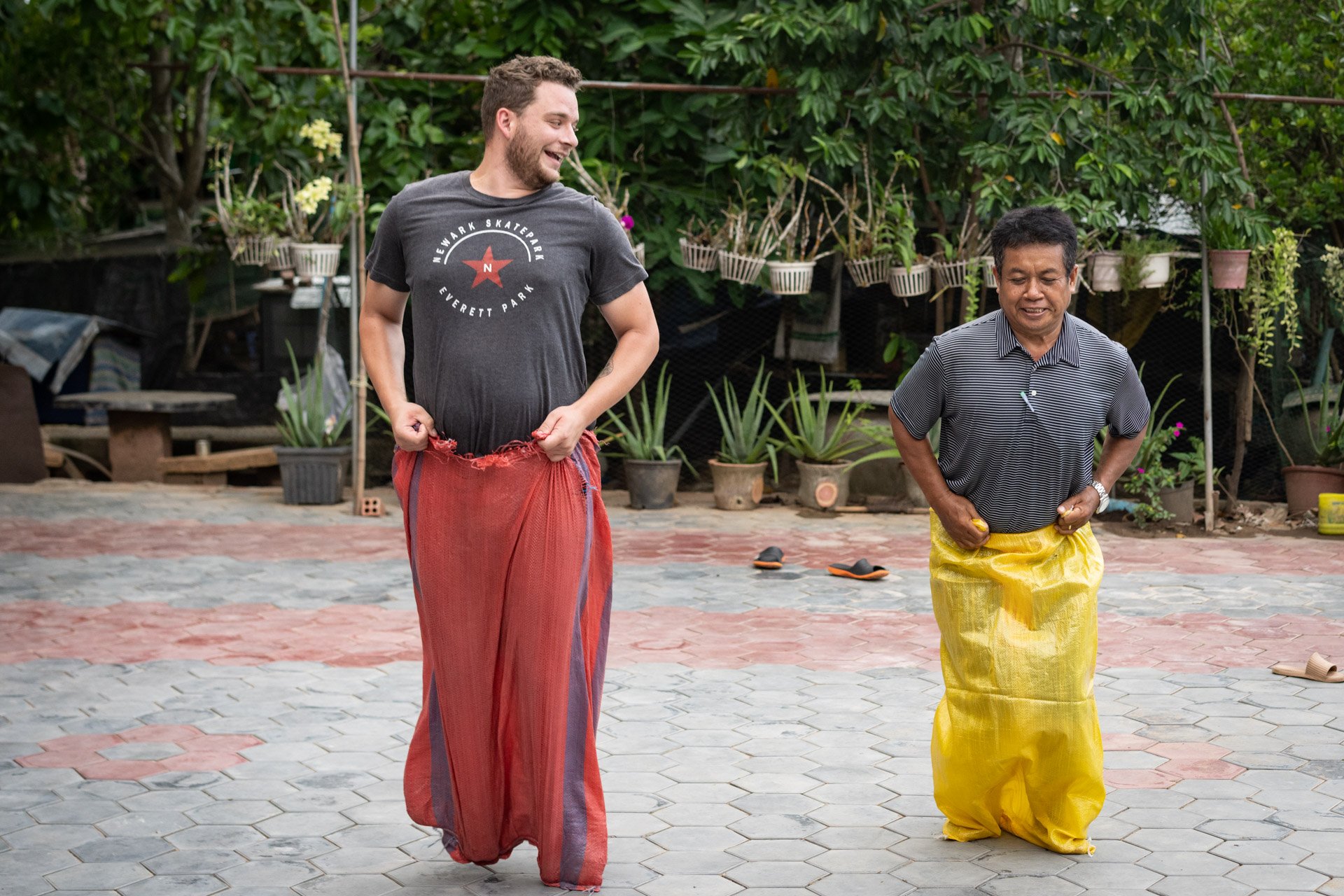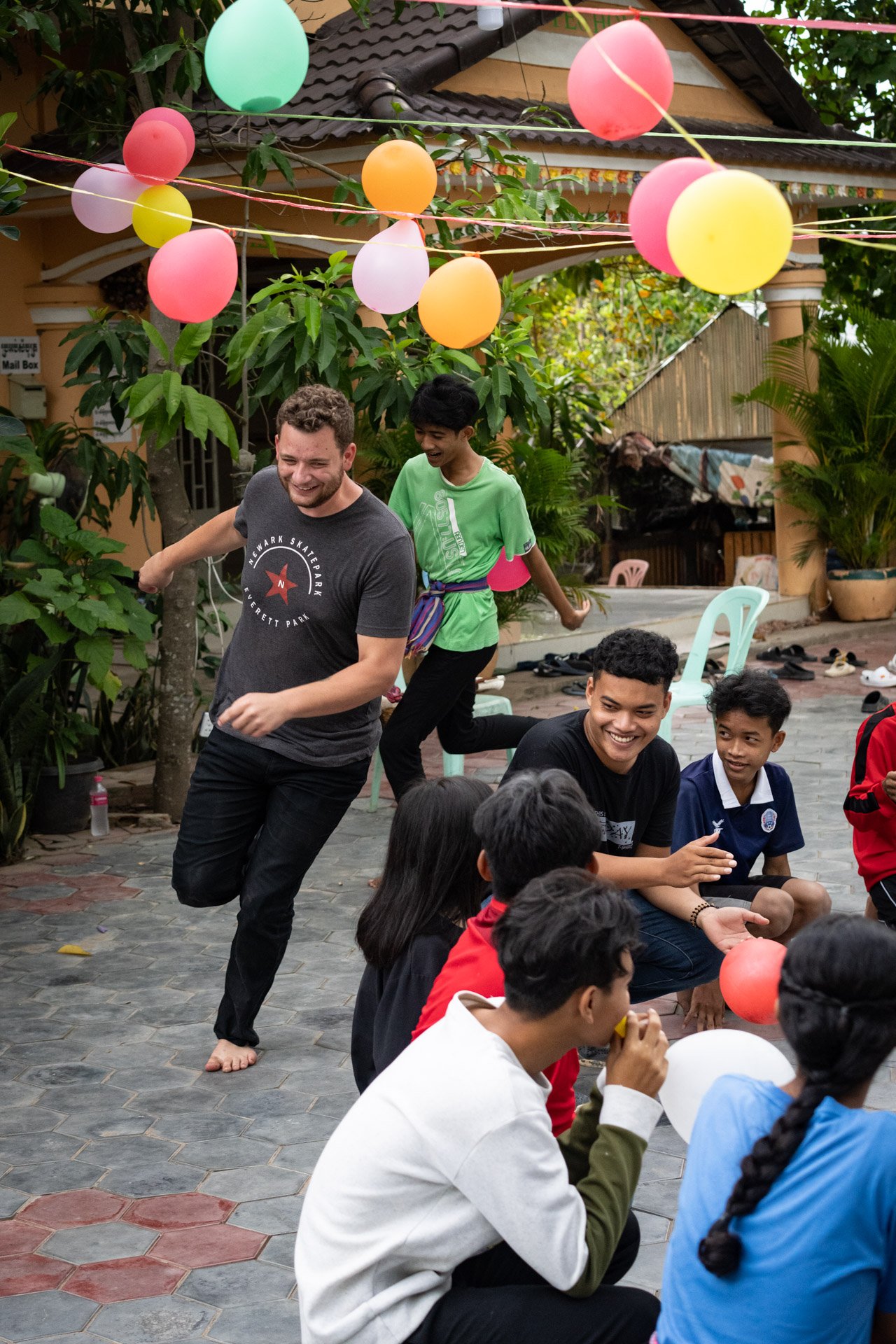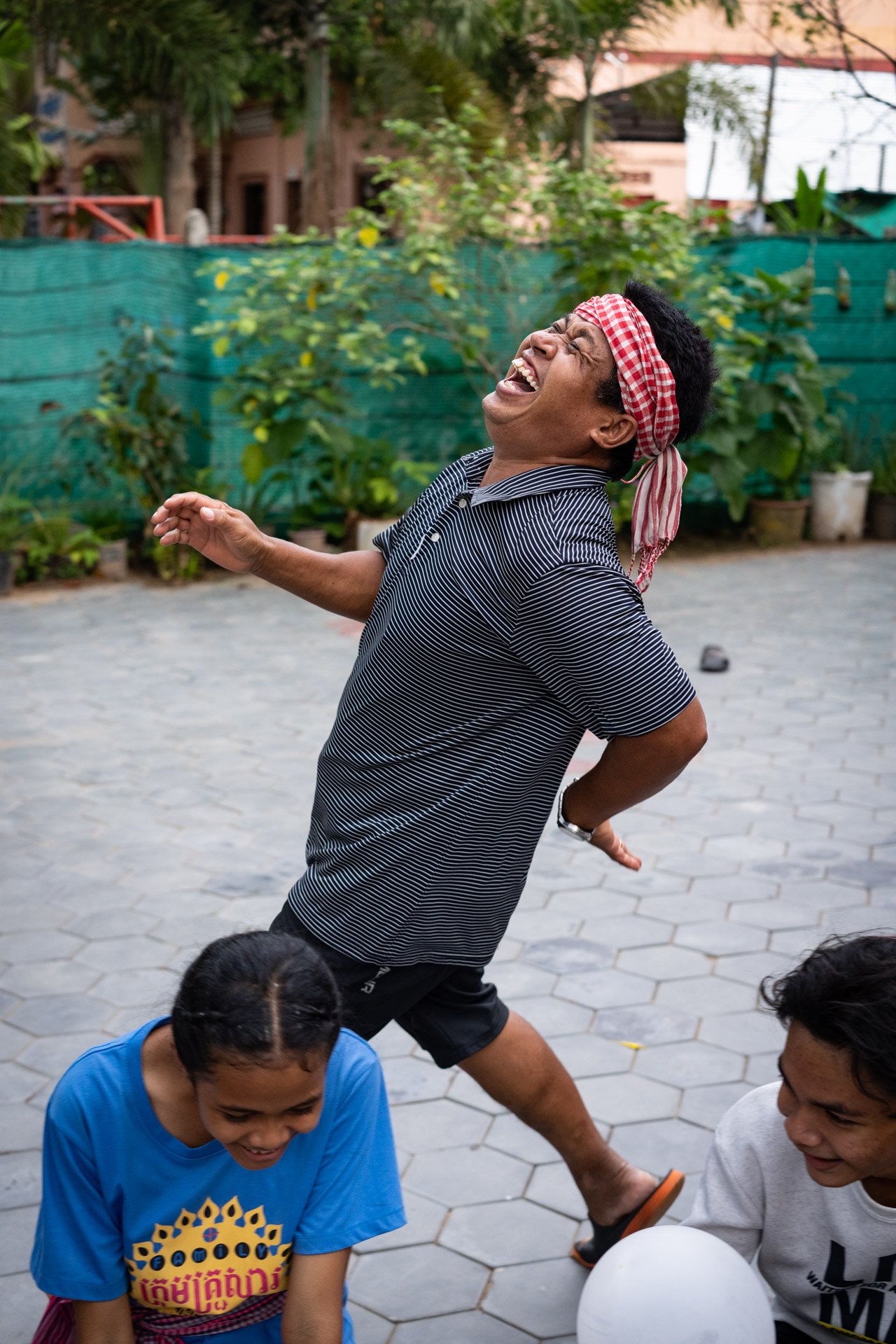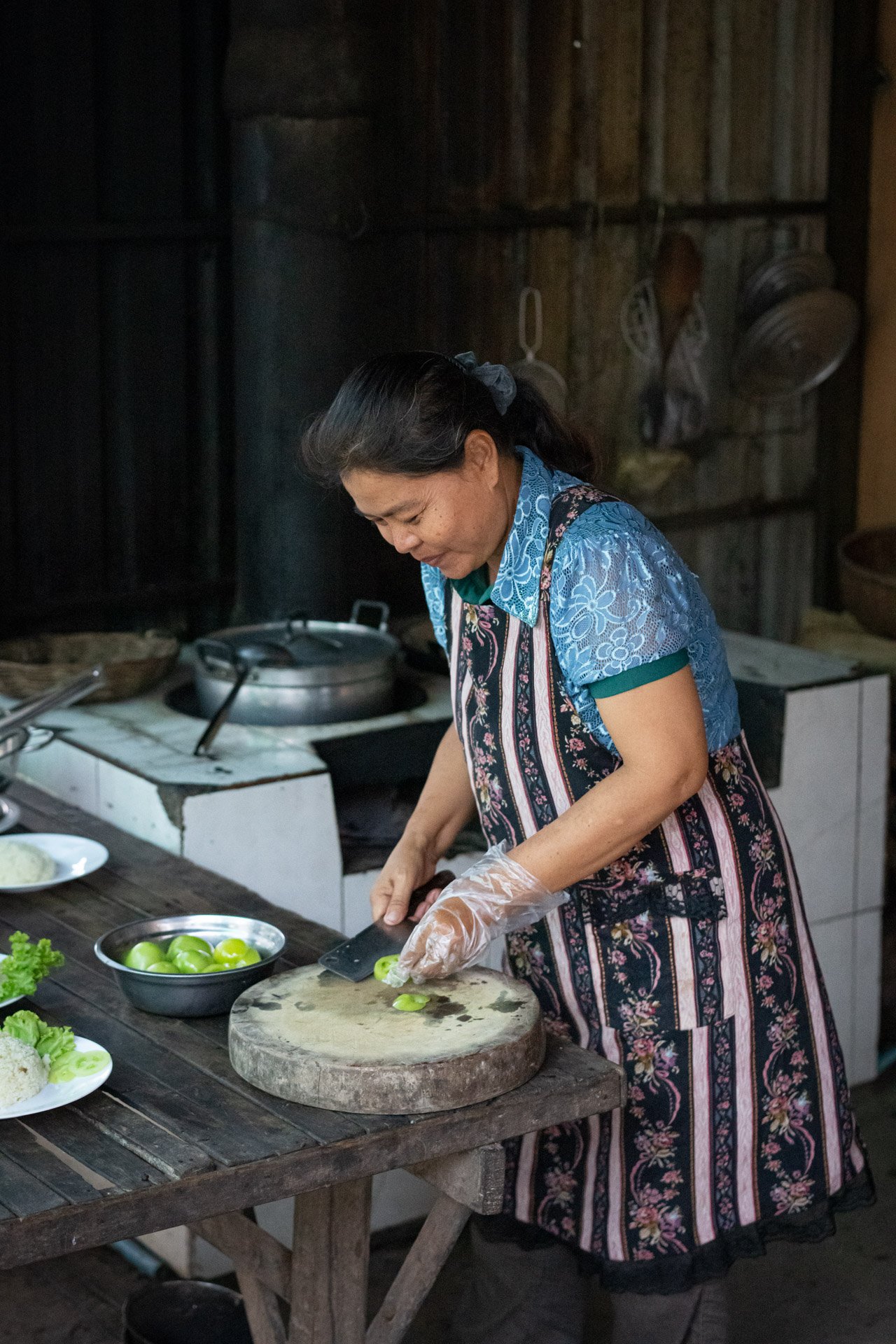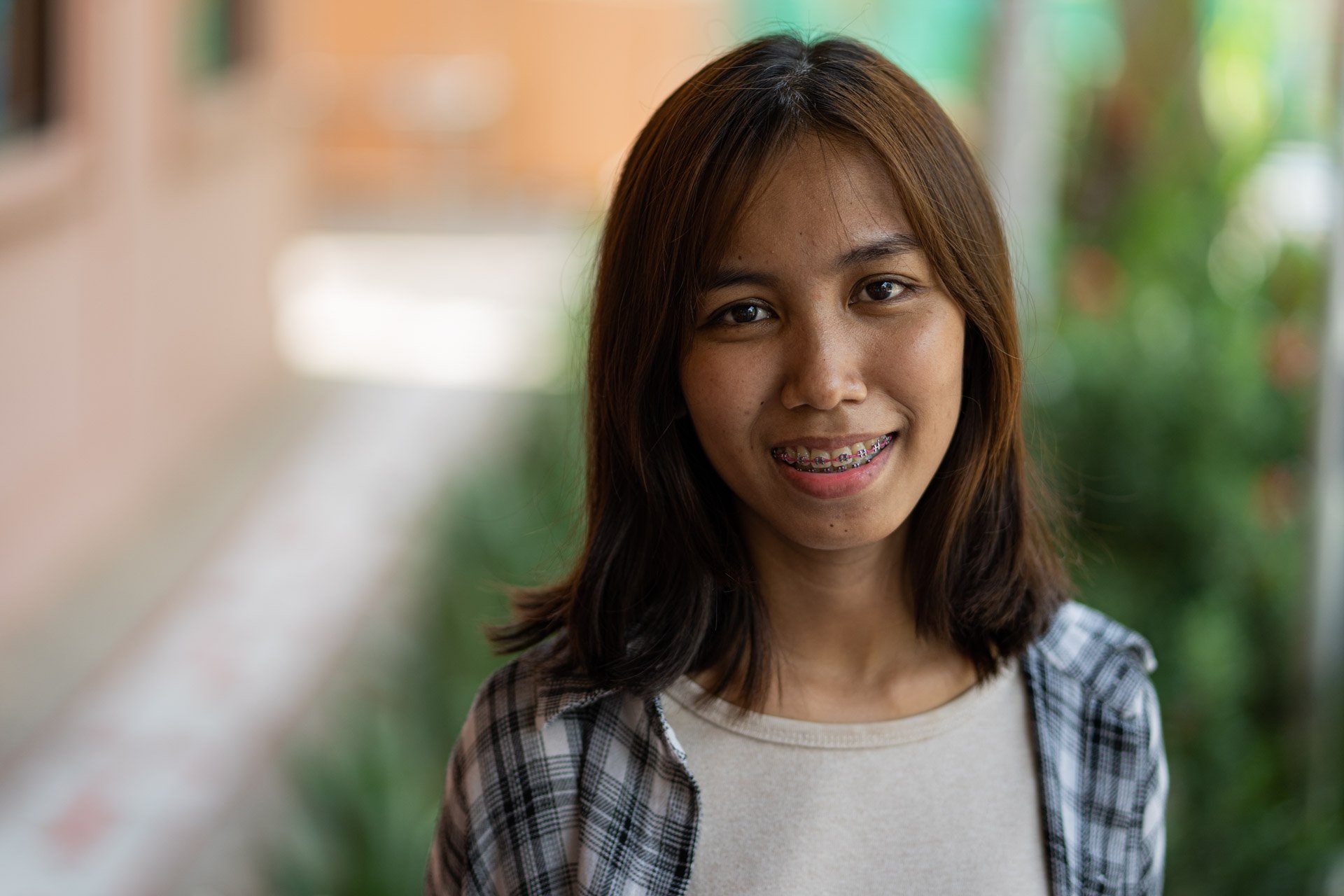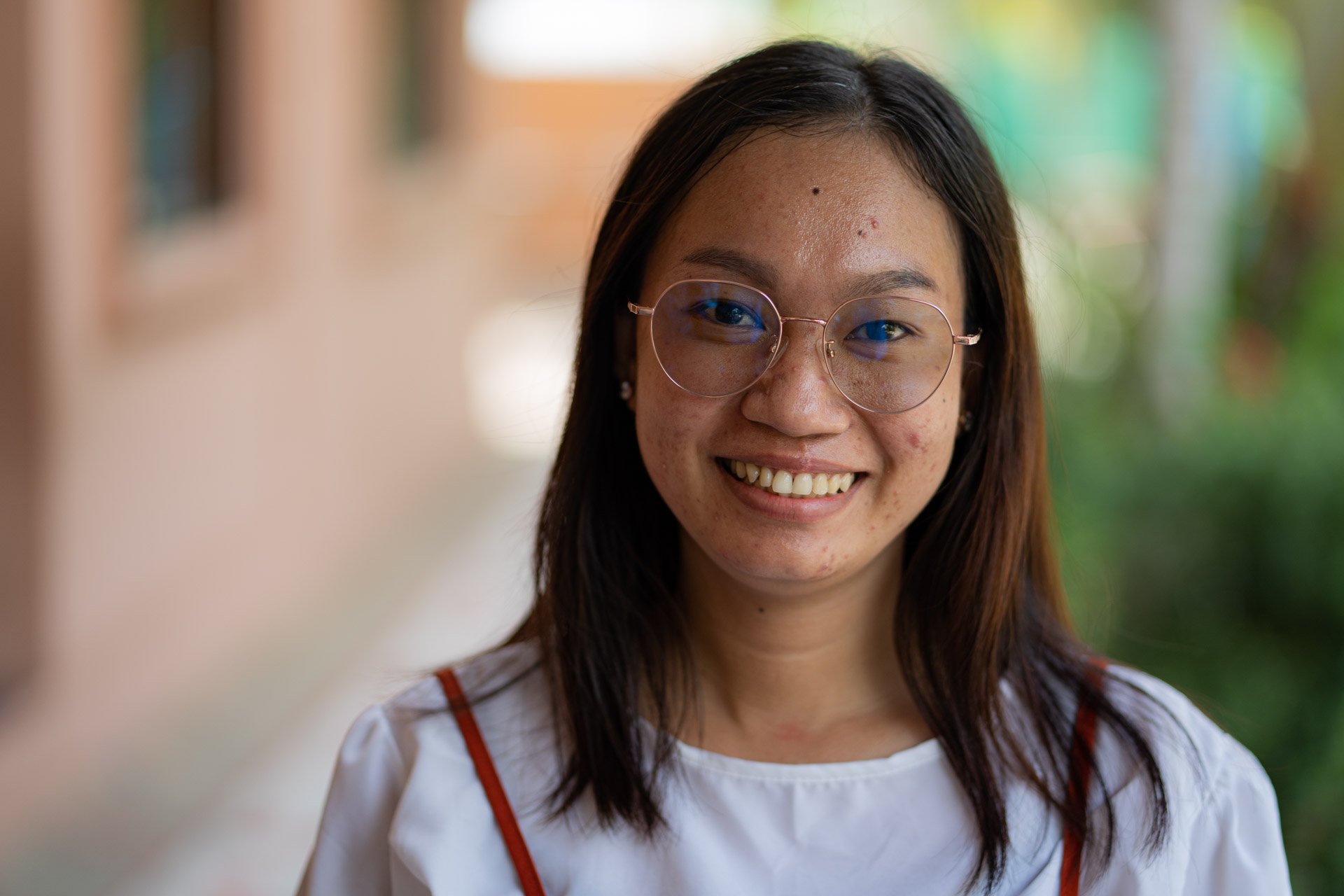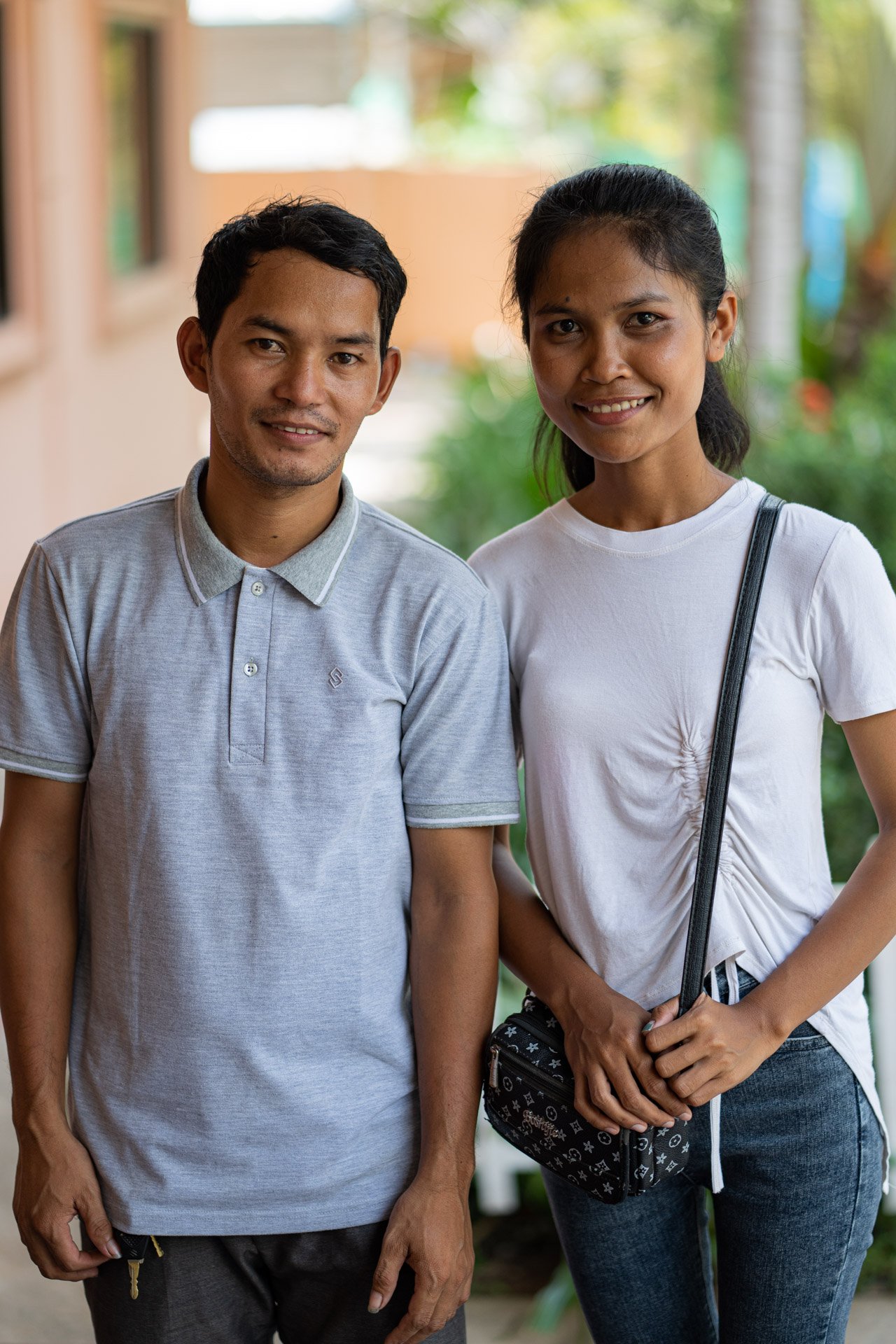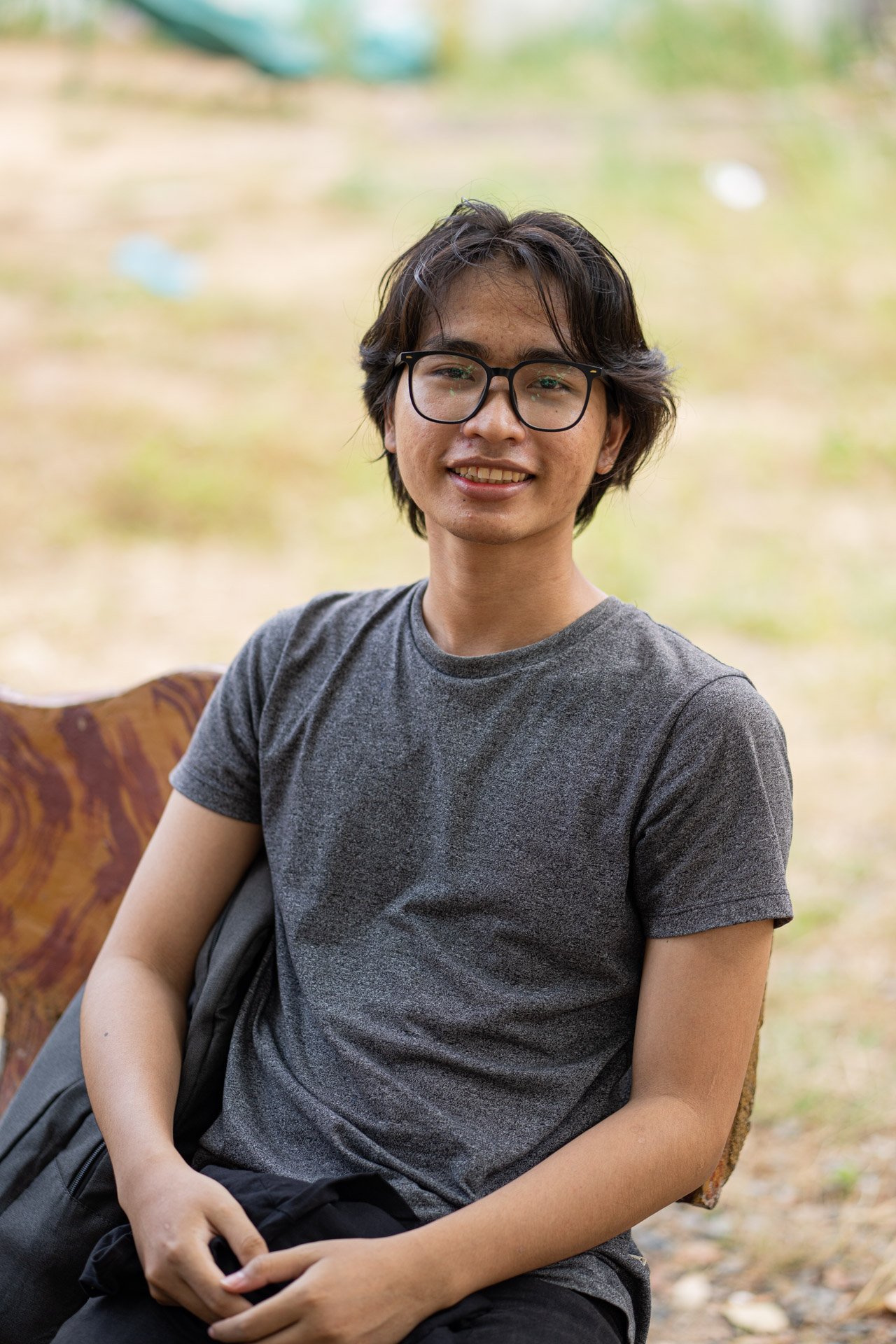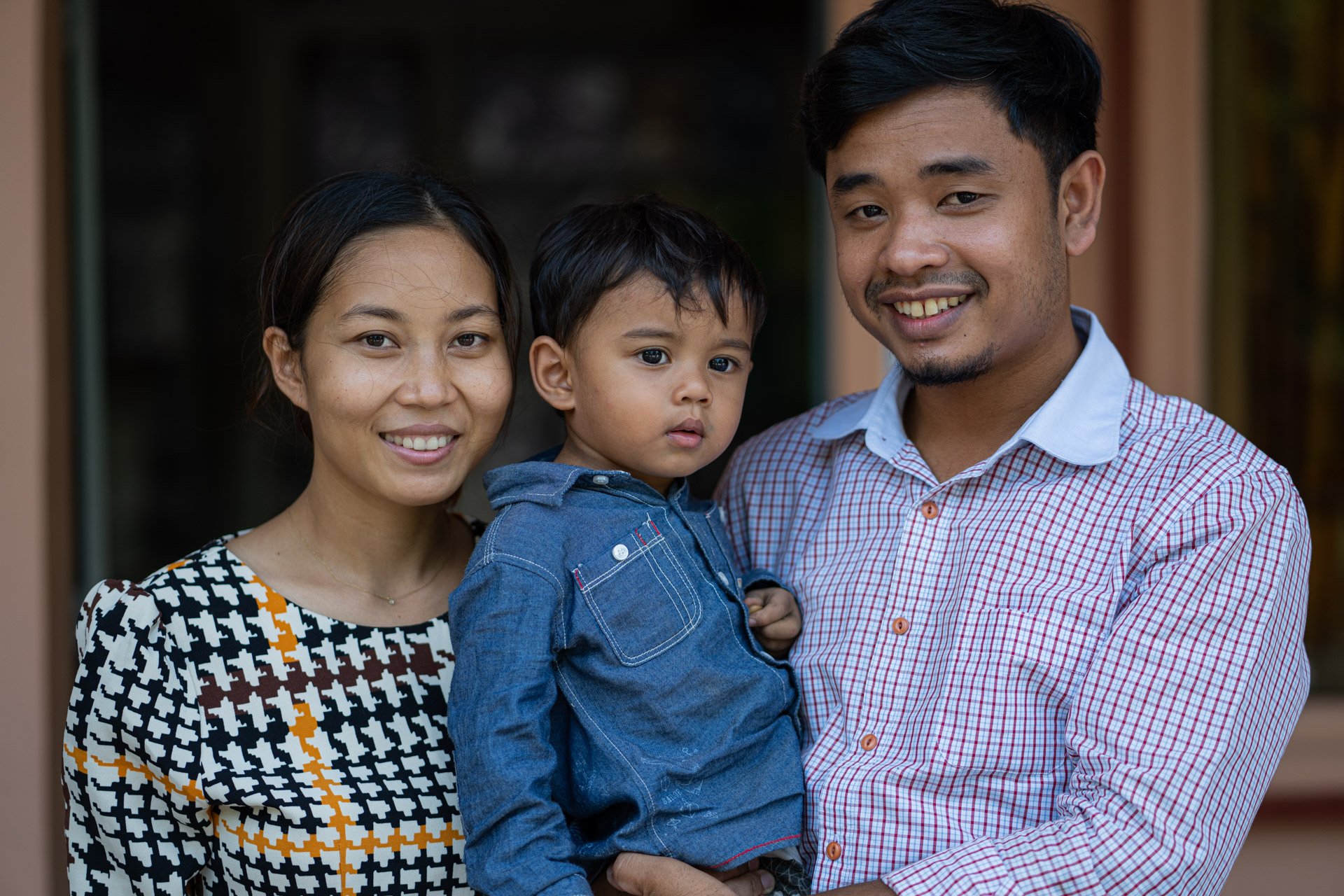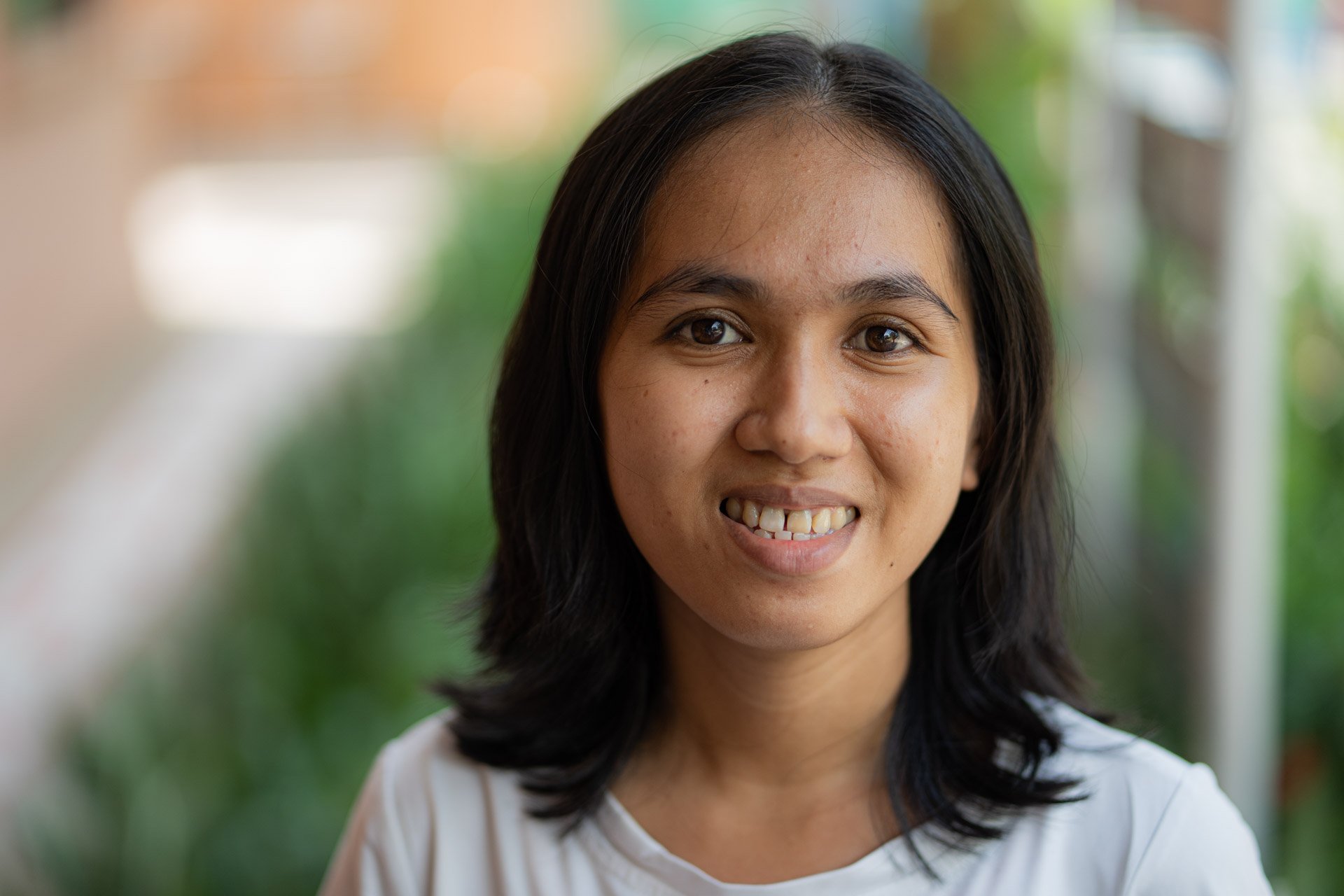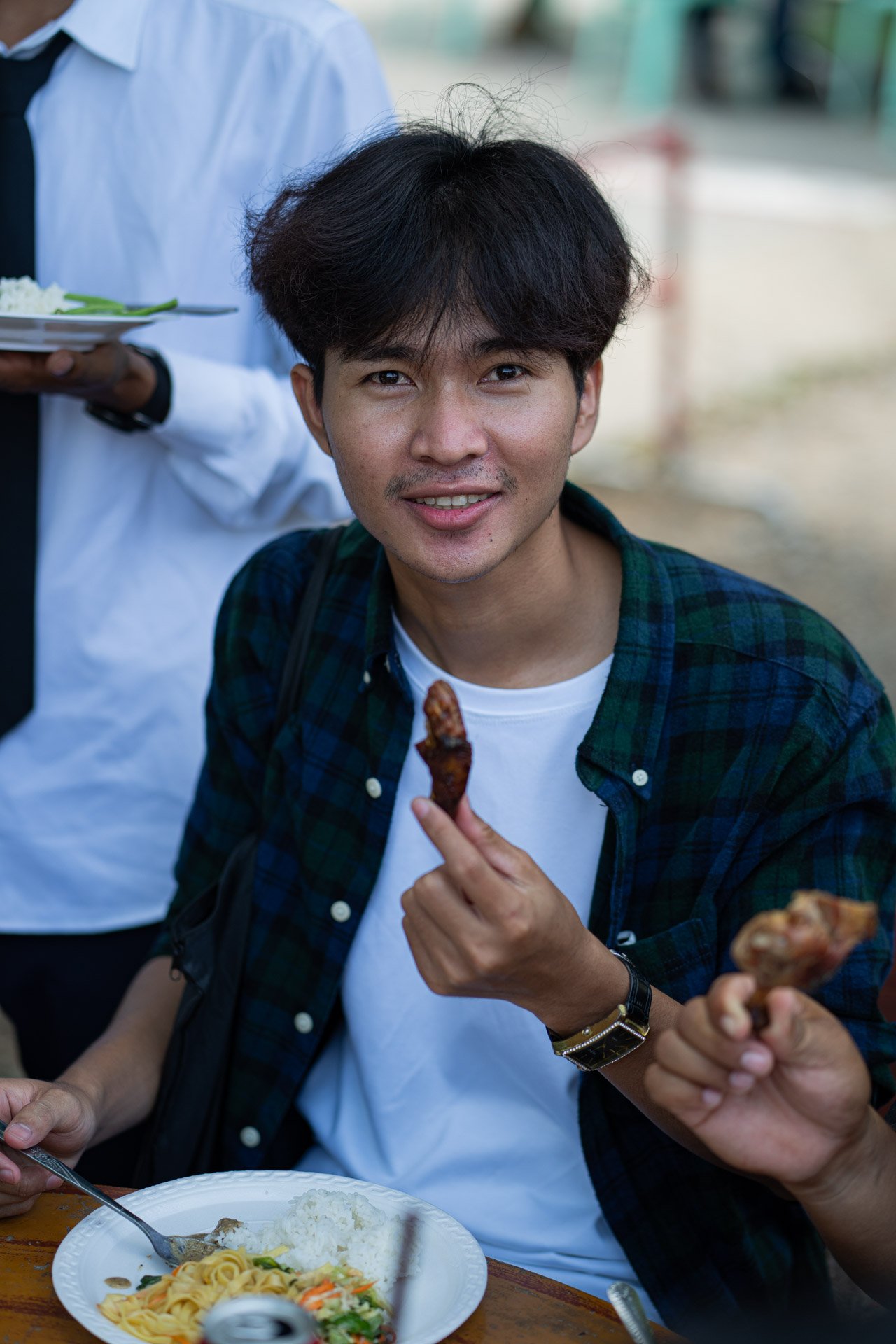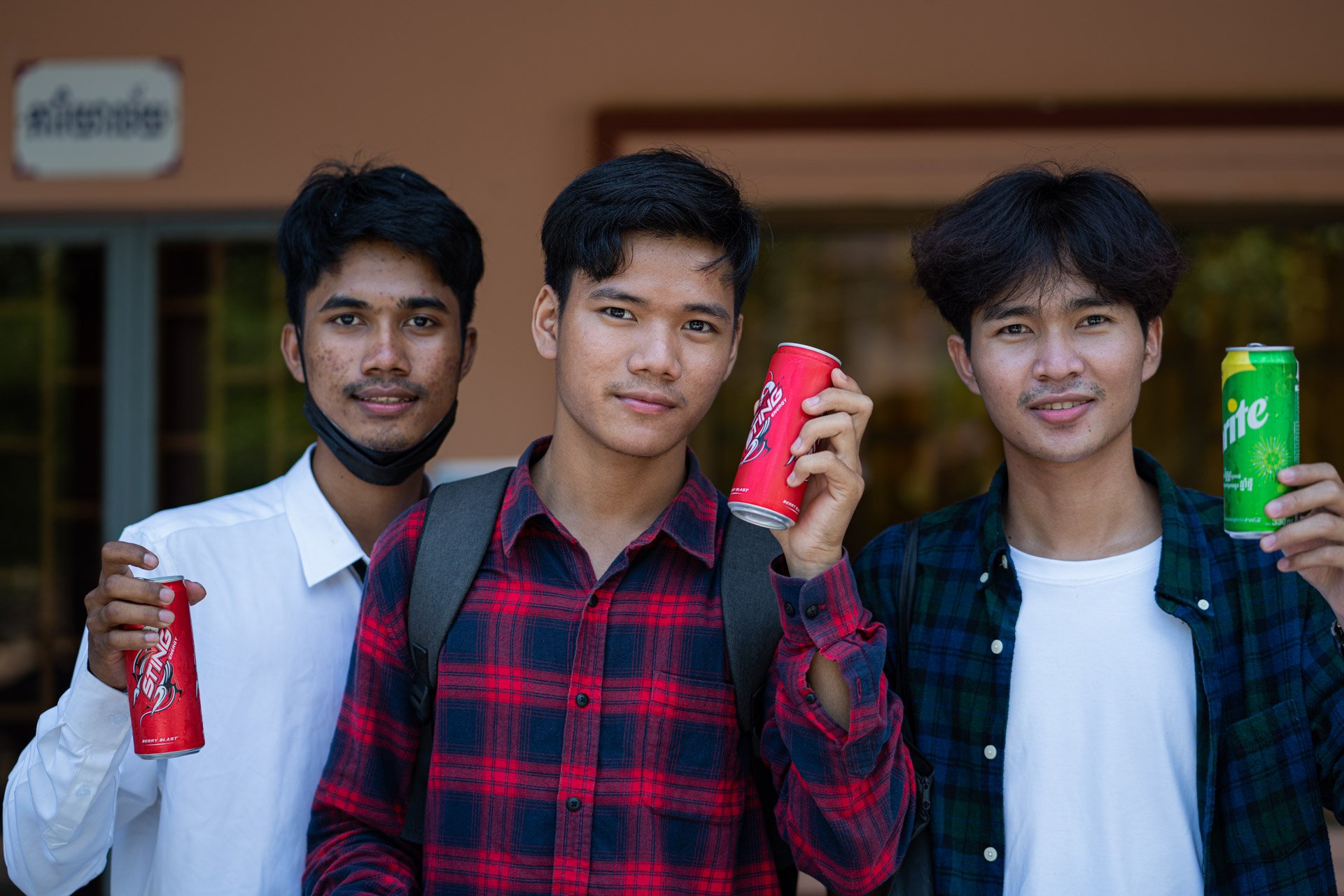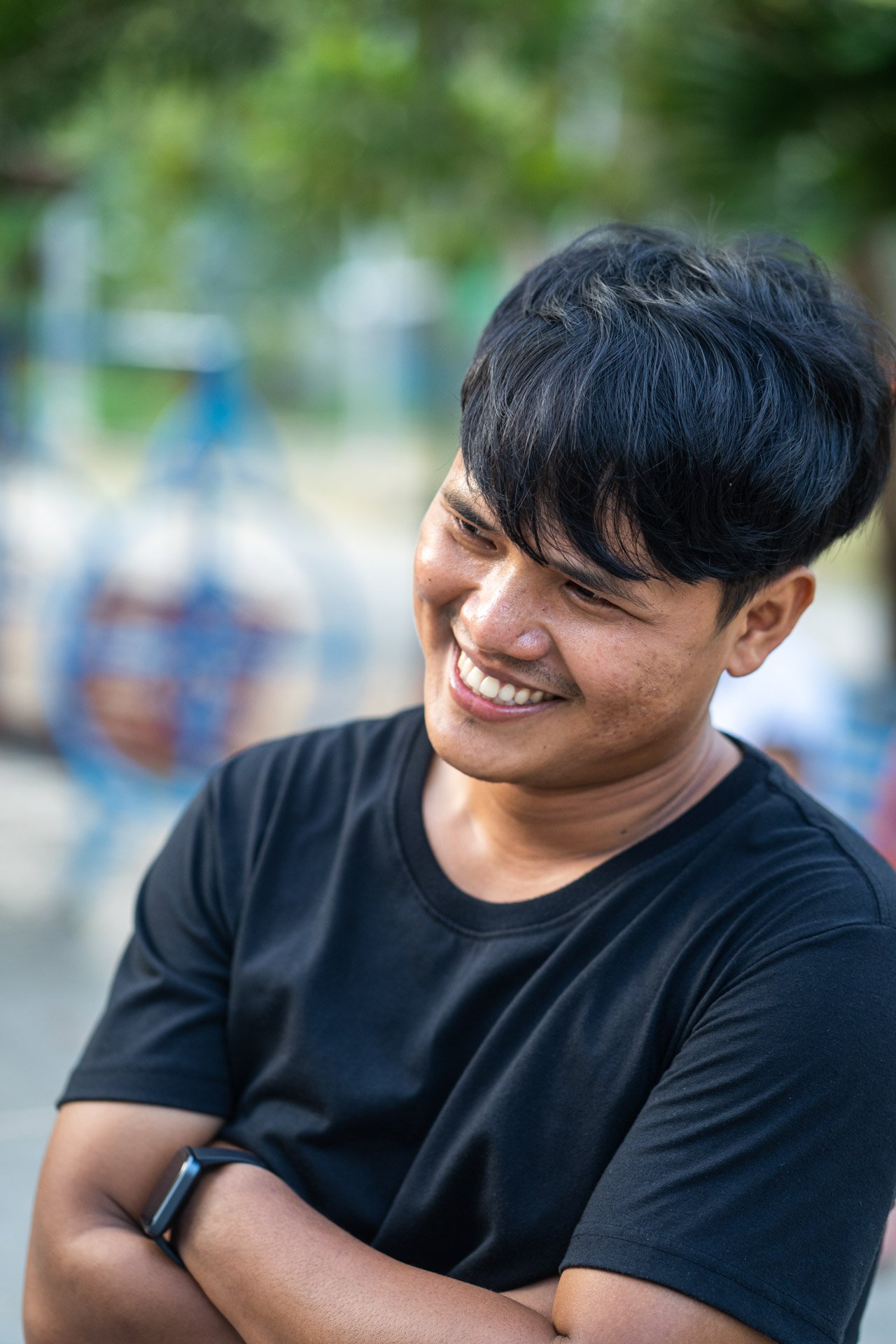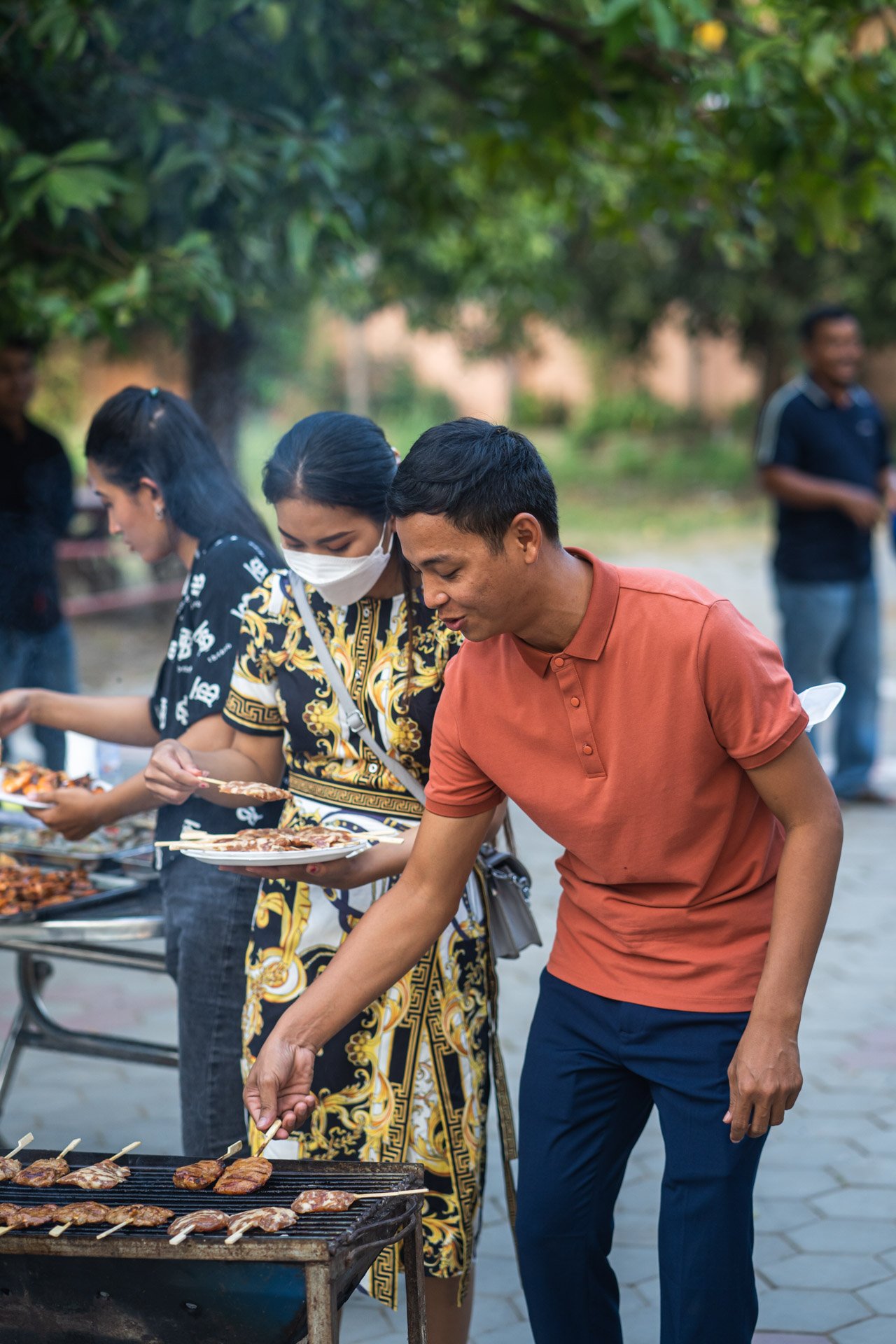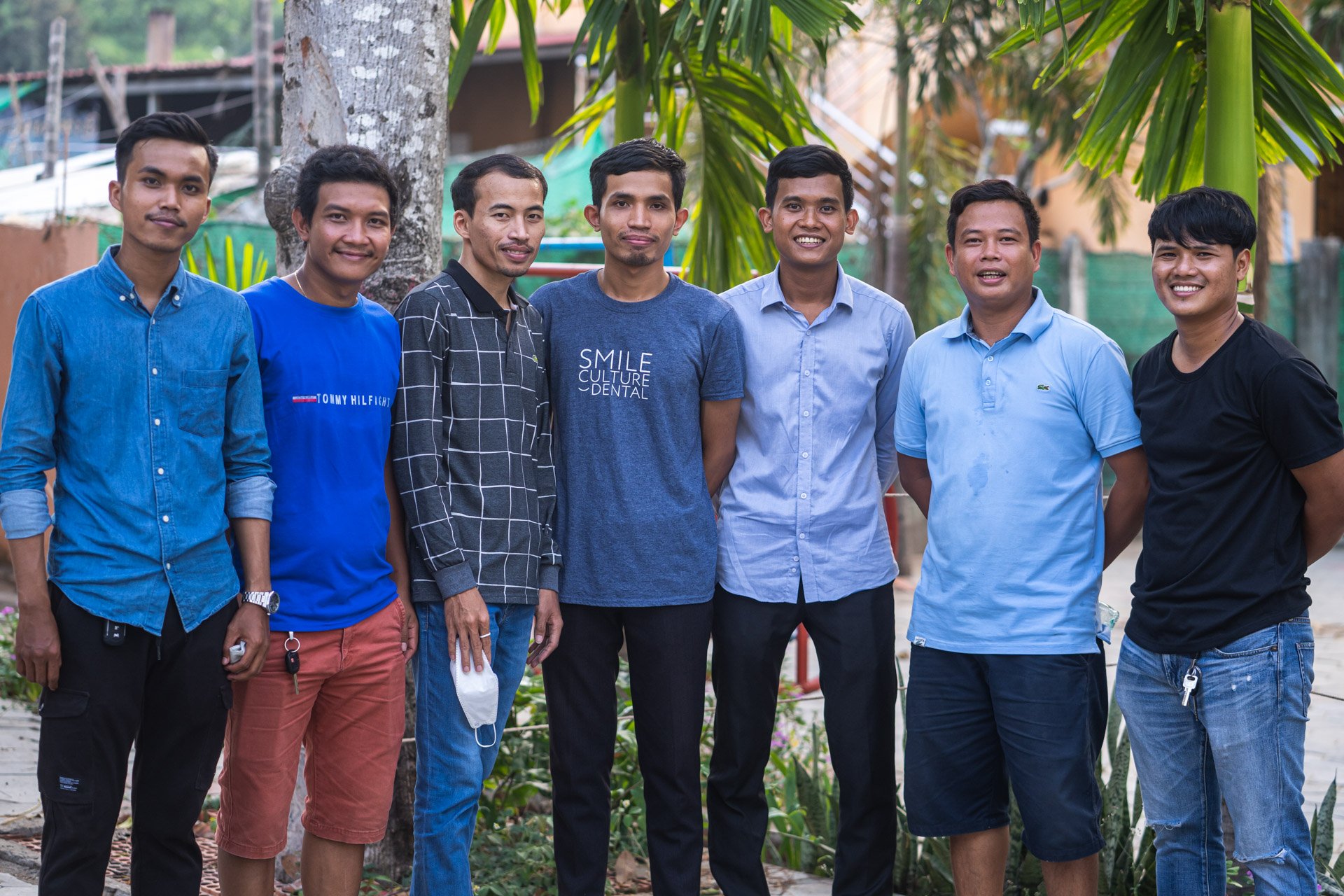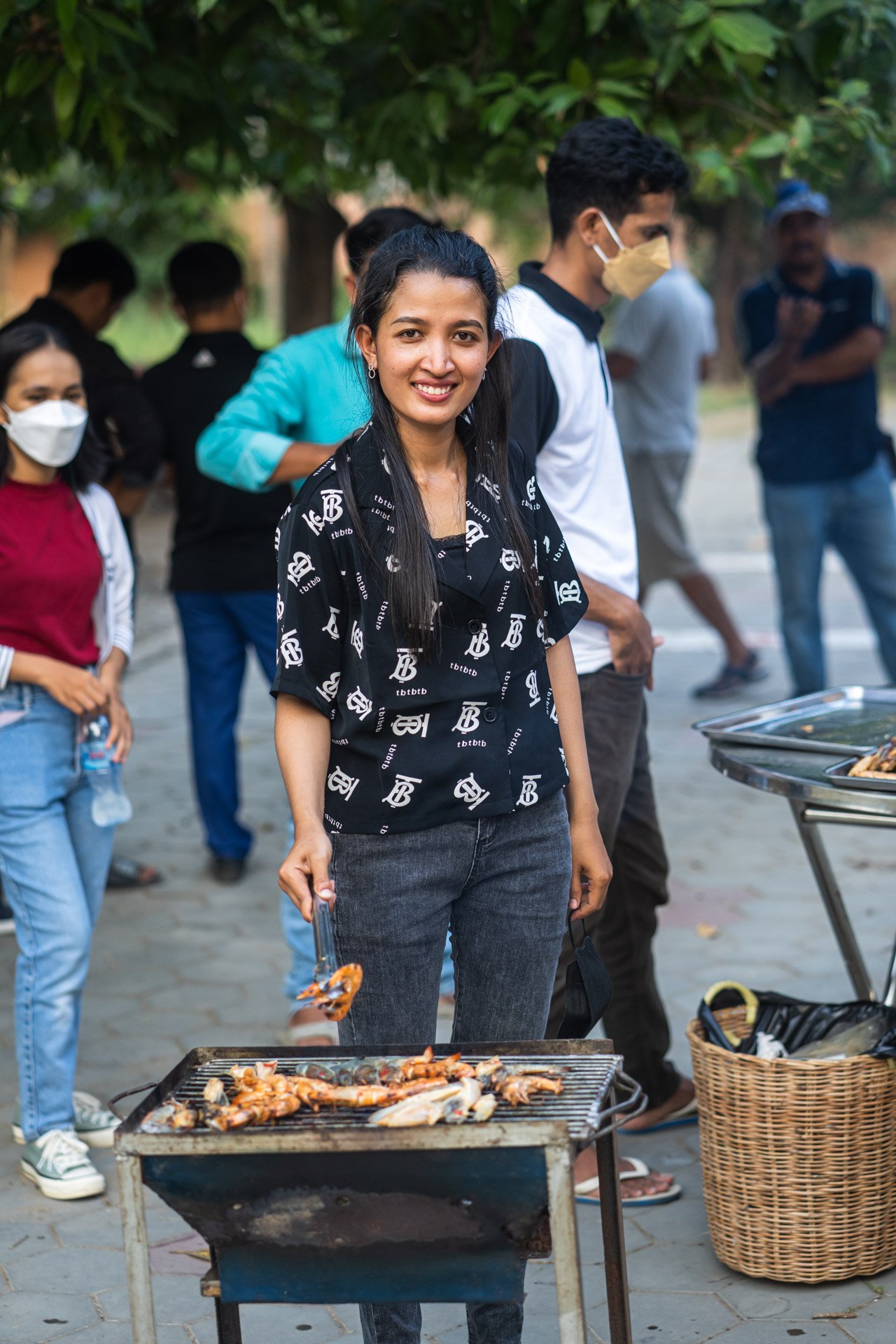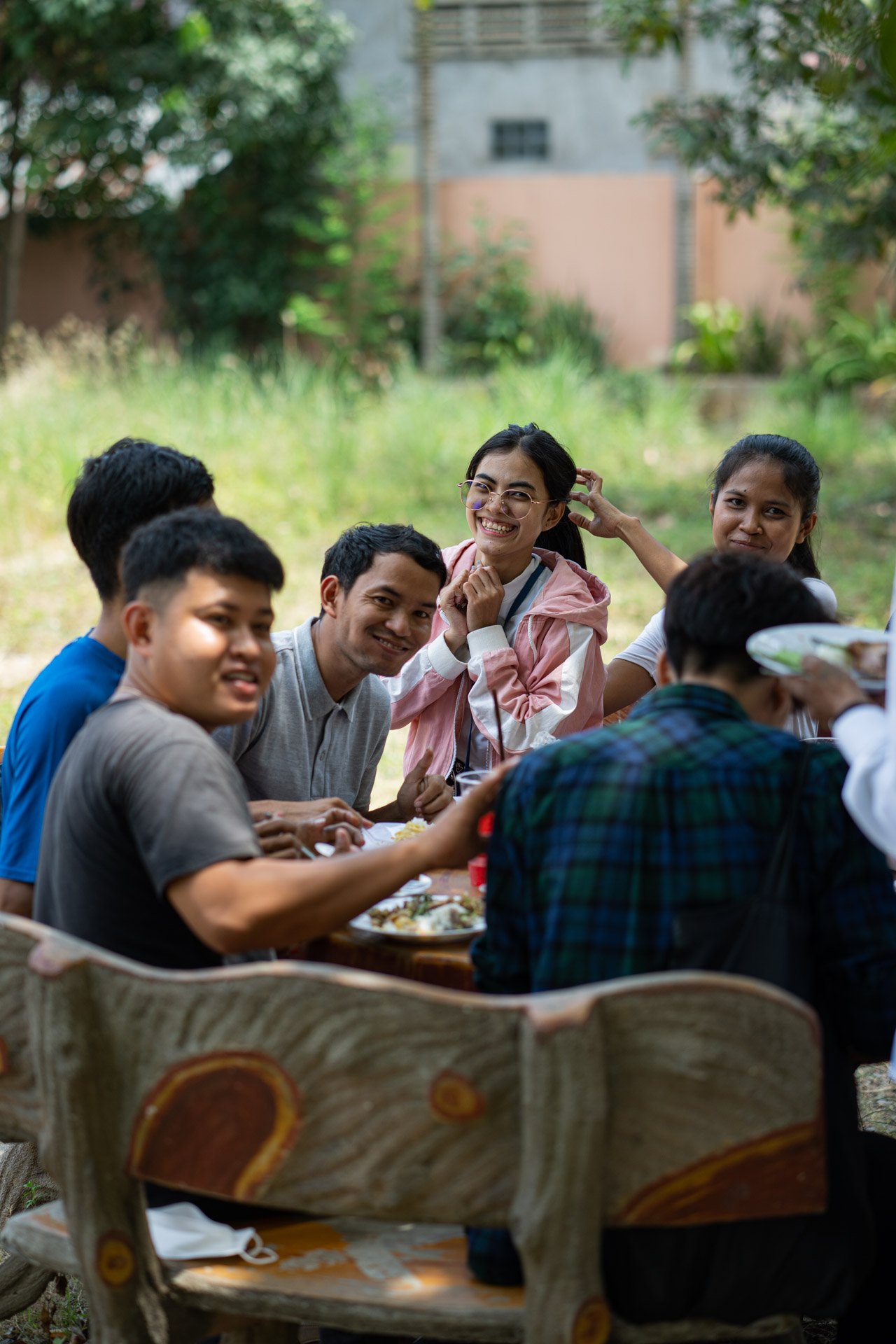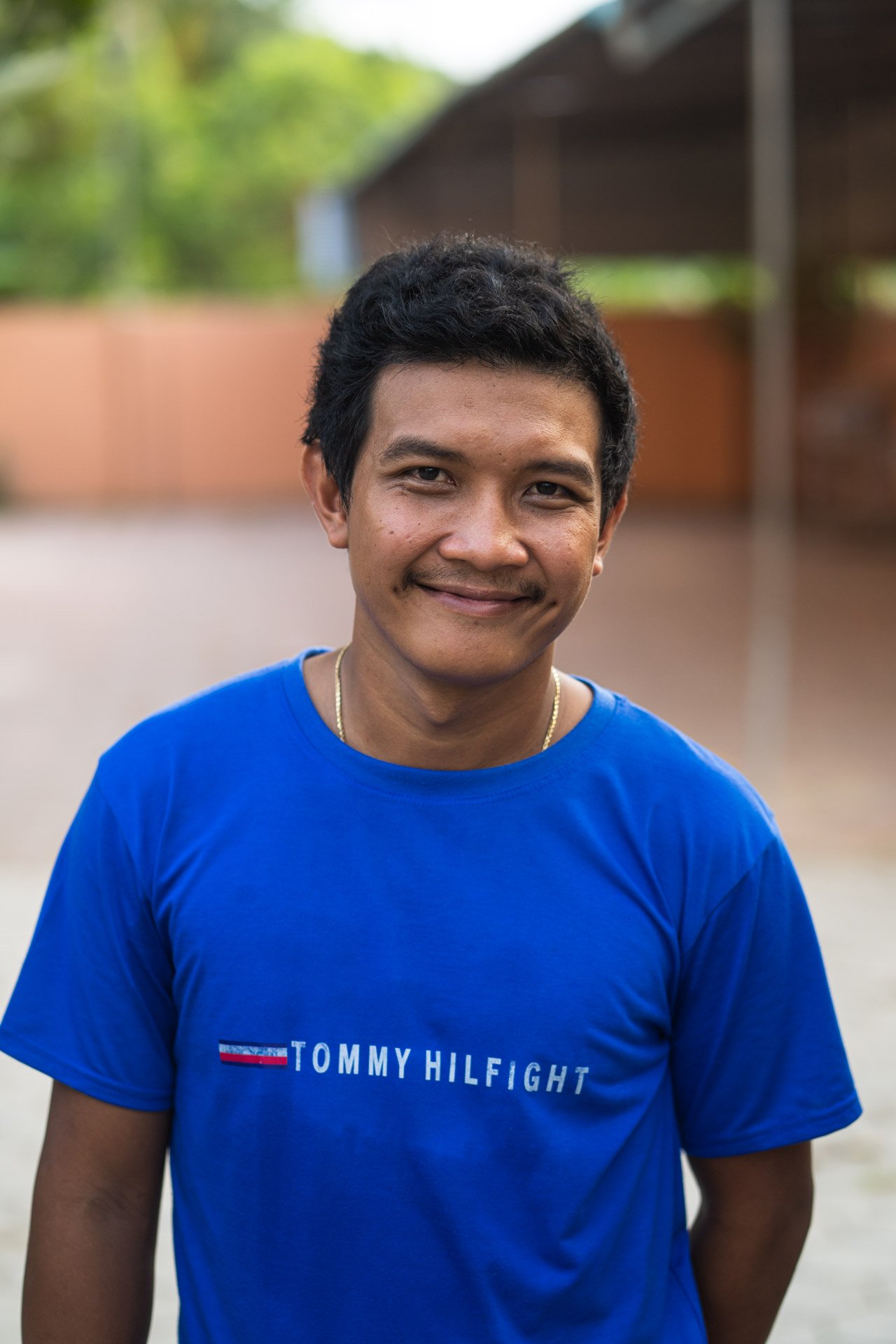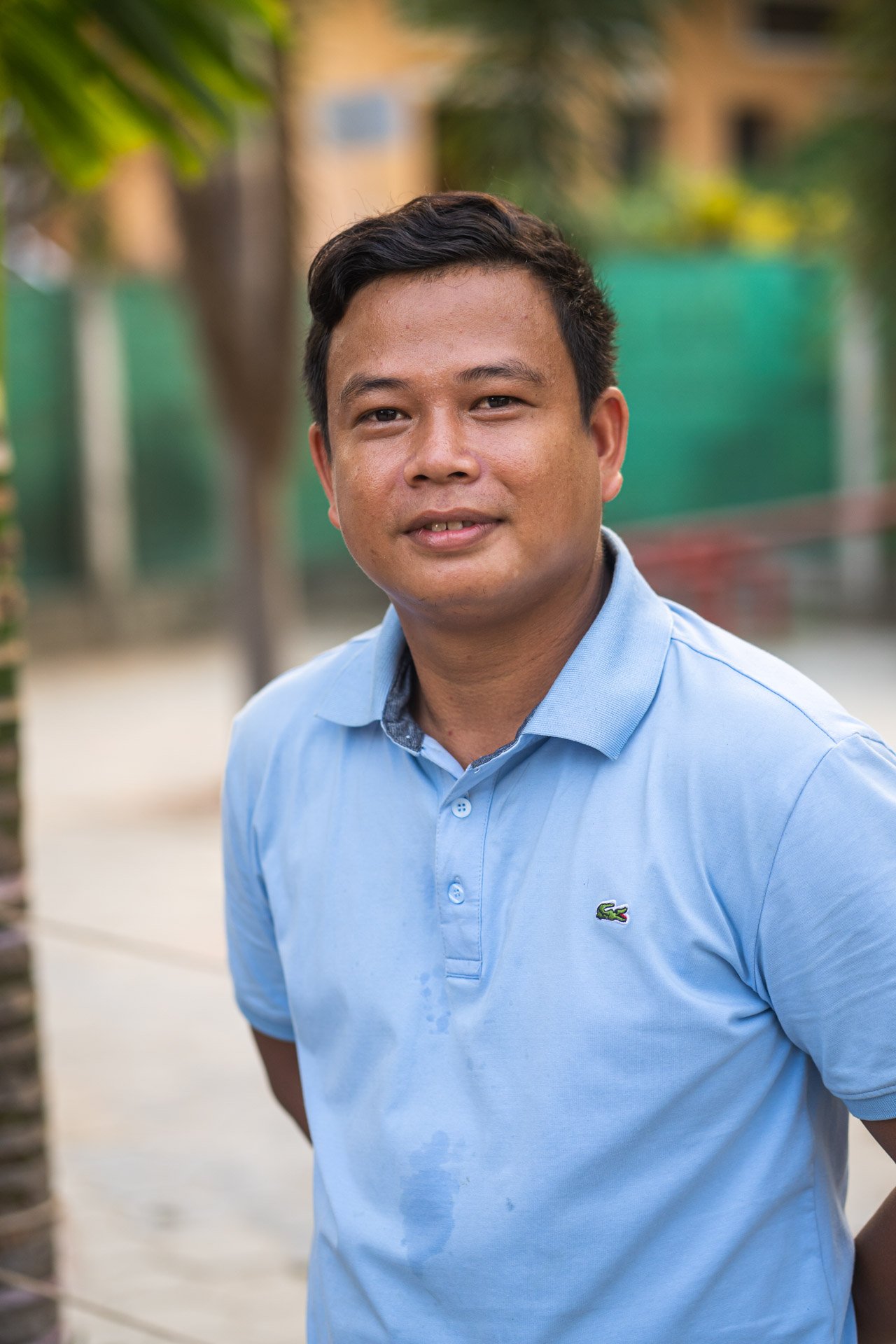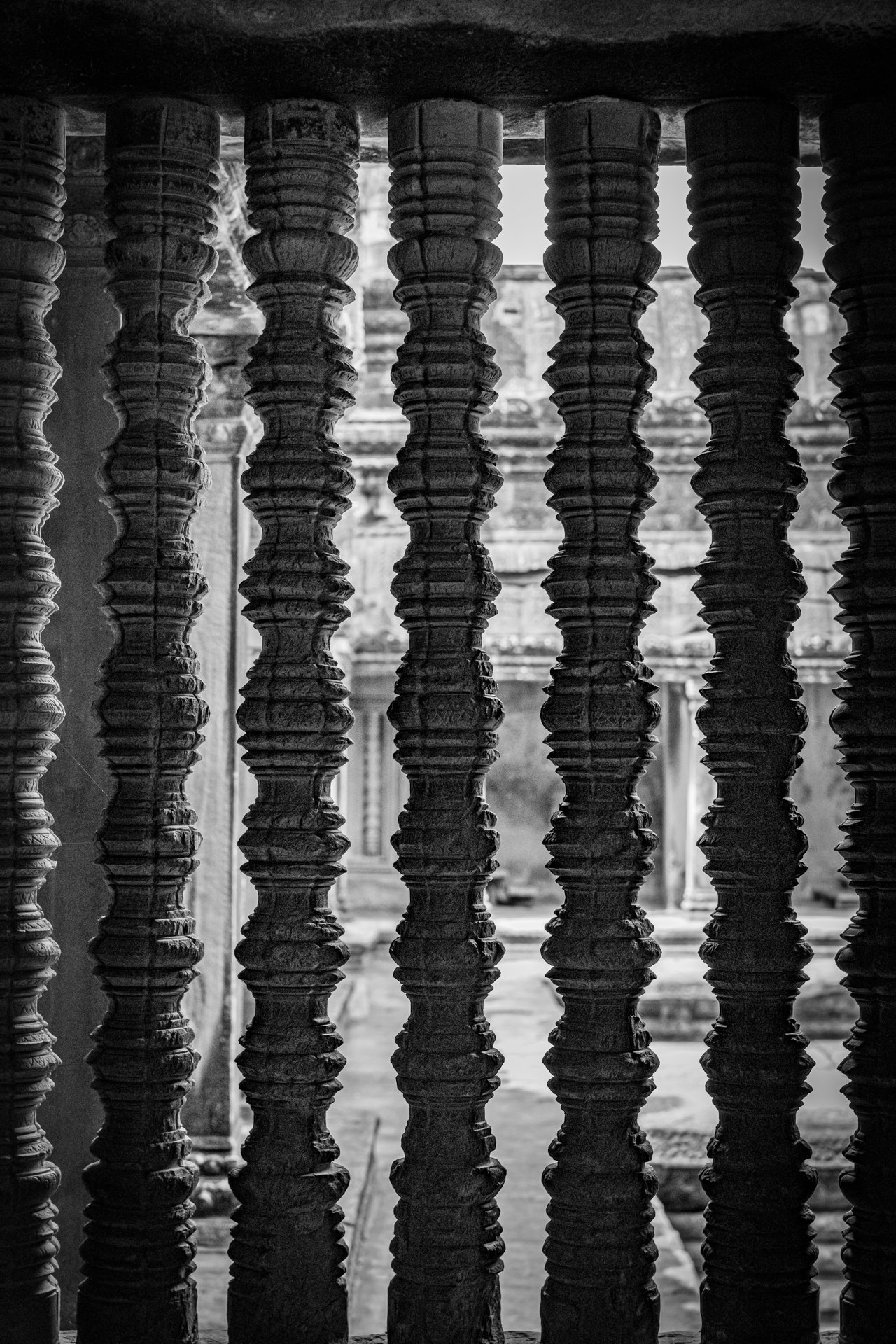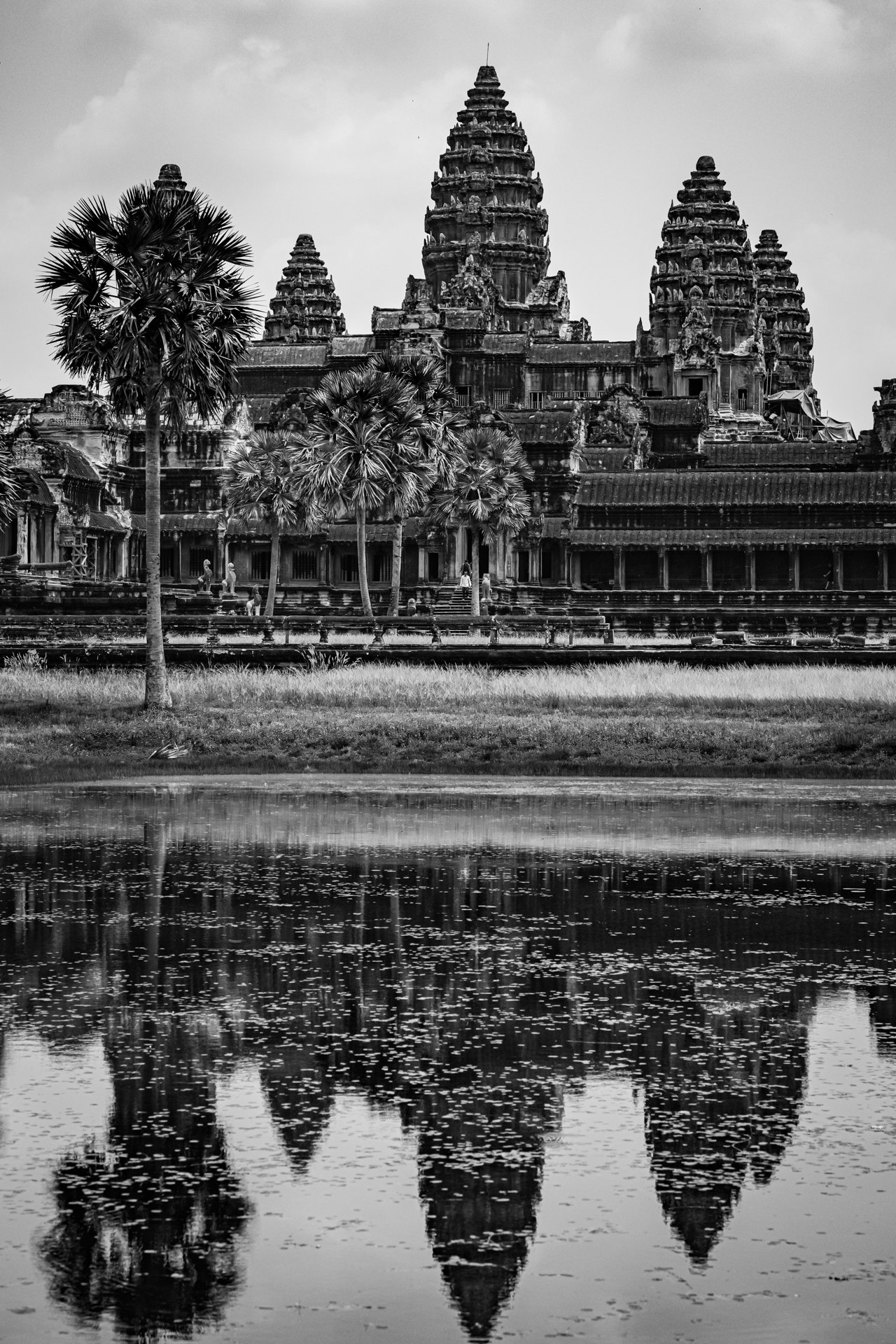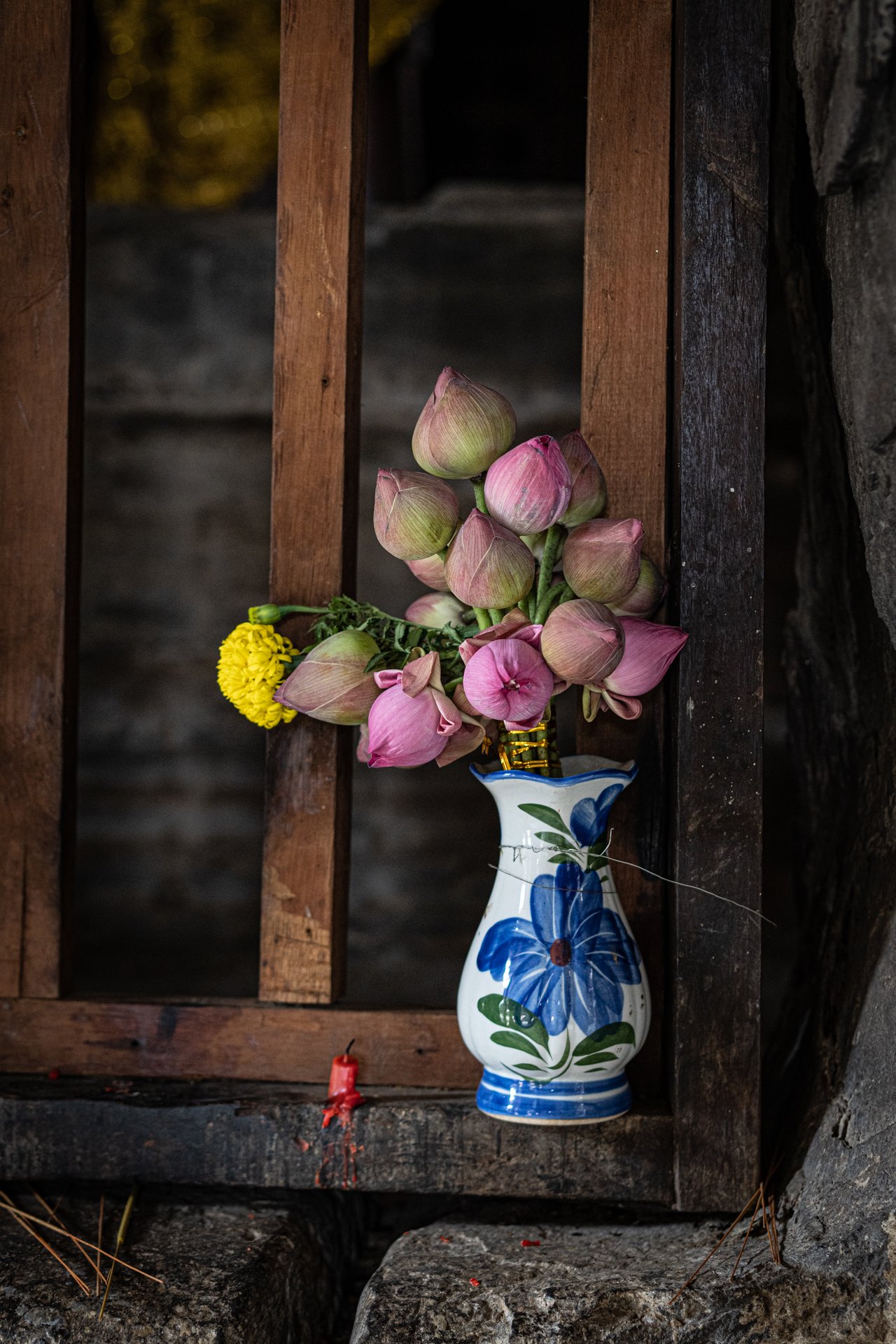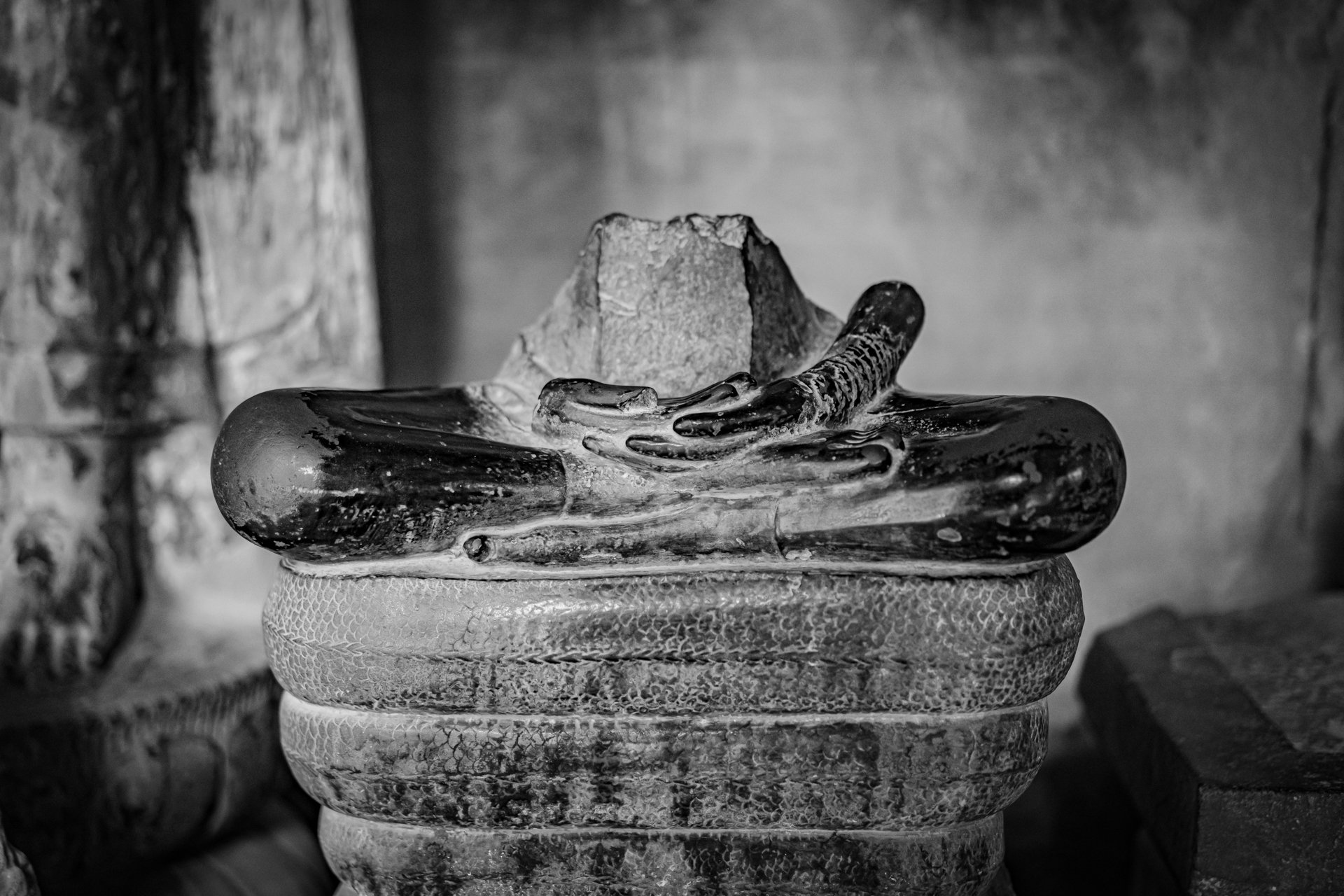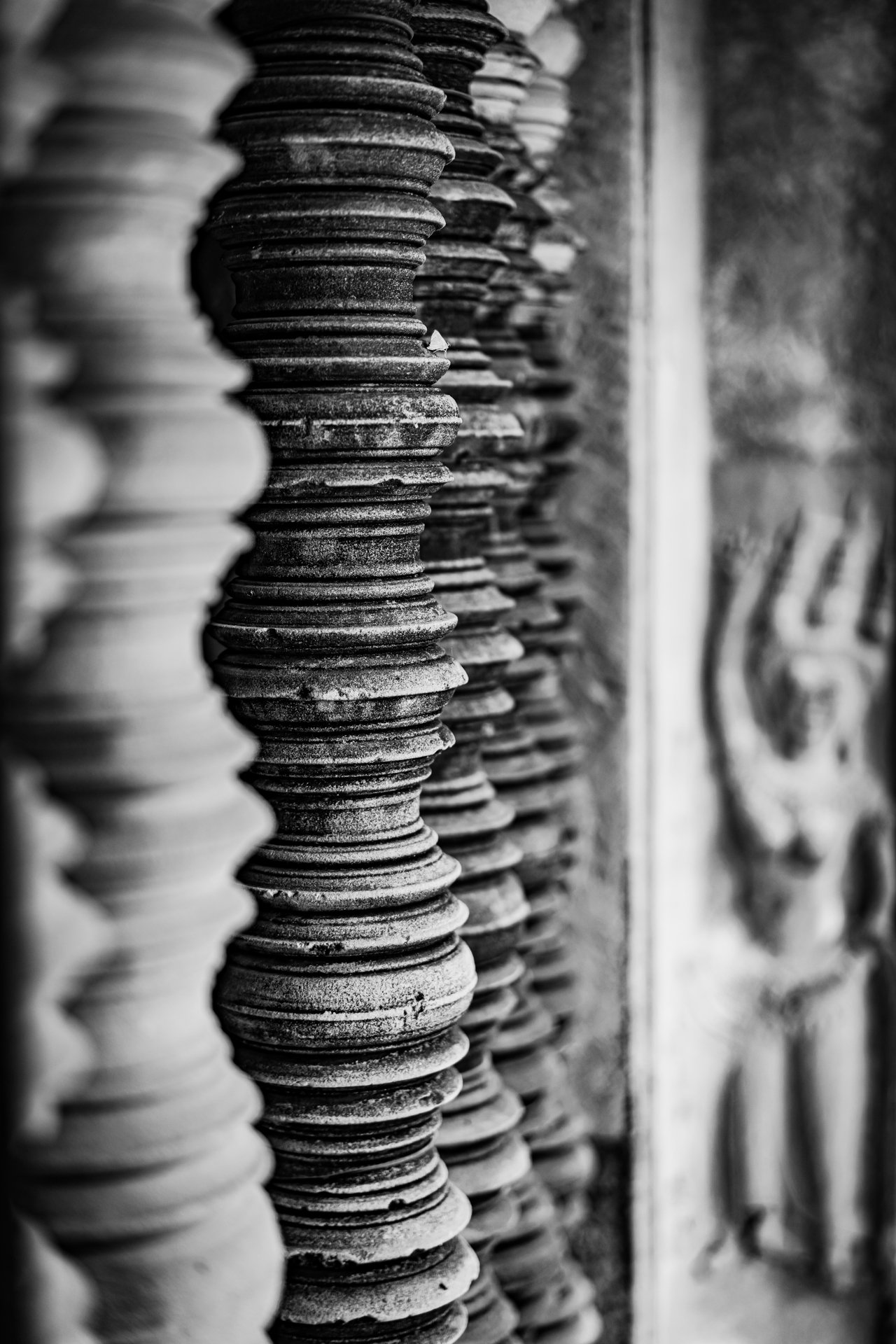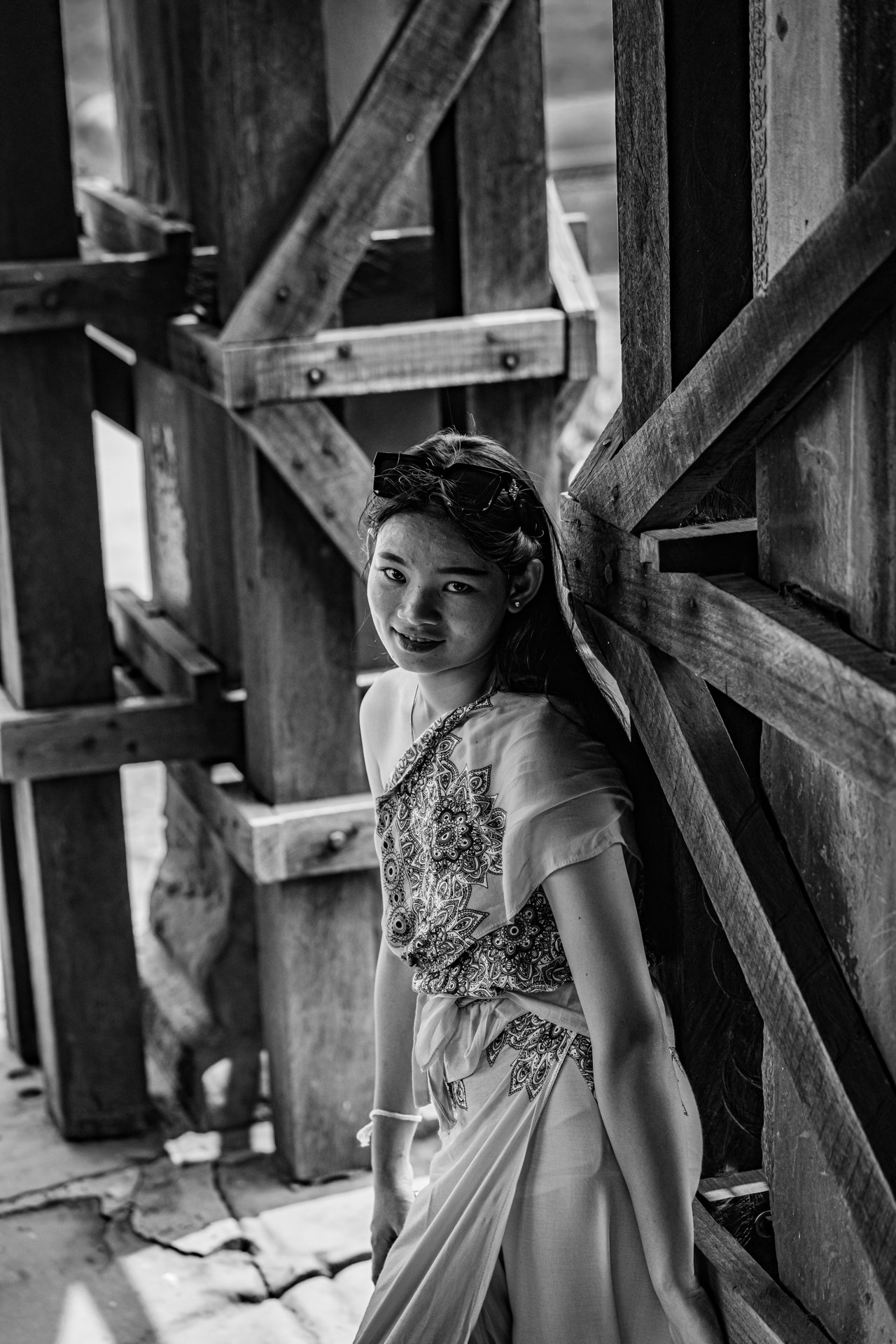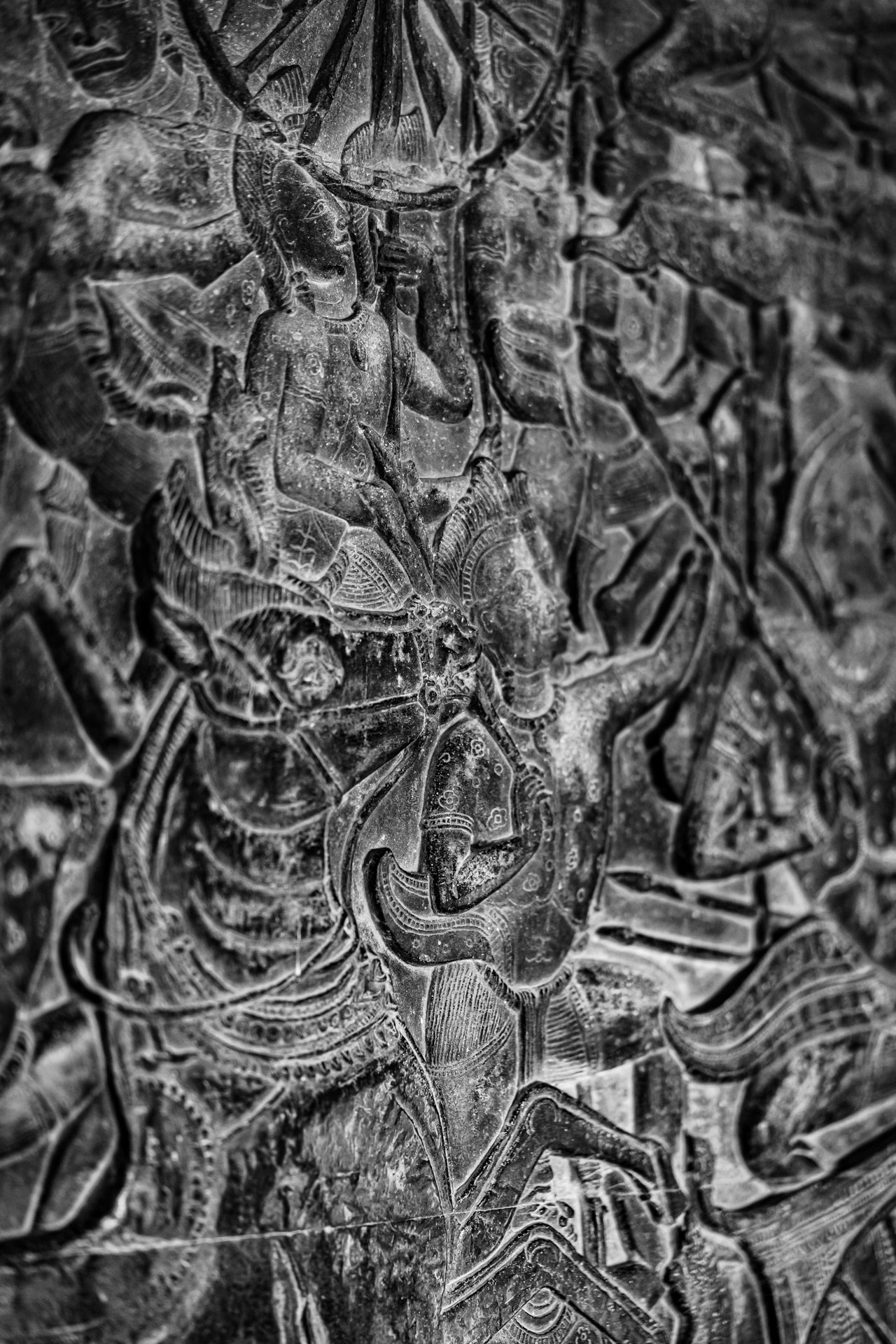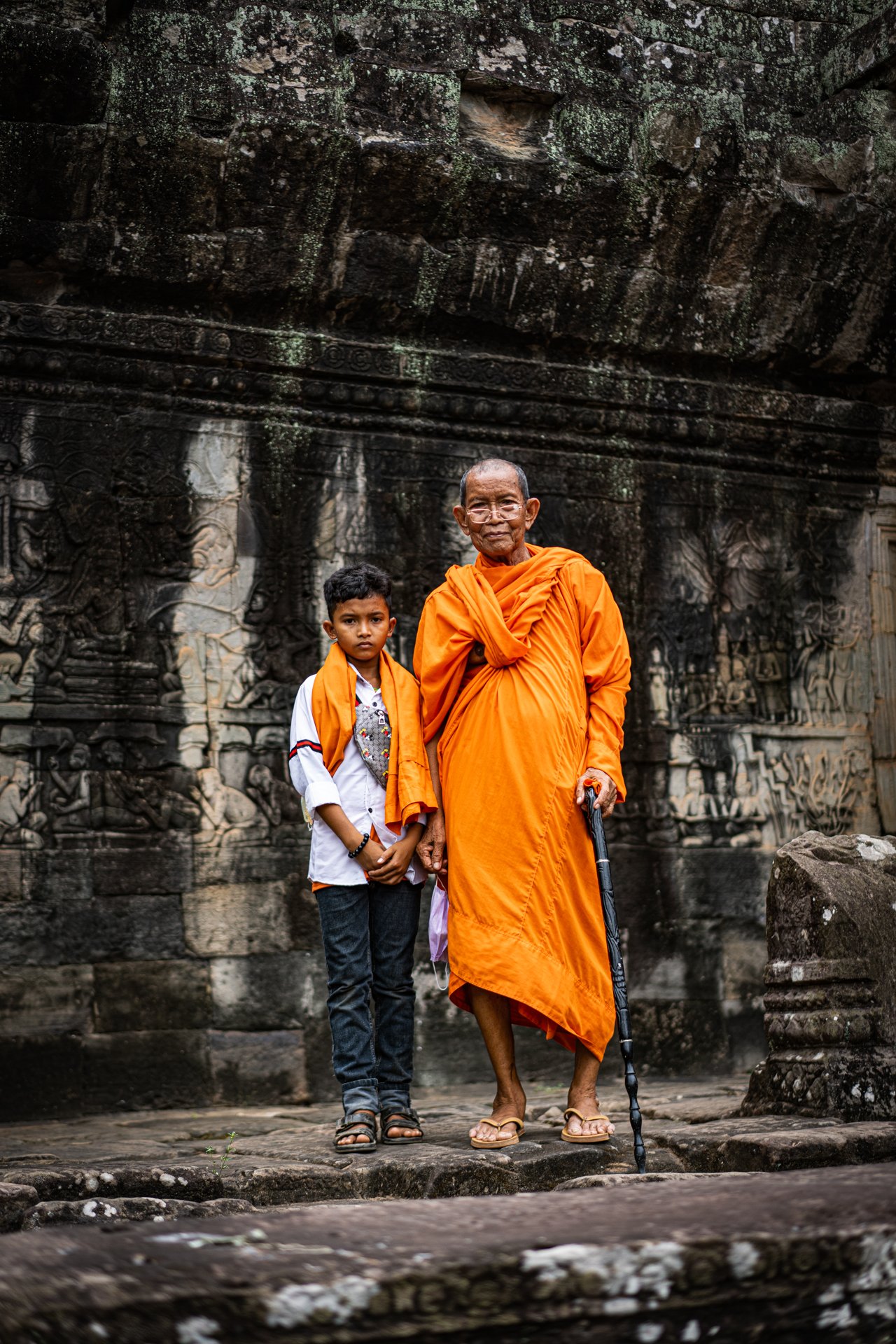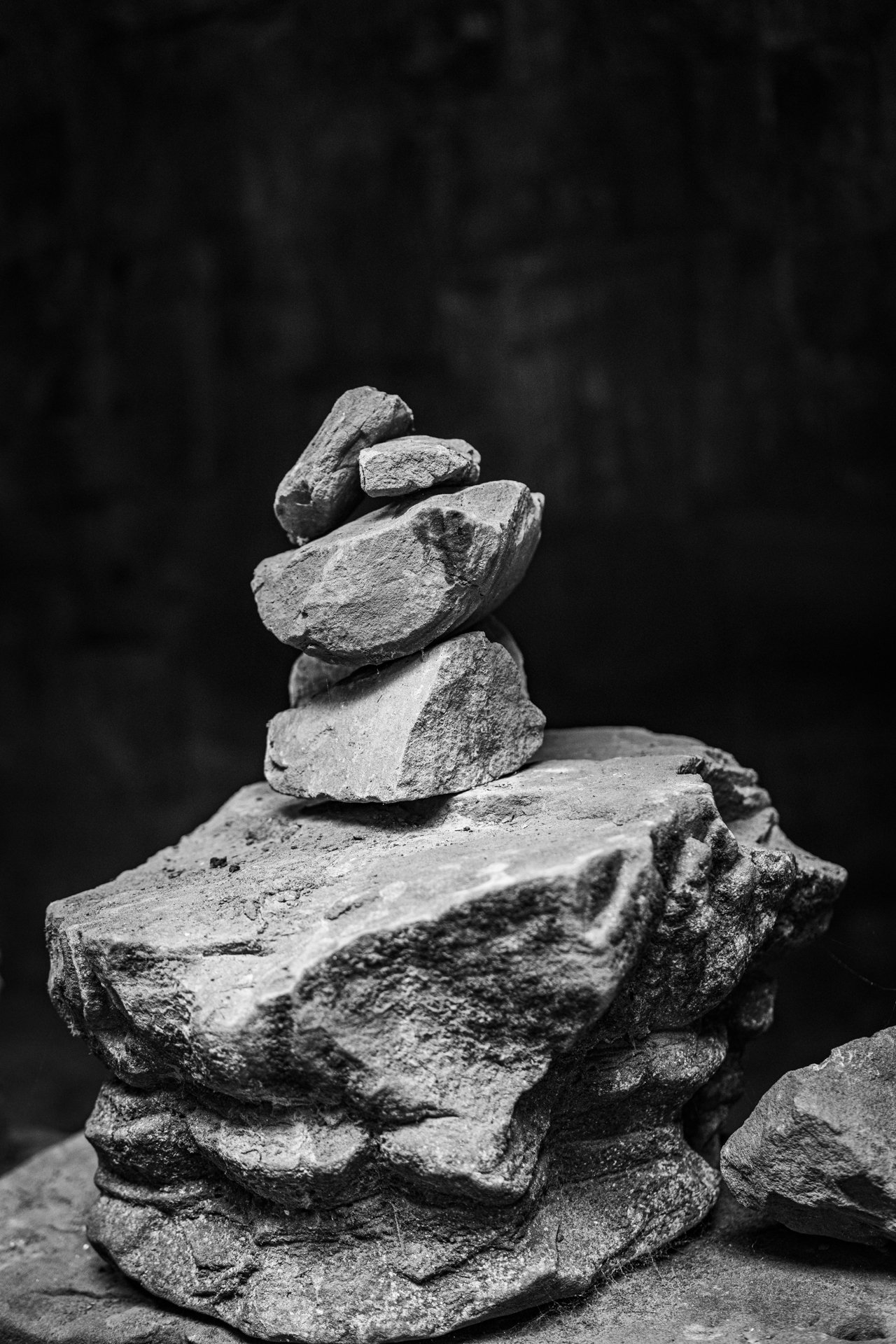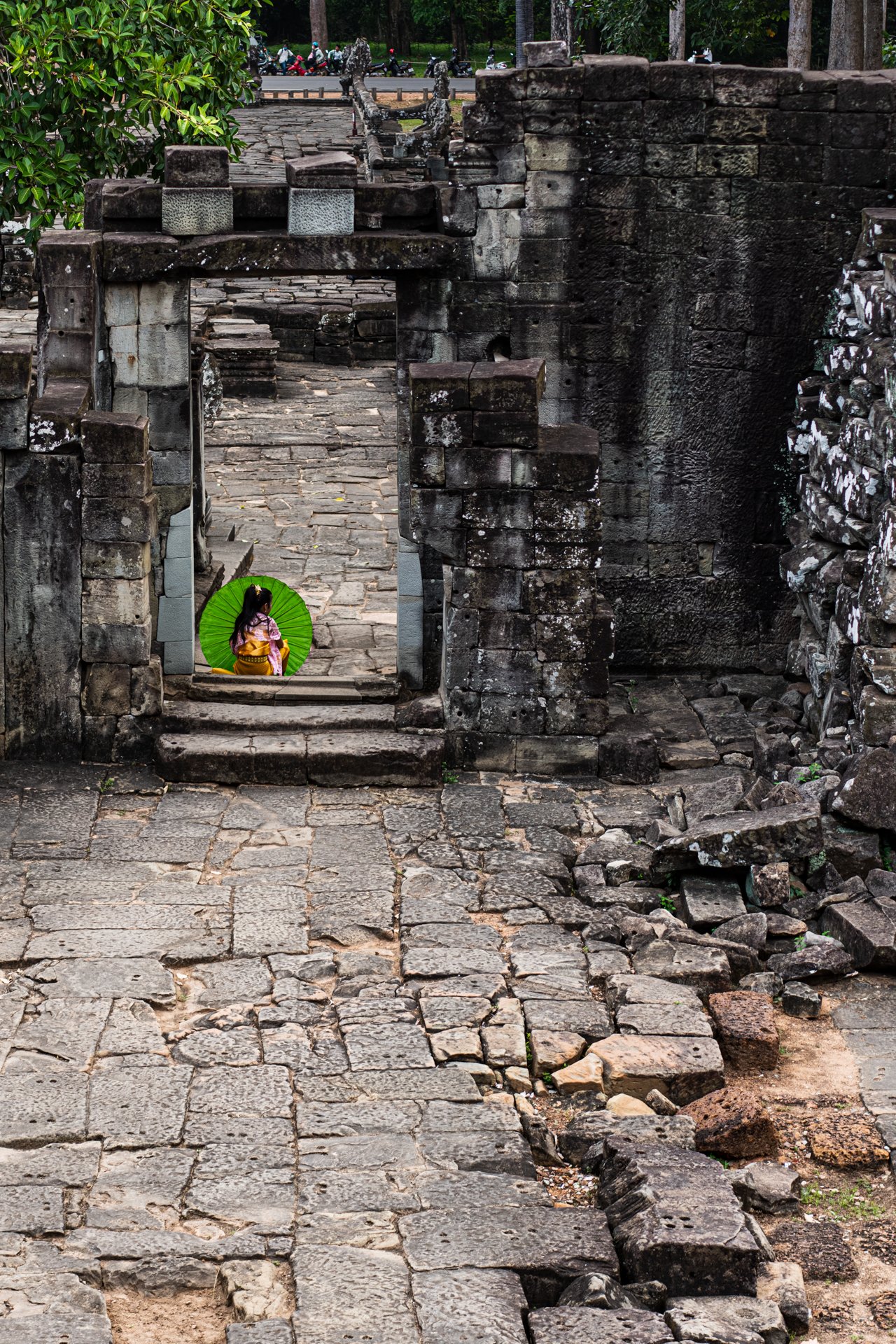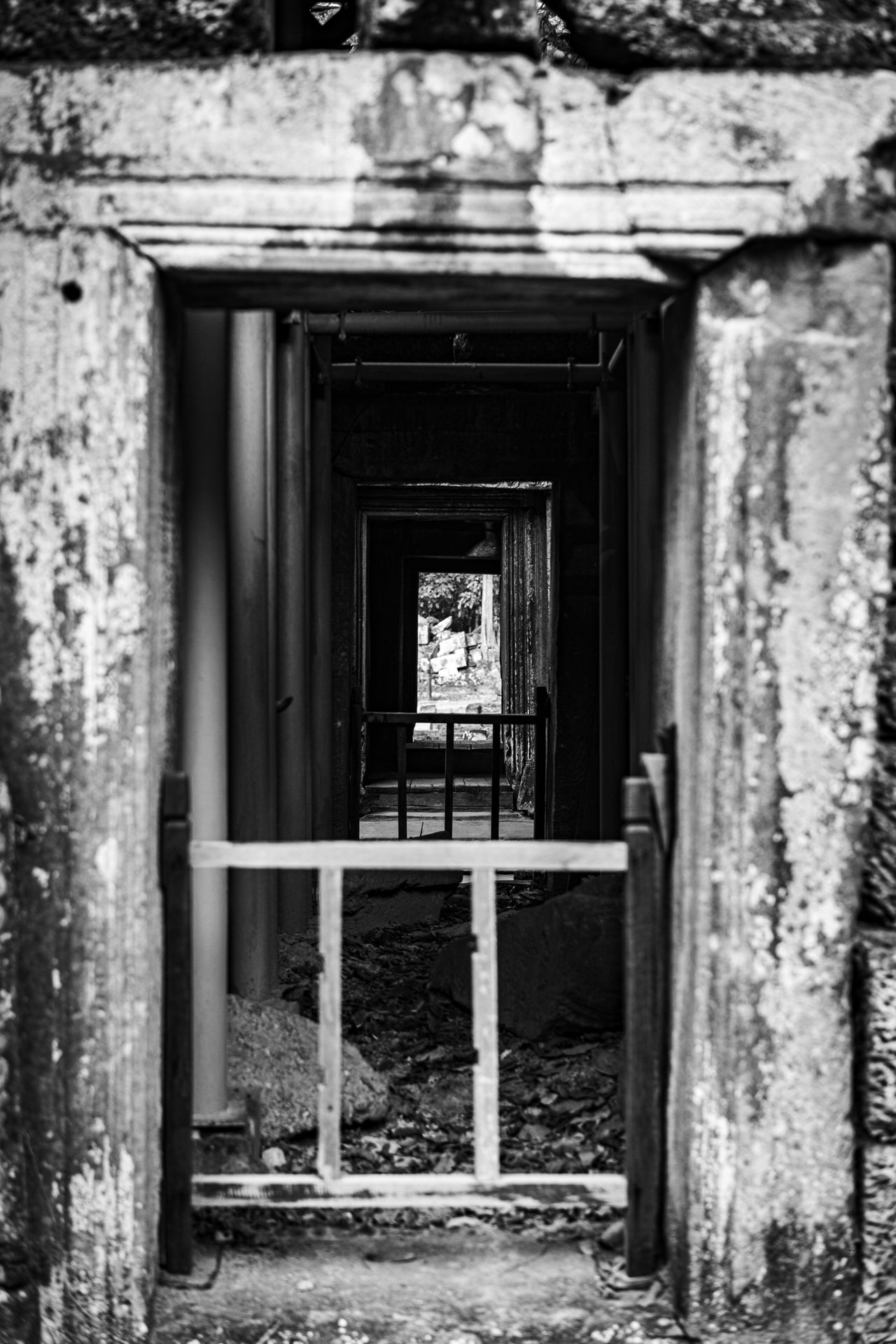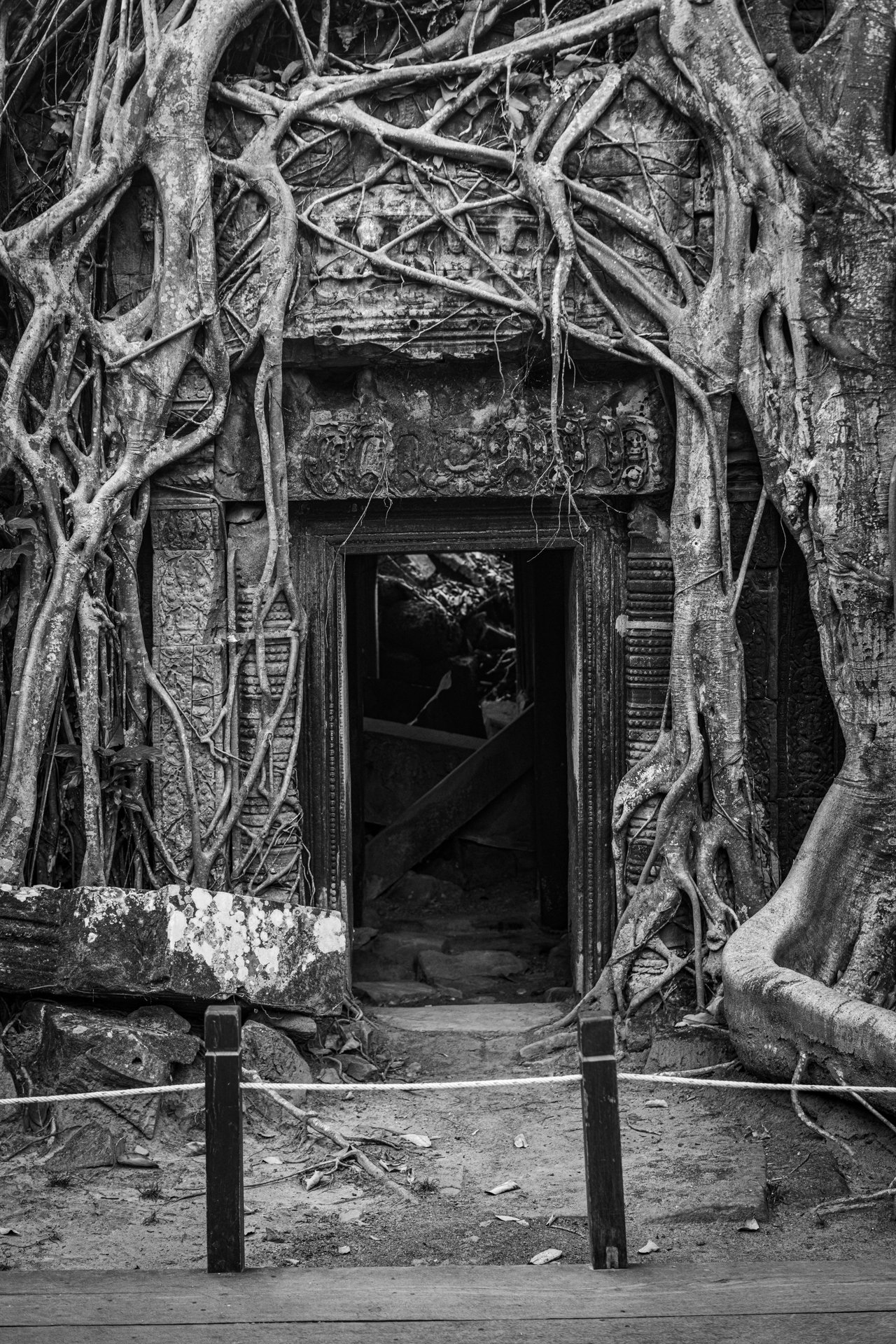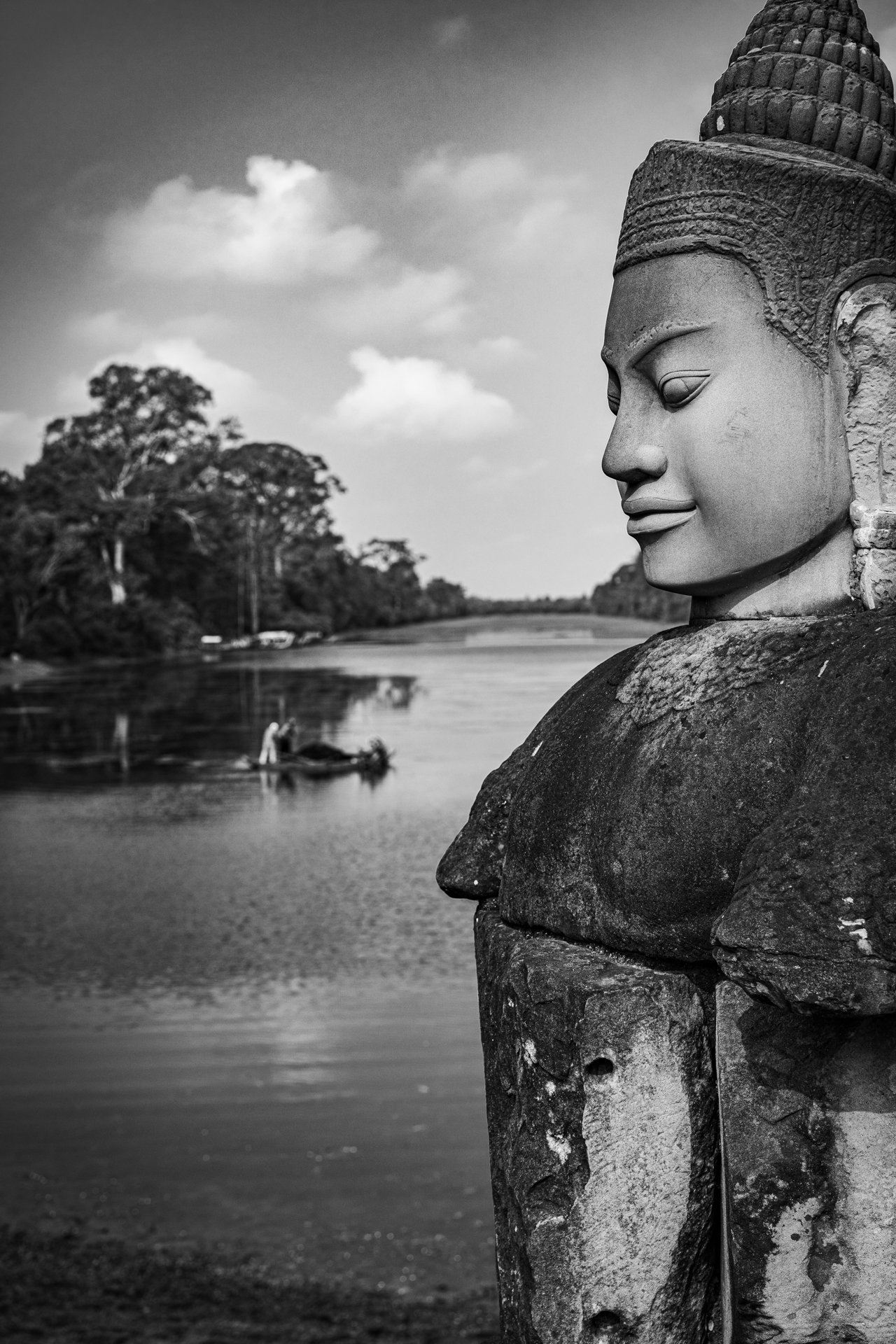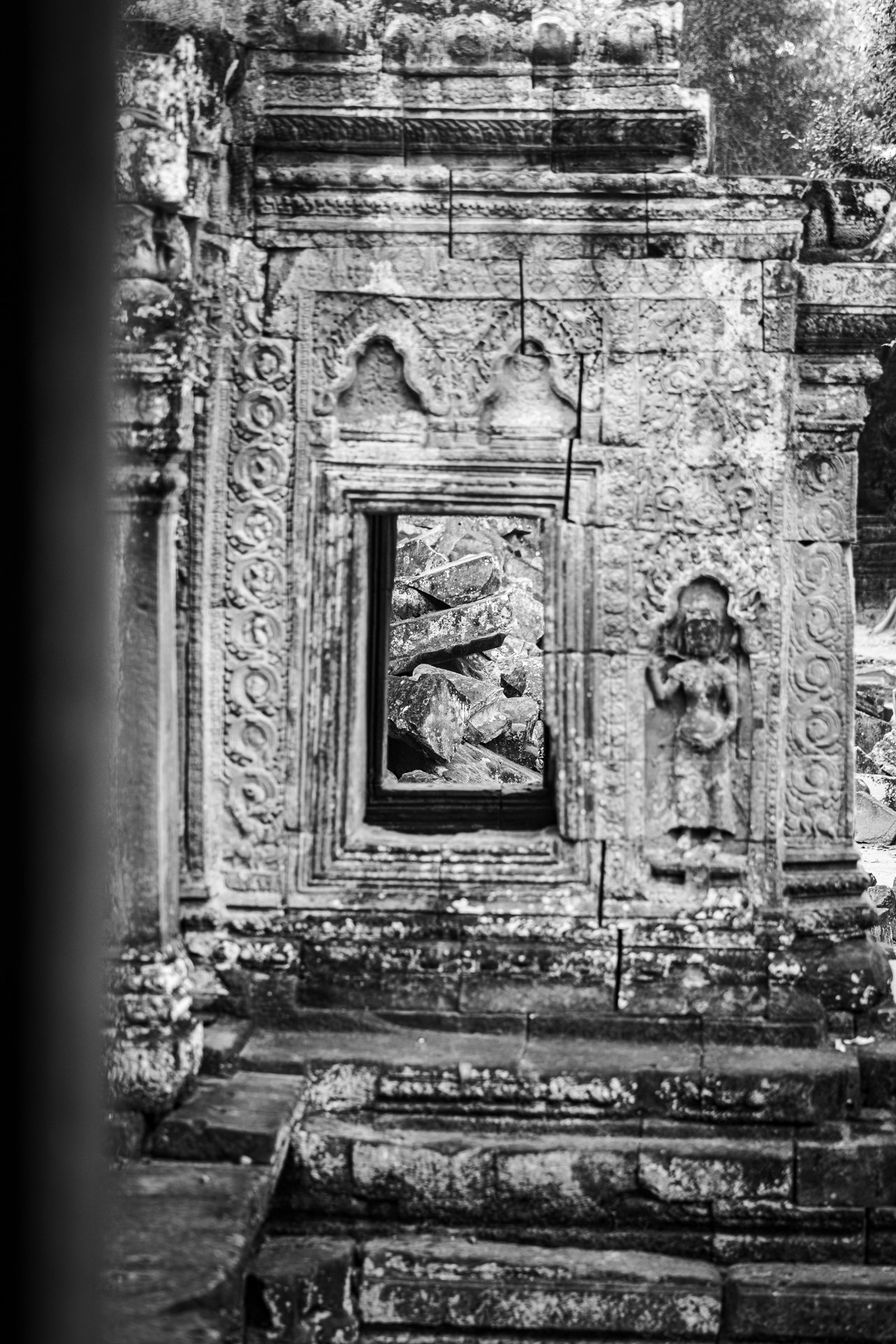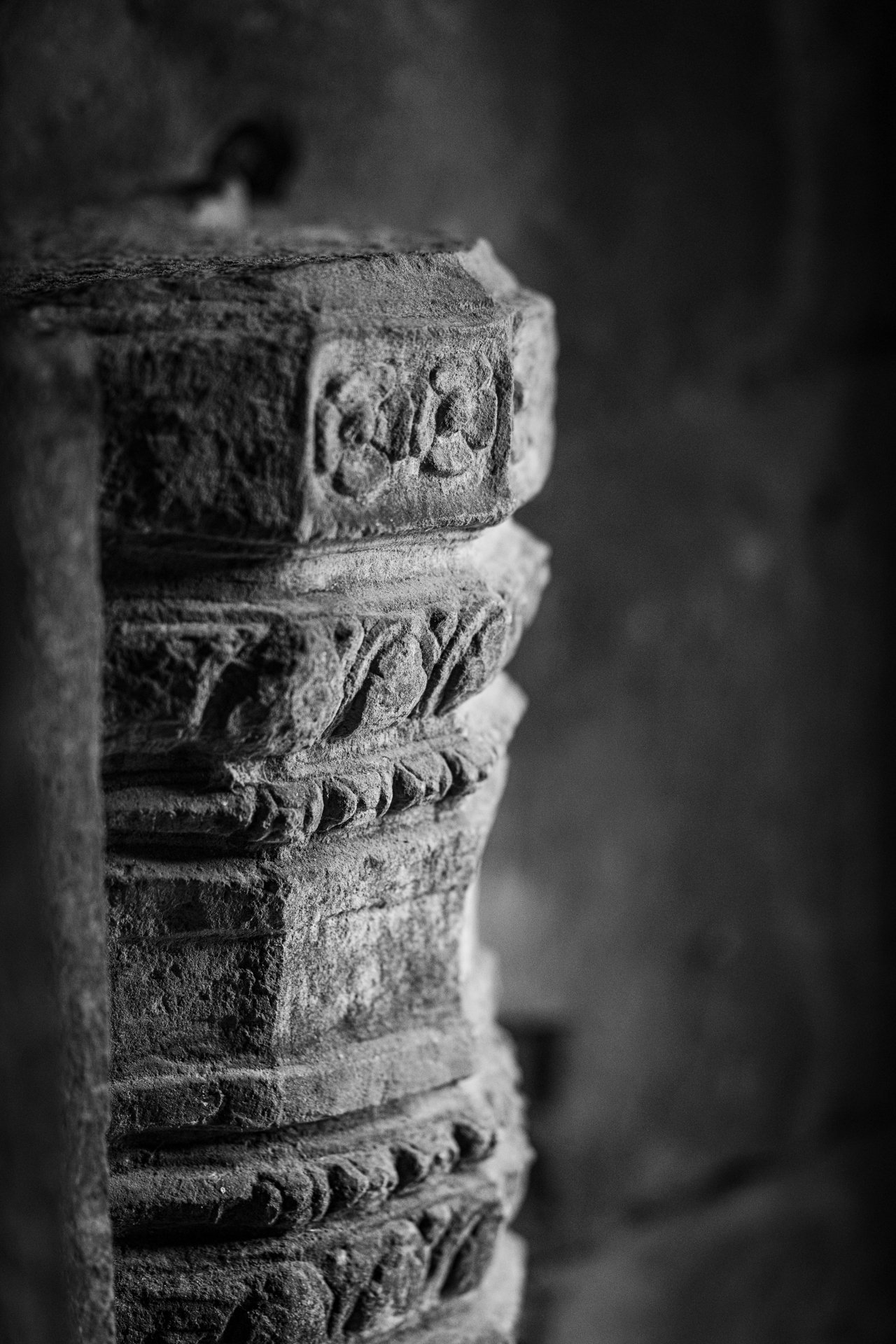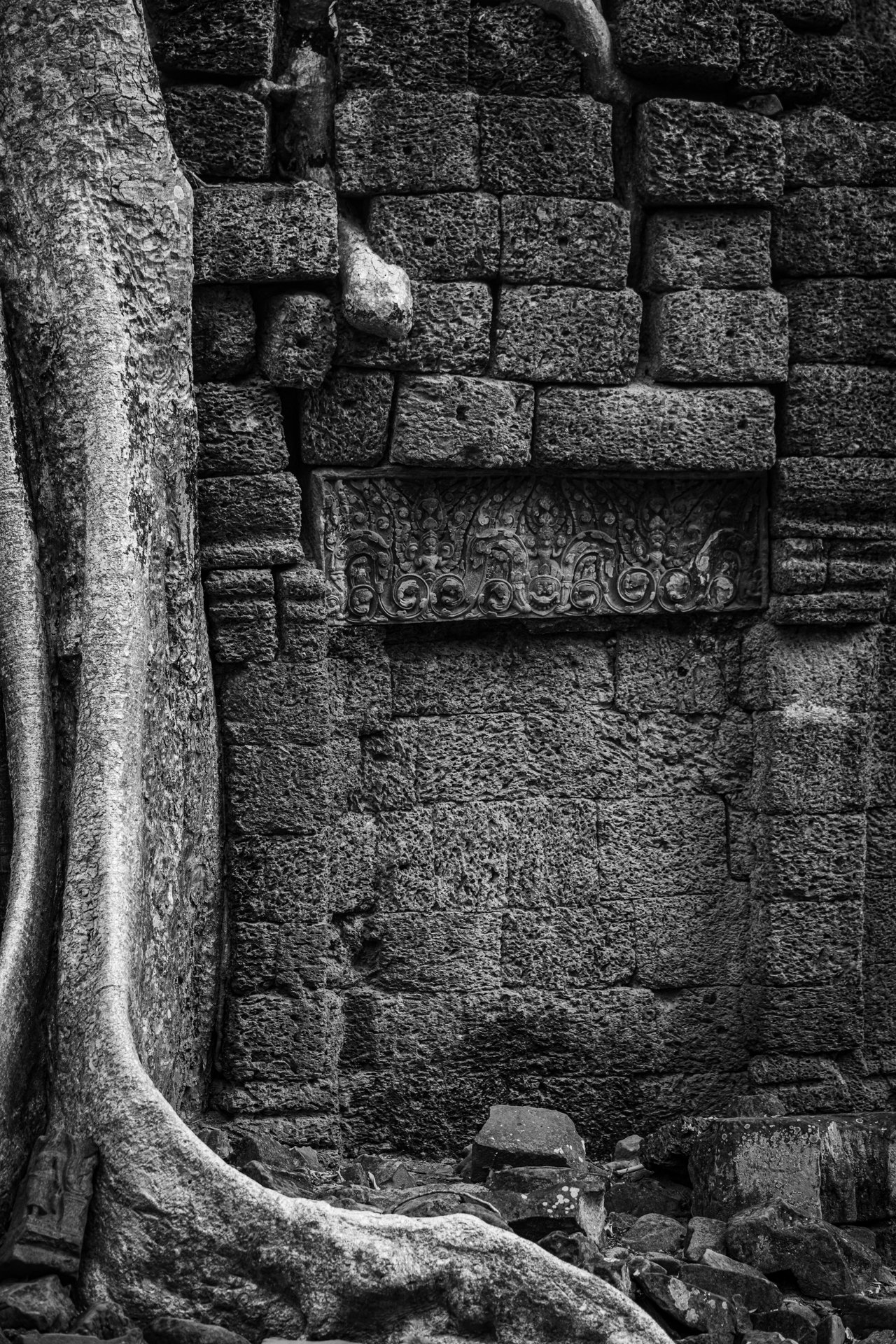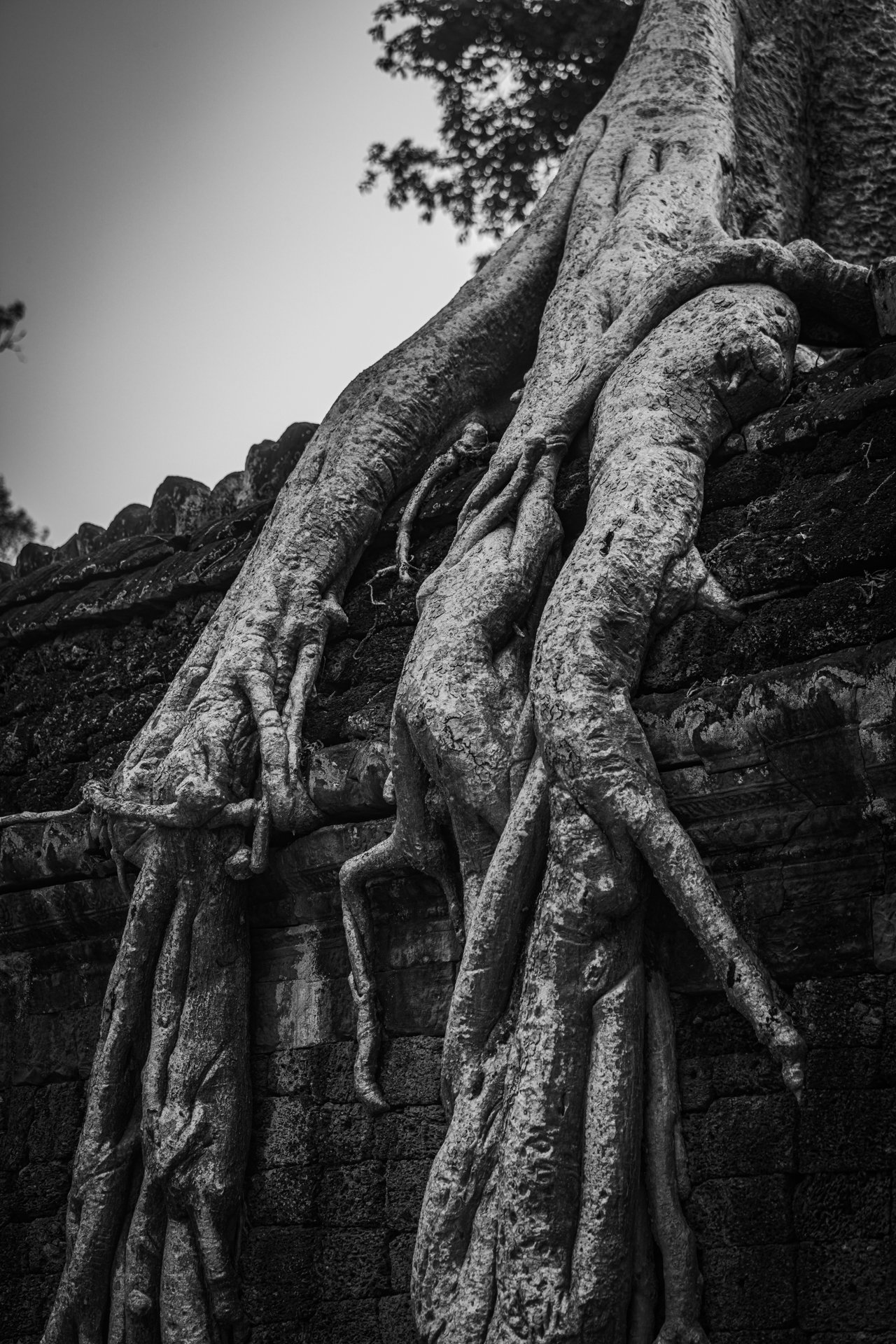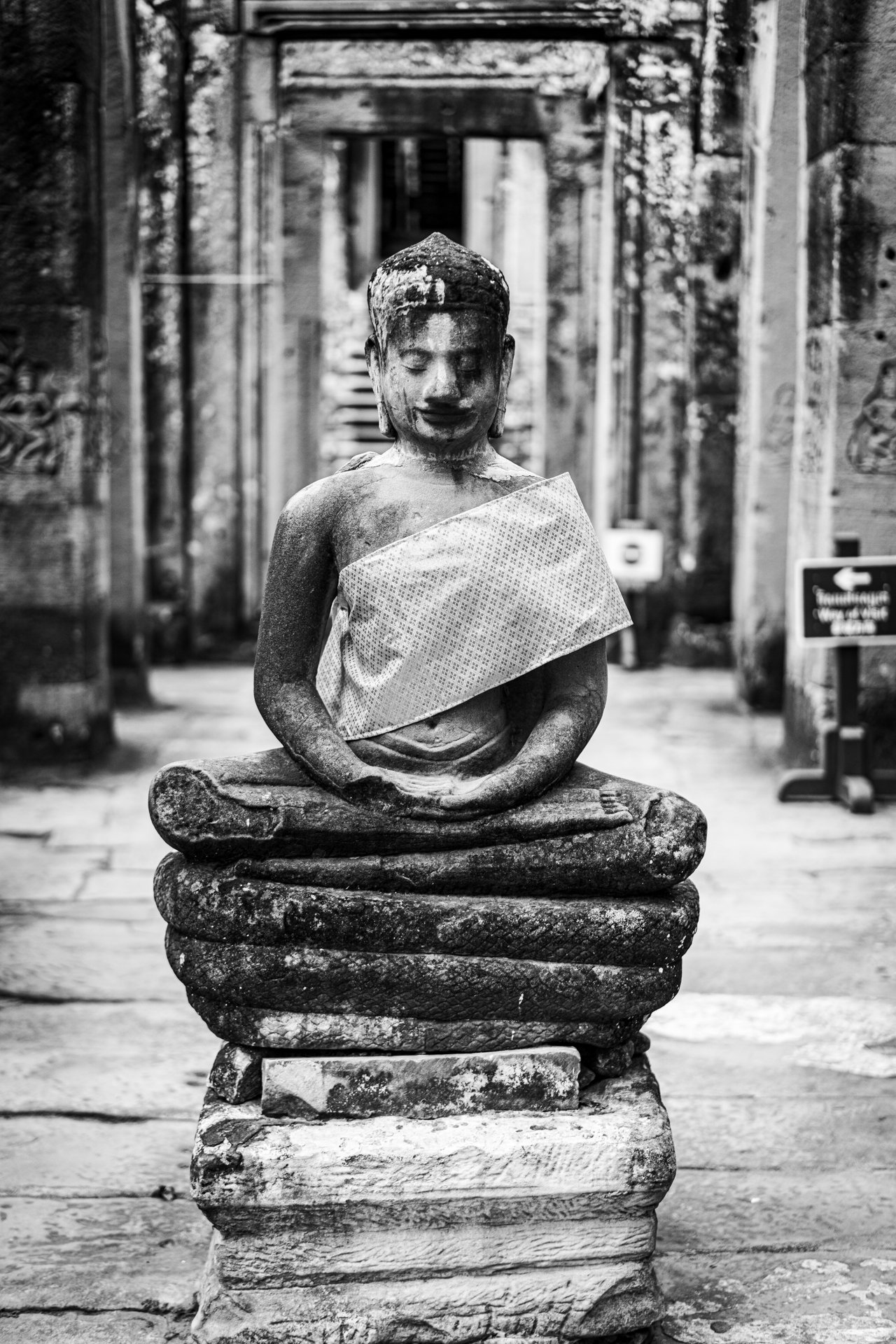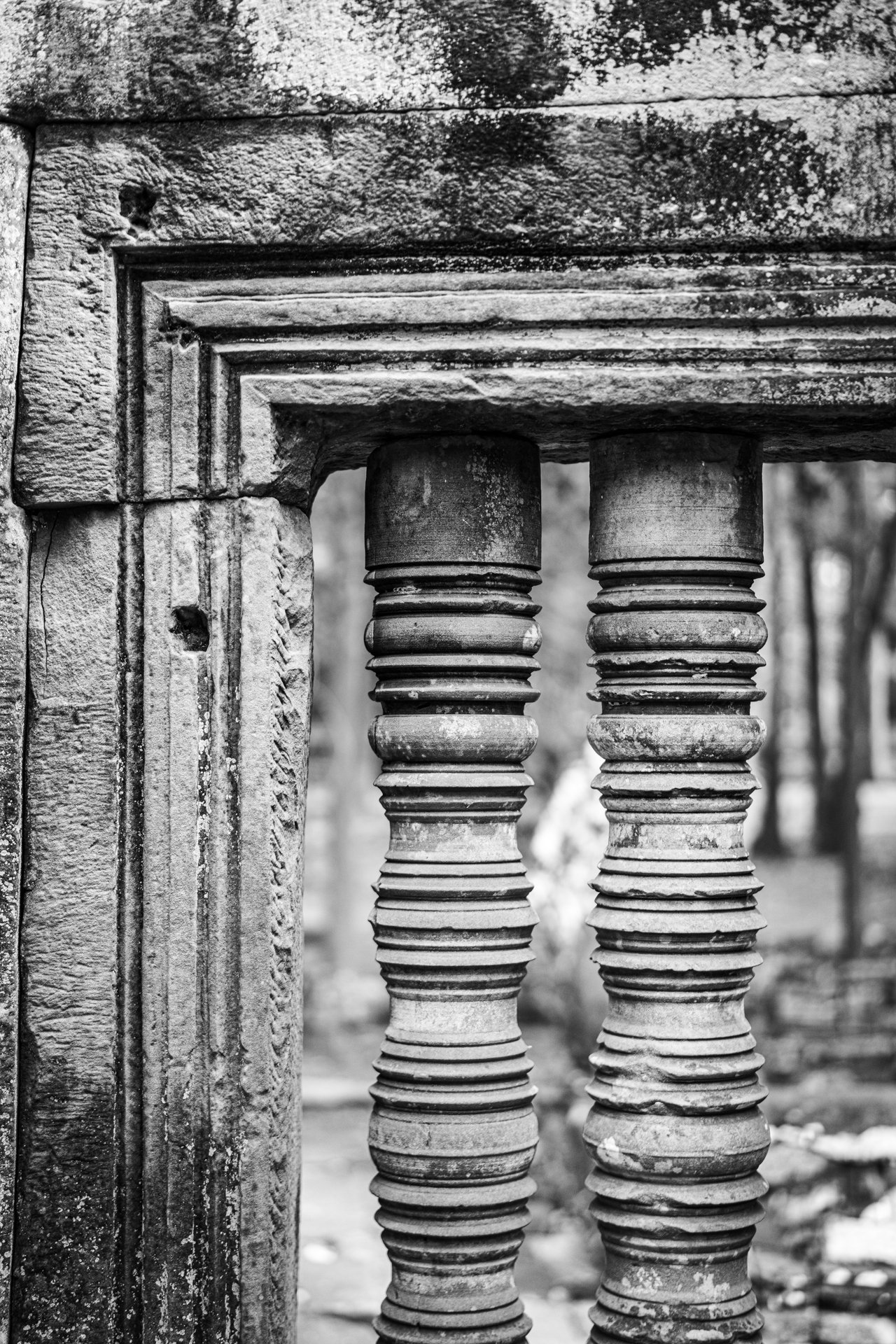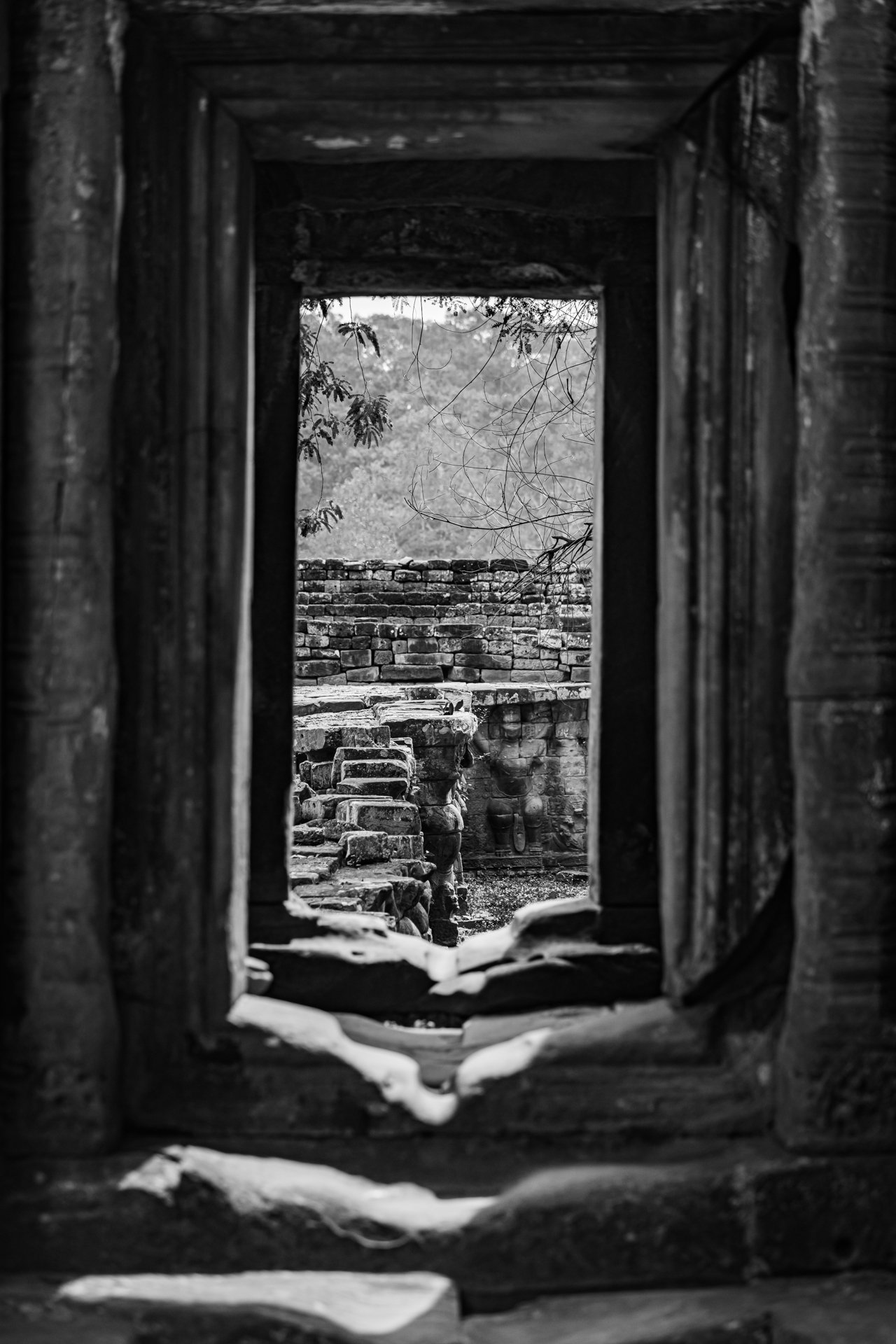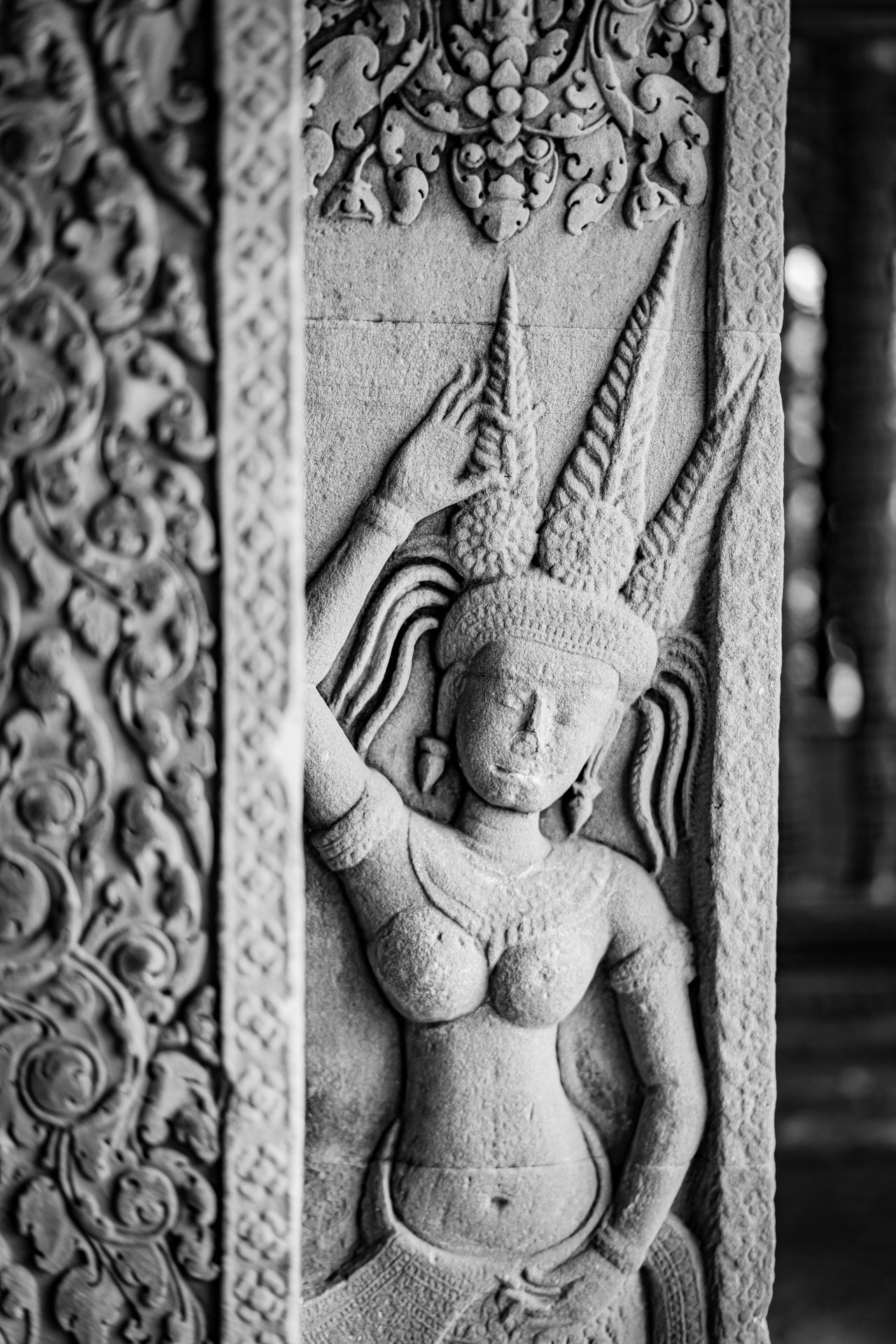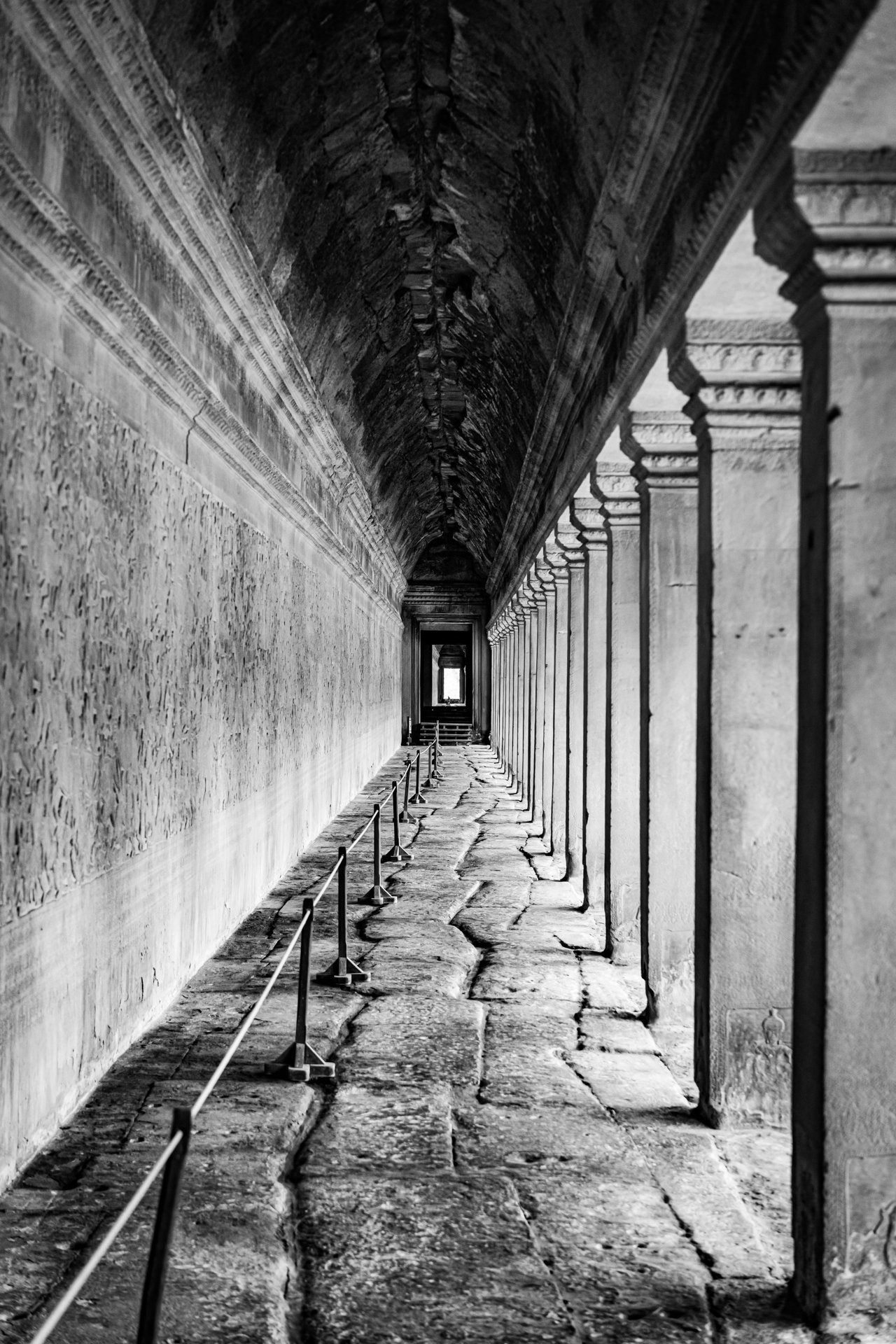Be it ever so humble…
…There’s no place like home.
Culinarily speaking, Columbus, Ohio can’t compete with Chiang Mai. It lacks the topographical Himalayan splendor of Darjeeling. In terms of art, public transportation and urban infrastructure, it’s no Bangkok. And compared with Delhi’s teeming tens of millions, my hometown seems downright provincial.
But boy am I glad to be back home in my tiny house with my little family, cooking in my own kitchen, driving my own car and sleeping in my own bed. And after a 17 hour flight from Delhi to JFK and an 8 hour layover before departing from New York to Columbus, I’m ready to stay put — for a while.
Benjamin and I were basically “on” six-and-a-half days a week for more than a month, visiting all of our Indian and Thai homes, taking photos and videos of each of our projects, sharing meals with every single Asia’s Hope family. And when we weren’t with our staff and kids, we were on the streets, eating everything in sight, getting our feet dirty, and experiencing as many forms of transportation as we could manage: trains, planes, buses, boats, tuk-tuks, pedicabs and motorbikes.
For security and technological reasons, I didn’t post much from the second half of my trip while I was on the ground, but I’ll be sharing some stories, photos and videos online in the coming days, and even more if I see you in person.
And speaking of “in-person,” I hope to see as many of you as possible in October, when we’ll be commemorating the start of our ministry’s third decade, welcoming our international directors to Ohio for a month of celebrations, gatherings and events.
If you’d like to chat before then, please reach me by email or phone. We have a ton of exciting program initiatives, funding opportunities and partnership openings — I’m eager to tell you, your church, your company and your friends what God is doing through Asia’s Hope!
For now, I’ll leave you with some pictures from the India portion of my trip. Your generosity to Asia’s Hope is making a huge difference in the life of orphaned and vulnerable kids on the other side of the world!

